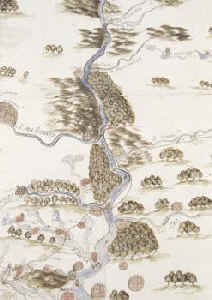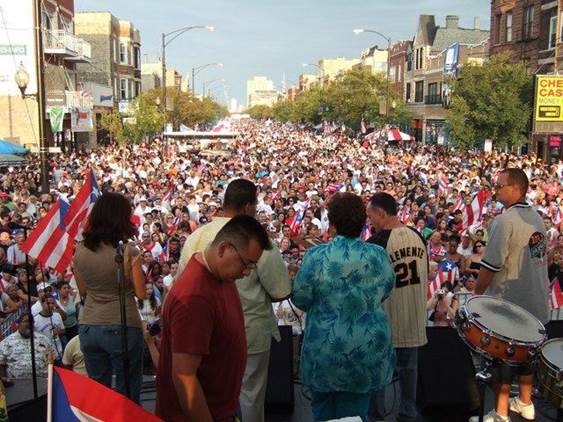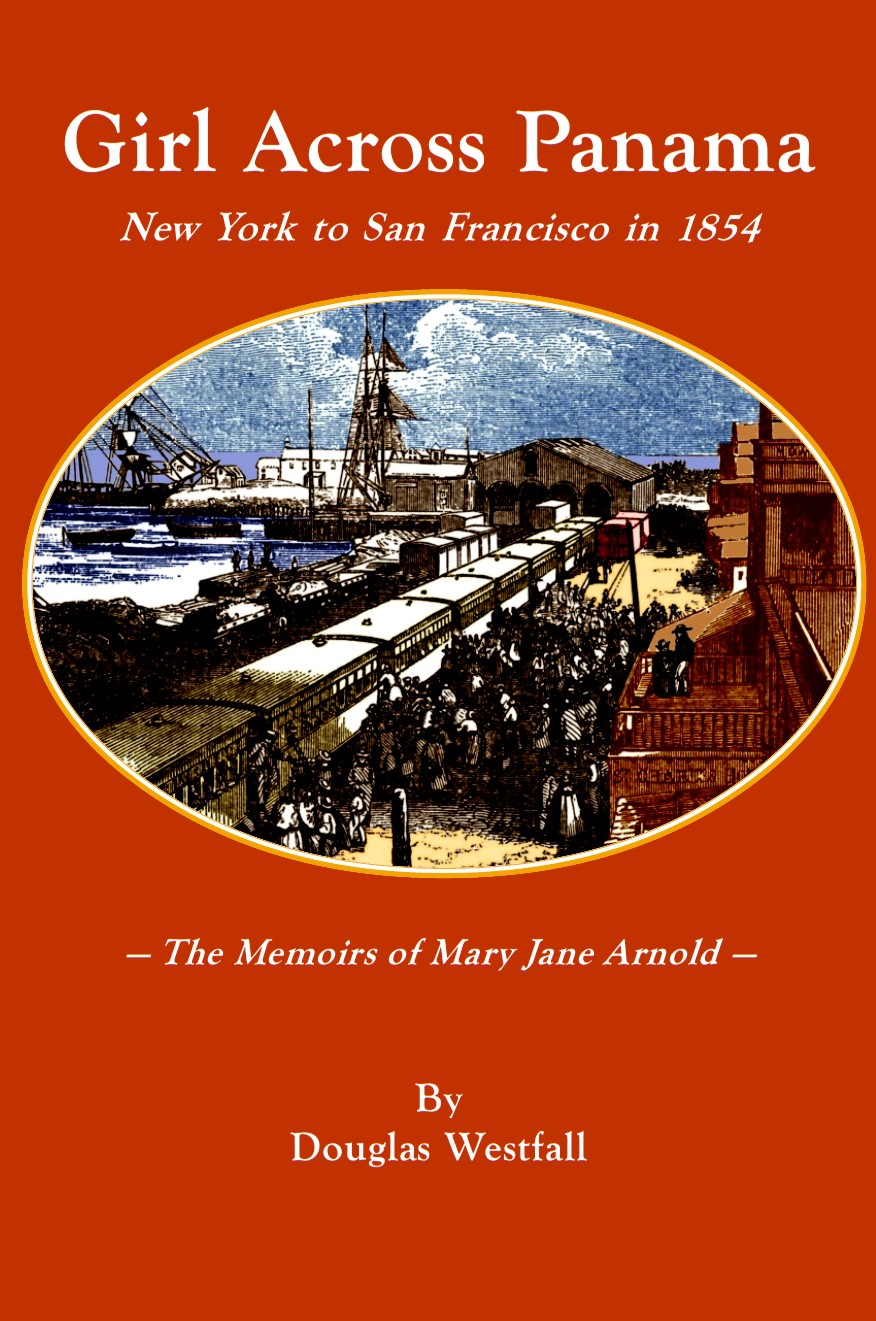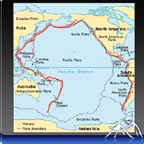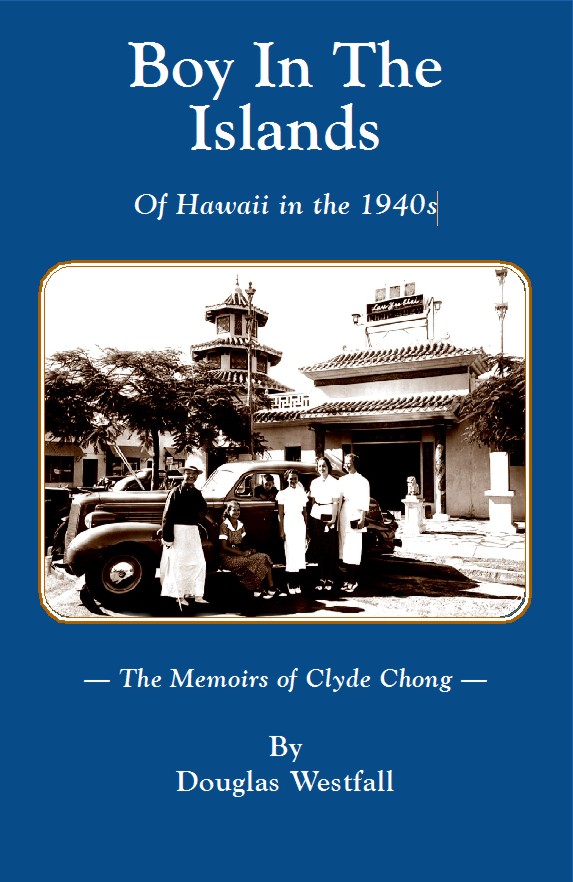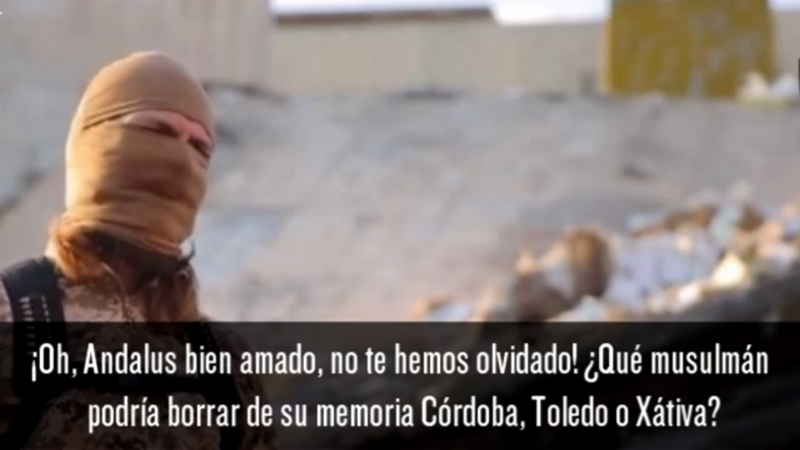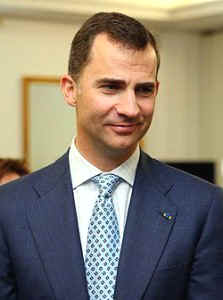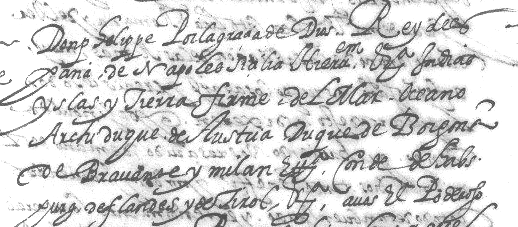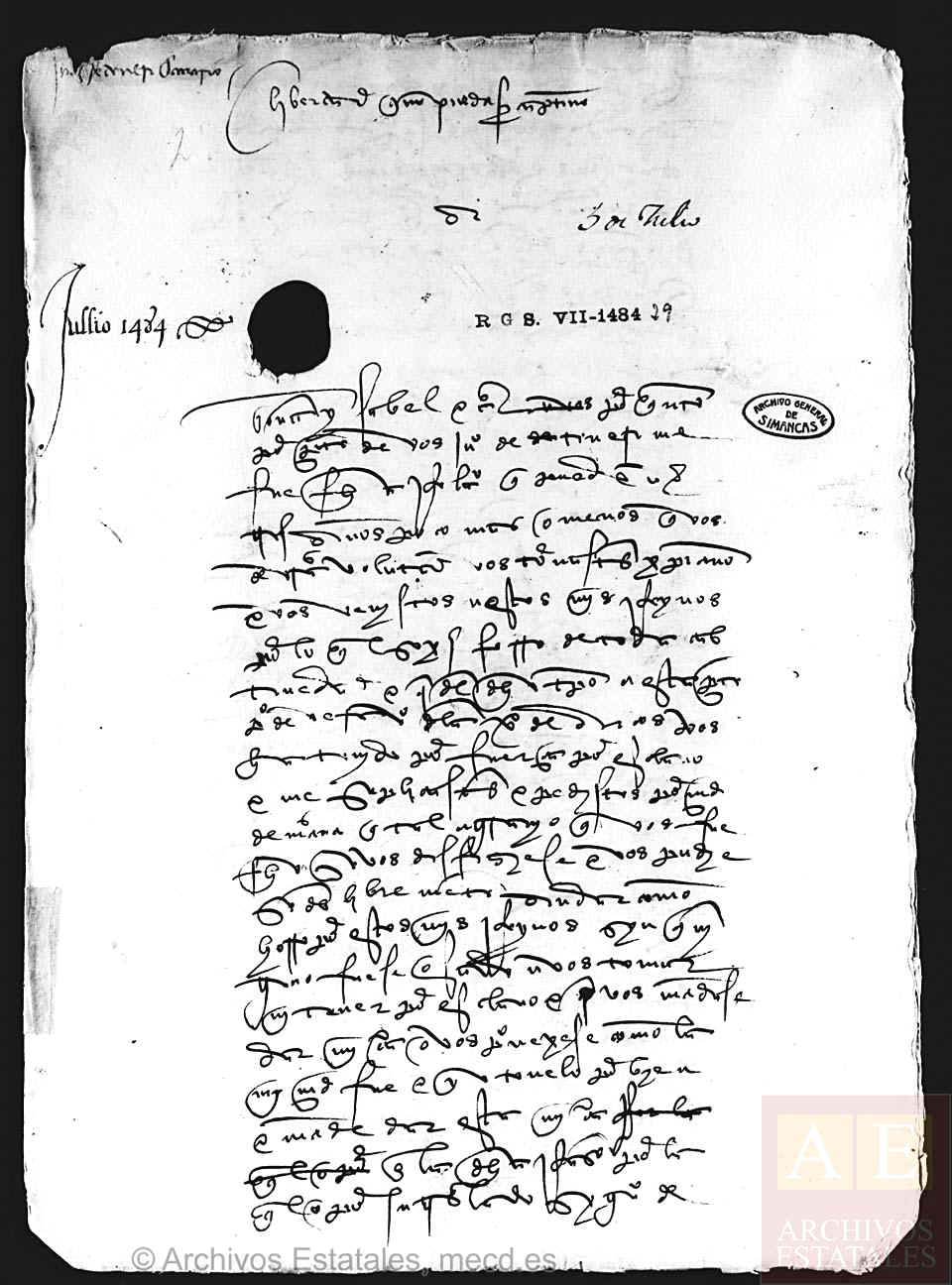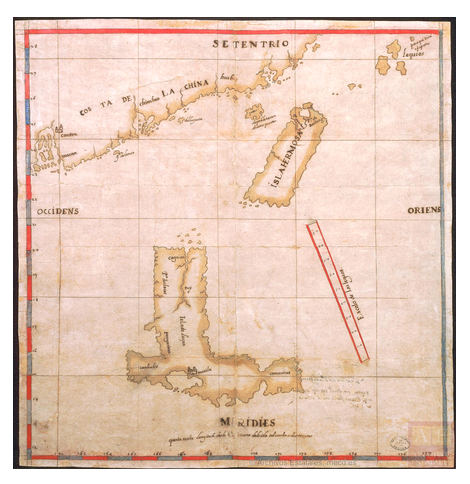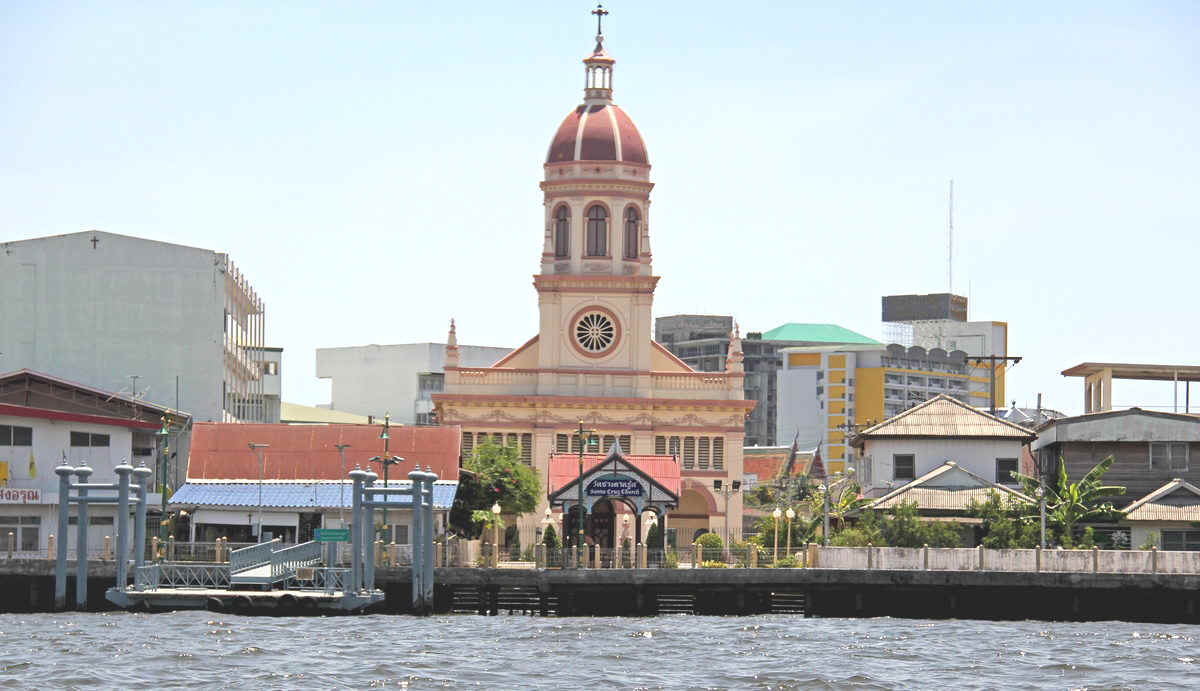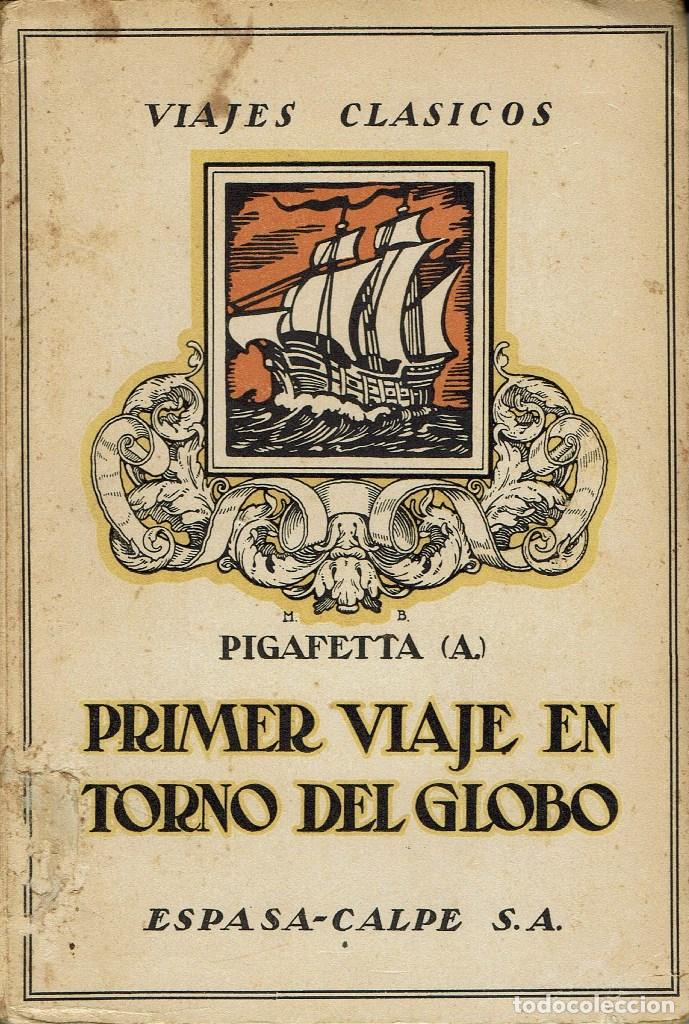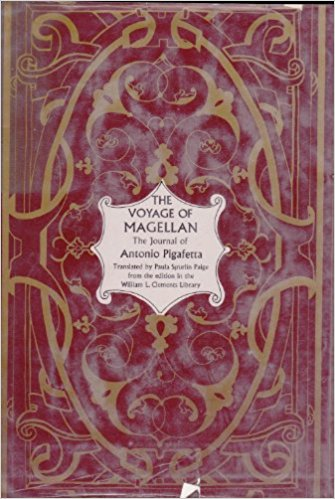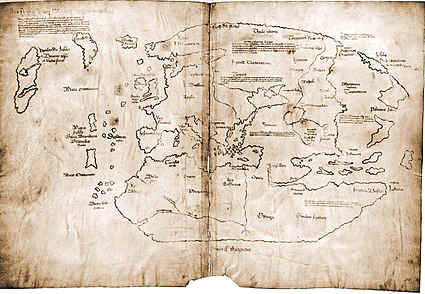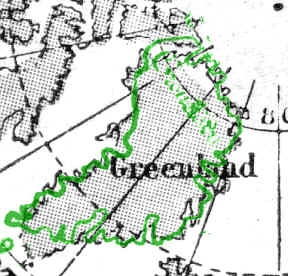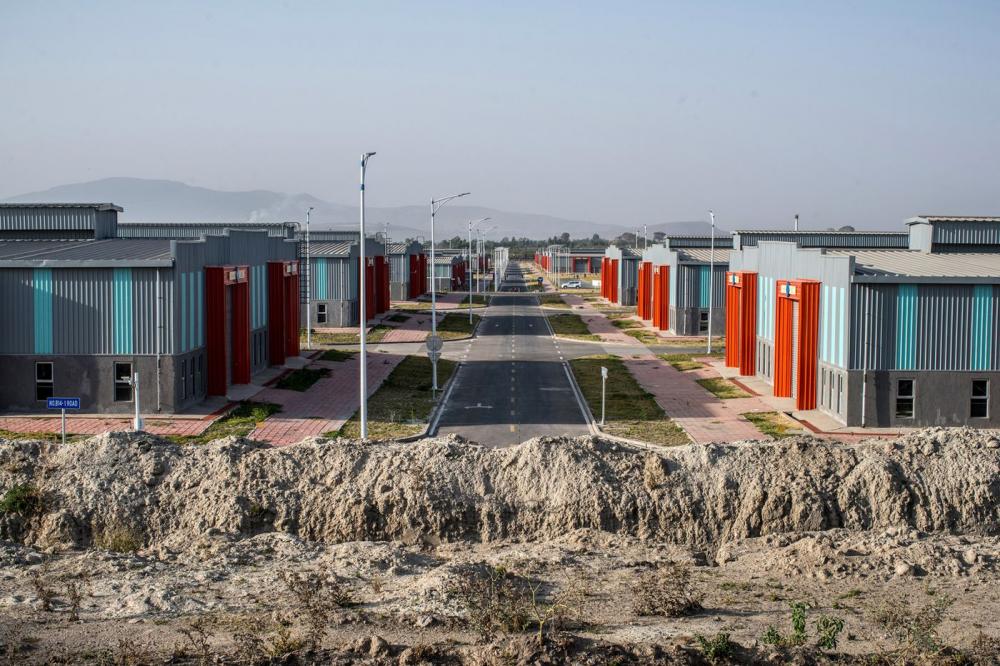|
What a
drag it is getting very old. In our advancing years, every
birthday can occasion reckonings with an increasingly voluminous and
unwieldy past, sparking fond reminiscences alongside warts-and-all
inventories of the years that might inspire reaffirmation of familiar
paths, or a wholly new start, or leave us altogether unsettled and
chastened, staring blankly toward a diminishing future.
Turns
out this can be true even for cities. San Antonio turns 300 this May,
and the citys tricentennial commemoration of its founding has
turned out so far to be a mixed bag of brightly festooned
anticipation, remarkable creative outpourings, deep historical
reflectionsand an unmistakable seeping ambivalence. The citys
official programming has been plagued by confusion and early misfires.
Nonetheless, San Antonio obsessives all over town are seeking
out the hidden meanings of this auspicious anniversary.
Historians,
artists, journalists, and curators are sorting through myriad
narratives of our citys past and their elusive echoes into the
present, imagining what the city may yet become. In effect, though
there are many official programs and initiatives, the best observances
of the citys founding are transpiring as a yearlong crowd-sourced
event. San Antonio de Béjar is revealing itself to itself, from the
ground up.
Historian
Andrés Tijerina, who consulted with the Witte Museum on their
impressive Confluence and Culture tricentennial exhibition,
believes the citys three-hundredth anniversary has a special
importance. San Antonio is, was, and will remain the heart of the
story of Texas, he recently told me. What happens in San Antonio
has always been at the heart of Texas.
Tijerina
is among a generation of historians whose work over the last thirty
years has reminded us that Texass story began not with the Siege of
the Alamo, but long before, and from the south. The fall of Aztec
Tenochtitlán, the Conquest, and the emergence of New Spain and Mexico
was our Plymouth Rock. San Antonios founding two hundred
years later arose from those events, complete with the echoes of first
encounters between the indigenous and Spanish worlds and the emergence
of a mestizo settlement. It was this historic pedigree that made
San Antonio the place where modern Texas would be born, connecting our
Mexican origins to an American future. And, with its abiding,
indelible ambiente Mexicano and the ongoing
burgeoning of the states Latino population, Tijerina observes, San
Antonio will likely prove to be a decisive community in the
orientation of Texass future.
In the
words of one of my mentors, the late San Antonio writer Virgilio
Elizondo: The future is mestizo.
San
Antonio is, was, and will remain the heart of the story of Texas. What
happens in San Antonio has always been at the heart of Texas.
In
2015, that understanding of our citys history was affirmed when
UNESCO added the five San Antonio Missions, built between 1718 and
1756, in the era of New Spain, to its auspicious list of World
Heritage Sites. Its the sole World Heritage Site in Texas, and one
of only 23 in the United States, including the Statue of Liberty;
Independence Hall, in Philadelphia; La Fortaleza, in San Juan, Puerto
Rico; and the ruins of Chaco Culture National Historical Park, in New
Mexico. World Heritage Site status wasnt given to the River
Walk, Tijerina points out. They gave it to the Missions! And the
Missions is the Indians, its undeniable. The Native Americans were
the reason everybody came. Theyve been here all along! Indeed,
many of the descendants of the Mission Indians continue to reside in
the neighborhoods surrounding the Missions in present-day San Antonio,
illustrating the abiding, and continuously evolving, nature of San
Antonios now centuries-old narrative.
For an event that was three hundred often strife-torn years in the making, an
opportunity to observe and celebrate San Antonios uniquely rich
indigenous and mestizo American legacy, it was cringe-making for many Bejareños
to see the launch of the citys tricentennial commemoration year
with a shambolic New Years Eve kickoff fiestaheadlined by Pat
Benatar and REO Speedwagon, two stellar acts of a hoary yesteryear
with no relevance to the citys epic Tejano saga.
Watching
the live broadcast of the concert at home with my wife on a frosty
night in the Alamo City, the scene reminded us of the frequently seen
bumper sticker slogan: Keep San Antonio Lame, with the a
in lame rendered in the shape of the Alamo.
Just
six weeks before this inaugural event, in November of 2017, Edward
Benavides, CEO of the citys Tricentennial Commission since its
creation in 2015, resigned after revelations of anemic fundraising, a
thicket of mismanaged contracts, and reports of general managerial
disarray. Aspirations for $50 million in public and private funds to
support an ambitious slate of events and programs were scaled back to
$20 million.
San
Antonios efforts were soon being unfavorably compared with
tricentennial ceremonies taking shape in New Orleans. San Antonio
Express-News reporters Josh Baugh and Brian Chasnoff, attending
Mardi Gras in January, heard Mayor Mitch Landrieu describe the mission
of their year to be celebrating with the world the history of the
great city of New Orleans, our culture, our music, our art, and
essentially the greatest asset that we have, which is our people.
The Nola
300 website is full of cultural and
historical narratives, video, and links to diverse archival resources,
whereas the San Antonio 300 site tilts toward a festively
presented log of partnering events, comparatively thin on culture and
history. The marketing approach is more parti-colored and
fiesta-flavored than philosophically inflected with any historical
gravitas. And, as Baugh and Chasnoff reported, New Orleans shaped
its celebration without controversy, a result of better use of
resources, more engaged leadership, and less dependency on municipal
government.
By
contrast, Bexar County, the historic Texas condado that once
reached all the way west to New Mexico and north to Colorado and
Nebraska, has been focusing on the horizon of the tricentennial since
2012, beginning with the considerable efforts to secure the World
Heritage Site status. The countys tricentennial initiative got
under way in 2015 with Nuestra Historia (Our History), an
exhibition of artifacts and documents relating to San Antonios
origins in Iberia and New Spain, followed by a series of three
historical symposia in the years since.
The
countys most ambitious undertaking has been the creation of a
linear culture park that will ultimately stretch 2.5 miles
through downtown San Antonio along the banks of the restored San Pedro
Creek. The first section is due for inauguration during the
tricentennial celebration in the first week of May of 2018.
Archaeologists have revealed that the creek was the scene of human
settlement going back 10,000 years, and it was also the place of the
citys first settlement in the time of New Spain, as well as the
locus of much of the citys early development. Using interpretive
historical signage, mythic word art inscriptions (which, full
disclosure, I played a role in creating), and public art, the park
will present the citys millennial story for pedestrian visitors.
The
city of San Antonios Tricentennial Commission is now under new
management, has made grants to support numerous tricentennial-themed
programs, and is focusing on a slate of events planned for Commemorative
Week in the first week of May. Still, how could such a terrific
opportunity to tell San Antonios incomparable American story be so
awkwardly fumbled out of the gate? The citys feverish culturati
are agitated and opinionated. One local analyst of cultural goings-on
observed that neither the former mayor, Ivy Taylor (under whose
auspices the commission was created in 2015), her successor, Ron
Nirenberg, who took office in June of 2017, nor the city manager,
Sheryl Sculley, were San Antonio natives.
Mayor
Nirenberg, a longtime San Antonio denizen, regrets the stumbles, but
after the course correction, hes hopeful. The tricentennial,
he explained to me, is an opportunity for San Antonio on a world
stage to demonstrate why people locally and around the world should
care to spend time, be interested in, and invest in our city. It has
an extraordinary heritage, rich diversity, and this is an opportunity
to celebrate the city we have become and the city we are growing to
be.
What
all of this may reveal is that San Antonios heritage is too
expansive to be managed by a single municipal commission. And, perhaps
still more telling, amid the recent confusion, history uncannily seems
to be repeating itself.
A century ago, San Antonio politicos attempted to plan for a grandiose bicentennial fair
to celebrate the citys two-hundredth birthday, only to have
citizens vote down a $1 million bond initiative, half the anticipated
budget. Ultimately, the event was abandoned altogether. Could it be
that, alongside pride in the citys history, there also lingers a
deeper ambivalence about San Antonios indigenous and New Spain
origins that partly accounts for the reticence and missteps
surrounding our indecision about how to commemorate and recall its
past?
Well
never know what ancient geomancy may have aided the First Peoples in
divining this fertile place of (once) abundant waters, where the
springs of San Pedro Creek and the Blue Hole headwaters of the San
Antonio River are separated by gentle hills and dales with an
escarpment to the north and rolling river plains to the south. It was
a verdant place that would become a crossroads of peoples traversing
the landscape through the millennia, leading to the fateful encounters
that would eventually bring about the creation of a presidio, a
mission, a villa, then a town, and then an American cityand
whatever it is we are still to become. San Antonio was born in 1718
under the sun of another empire, at the remote northern frontier of
New Spain, in the lands that had once been known as las tierras bárbaras
or las tierras de los infielesthe barbaric lands of the
infidels. That was the beginning of the Tejano saga, much of which has
been left out of official histories, until recently.
San
Antonios Tejano history is of a place born of meetings between
strangers in a propitious natural setting, first between the
indigenous and the newly arrived Spaniards at the farthest edge of a
short-lived empire, then briefly reimagined as the legendary scene of
the birth of the Texas republic, and then reimagined once again as a
city at the frontier of yet another empire to which many people of the
world would come. Thats the story of how we became American.
Yet
despite all the changes in nations and governments of this place since
its founding, San Antonios origin in the unfolding story of Mexico
is a part of our destiny that continues to play out, like one plot
line in an endlessly unspooling movie. According to census data from
2010, Hispanos make up 63.2 percent of the citys
population, a majority minority population as it has recently
been dubbed. Or, as I think of it, the demography of a longtime secret
Mexican city.
The
Tejano historian and folklorist Américo
Paredes has argued that we remain
within the spiritual and cultural patrimony of a Greater Mexico,
a sanctuary of history and memory, which includes all whove come
here to partake in it. (My family, like so many others, has found
refuge here over the last century.) This legacy may be particularly
discomfiting in these fractious times, when the borderlands are
contested, policed, and
mortally catalyzed, and the U.S.-Mexico border appears to be as
abscessed a wound as ever. Its a political border in search of an
elusive cultural partition.
And in
addition to the implications of the unresolved story of our Mexican
birth and our American maturation, San Antonio looms like a grizzled,
wild-eyed prophet in the Texas epic, telling anyone who will listen
that regimes rise and fall, empires come and go, and they can blow
away from one day to the next like dry leaves from a pecan tree. Nueva
España. La República de Mexico. The Republic of Texas. The United
States of America. Each of these transitions was another occasion for
bloody conflict.
Its
a litany of unlikely and violent reinventions, yet this is the saga of
San Antonio de Béjar. Still, what is it a story about?
In
that query may lie the still germinal promise of San Antonios
tricentennial, regardless of what comes of the official observances.
Across the communities of San Antonio, the anniversary has occasioned
a serendipitous coalition of museums, art galleries, performance
spaces, and journalistseach with their own testimonio
regarding San Antonios origins, history, and unfolding destiny.
These emerging acts of witness reveal how everyone carries their own
story of their connection to the saga of San Antonio, and what these
stories may yet mean for the future of the city, Texas, and America
alike.
At its
deepest, San Antonios story is a mythic tale about indigenous,
Spanish, Mexican, Texan, and American becoming.
Betty
Bueché, director of the Bexar Heritage & Parks Department, put it
this way: It doesnt matter when you got here. If your ancestors
came 10,000 years ago, 287 years ago, when the Canary Islanders
[creators of the first civil government in 1731] arrived, or ten years
ago, everybody is a part of this story.
At its
deepest, San Antonios story is a mythic tale about indigenous,
Spanish, Mexican, Texan, and American becoming. Over three
centuries, it has come to involve people of all nationsa ciudad
cósmica, or cosmic city. Its a story that is unashamed of its
astounding metamorphoses, daring the world to demur from our changes
through the three centuries.
How is
this deeper story being told in this tricentennial year? Here are a
few ways people around the city are answering that question, with
destinations that might merit a road trip.
San Antonio 1718: Art from
Viceregal Mexico
The San Antonio Museum of Art
The exhibition greets visitors with a prophetic and corrective epigraph from a letter
Walt Whitman wrote in 1883 in observance of the 333rd anniversary of
Santa Fes founding, referred to as The Spanish Element in Our
Nationality.
We
Americans have yet to really learn our own antecedents, Whitman
wrote. We tacitly abandon ourselves to the notion that our United
States have been fashioned from the British Islands only . . . which
is a very great mistake.
Organized
around the themes of People and Places, The Cycle of Life,
and The Church, the SAMA exhibition is a trove of paintings,
sculptures, religious implements, and personal effects that illuminate
myriad aspects of San Antonios genesis in the viceregal world of
New Spain. It was imagined and curated by Marion Oettinger Jr., the
longtime SAMA curator of Latin American art and internationally noted
expert in the art of Viceregal New Spain. Its not about art
history, Oettinger told me. Its about the history of San
Antonio, told through art.
The
show reveals how, from its inception, the citys birth was inflected
with a mystical, evangelical fervor. There is a grand portrait of Sor
María de Jesús de Ágreda, a legendary Spanish nun of the
seventeenth century who never visited the New World, much less San
Antonioat least not in her body. Instead, she claimed to have astrally
projected her spirit through a series of 500 metaphysical bilocations,
appearing to the Chichimeca natives of northern New Spain, in Tejas
and New Mexico, as an apparition of a blue lady, preparing them
for their eventual evangelization. The Spaniards believed that the all
the savages of the mundo
nuevo had to be converted before Christ would return. Her
connection to San Antonio was through the work and missionary efforts
of one of her devotees, the Franciscan Fray Antonio Margíl de Jesús,
also represented in the exhibition, who journeyed here in 1720 to
found Mission San José y San Miguel de Aguayo in partial fulfillment
of Sor Marías prophecies towards building the City of God.
There
is also a collection of fifteen exquisitely rendered castas paintings
by José de Páez from 1780, the genre which depicted the unique race
science that emerged from the delirious mestizaje, or
mixing of peoples of many nations, in colonial Mexico. If this
phenomenon could not be controlled, the Sistema de Castas
sought to classify the mixed offspring in a hierarchical taxonomy,
with Spaniards at the crown of social rankings. The paintings
routinely show a nuclear family, father of one ethno-racial
extraction, mother of another, and the resulting child of union. While
the paradigmatic union was Español y India produce Mestizo, (Spanish
and Indian produce Mestizo), there were as many as 95 permutations of
racial and ethnic mixtures represented in the caste system of
New Spain, many of which appear as descriptions in the earliest
censuses of San Antonio de Béxar, part of what historian Gary Nash
has called the hidden history of mestizo America.
What
is the message this show imparts to San Antonios tricentennial
commemoration? Our ties with Mexico go very, very deep and far, and
we wanted to show there was life before the A word [Alamo],
he said, laughing.
Referring
to the castas paintings, he sees the show as an emblem
representing San Antonios place in the emergence of la raza
cósmica (the cosmic race) in Texas, using the phrase coined by
Piedras Negrasborn Mexican philosopher and politician José
Vasconcelos to describe Mexican mestizos as a race of all races. We
will never have a relationship in this countrys future thats
more important than Mexico. Were joined at the hip, and weve got
to figure out a way to honor that!
Confluence and Culture, 300
Years of San Antonio History
The Witte Museum
This
exhibition seeks to comprehensively
span the centuries of the citys story, but it begins with an
immersive, synesthetic evocation of the citys cosmic identity as a
crossroads of all nations. Visitors enter a darkened, cave-like
gallery space partitioned by a series of stone arches in the style of
San Antonios missions. Video projections of photos drawn from the
citys history move kaleidoscopically up, down, and across the wallslandscapes,
buildings, historic plazas, mission scenes, faces, and skyline views
through the years.
The
work, titled Cacophony, is by artist and composer George
Cisneros, and the transfixing visual panorama is complemented by a
40-minute loop of sound art, a 48-channel track playing through 16
speakers that overlays natural sounds of water flowing with industrial
machine sounds, a typewriter clicking, helicopter rotors whirring, and
words of welcome spoken in myriad languages. You hear Coahuilteca,
Gregorian, and Buddhist chants with the Muslim call to prayer, the
blowing of the shofar, gospel organ, and song. It is Cacophony,
Cisneros told me, but I also call it (My) Faith in San Antonio,
with the my in parentheses.
Through
six galleries, the shows historical narratives draw on recent
developments in the historiography of San Antonio and south Texas by
such historians as Gerald Poyo, Jesus F. de la Teja, Amy Porter,
Antonia Castañeda, and the shows historical consultant, Andrés
Tijerina. It used to be that historians were teaching that the
history of Texas starts out on the British Isles, Tijerina said.
But now theyre teaching that the history of Texas starts on the
Iberian Peninsula.
After Cacophony,
the Witte show proceeds through galleries beginning with life in la
Frontera, then the Missions, the development of the unique Tejano
town and identity, the legacy of San Antonios many battles and
military enterprises, and then ending with industrialization and the
emergence of the modern city.
When I
asked Tijerina about the single most important object in the show, he
became animated talking about an extraordinary artifact: the sunburned
leather-bound journal of baptisms from 1718 of Fray Antonio de
Olivares, the founder of the Mission San Antonio de Valero, or Alamo.
This is the man who built the Alamo. He made San Antonio! He
argued, he fought with the Viceroy and the generals, and brought
Spain. He founded this place, Tijerina explained emphatically. Its
called the book of baptisms, in his handwriting, and he names every
person. And let me tell you something: Those are Indians, theres
Spaniards, theres Mexicans. But you want the birth of the people of
San Antonio? They were the Native Americans, and hes got who was
born and what date!
Tijerina
sees this artifact as a record of the citys conception and birth, a
text that records the meeting of the indigenous and Spanish worlds, a
complex union forever imprinted on the citys future.
This
is not a book of the baptism of an Indian, Tijerina insists. Its
the book of the baptism of San Antonio. This is your birth
certificate! Cities dont have a birth certificate. San Antonios
got one, by God. Its signed, original.
The
Confluence and Culture exhibition also presents a chronicle of
the human toll in the battles for all of our becoming: the bloody
battle of Medina (1813), Concepción (1835), the Siege of Béjar
(1835), the Alamo (1836), the Civil War, World Wars I and II, Vietnam.
Complemented by an account of the creation of the U.S. Armys Fort
Sam Houston and Kelly, Lackland, and Randolph Air Force Bases (which
helped create a Mexican American middle class), its a telling of
how we became known as Military City, USA. Its a part of the
San Antonio story that takes on a mythic meaning, a recollection of
the Homeric struggles through which our antecedents fought to achieve
broadening forms of civil government that might yet seek protections
for all, perhaps against all odds, shirking the histories of discord
and exclusion.
The
Confluence and Culture exhibit bookends these narratives with an
homage to the birth of San Antonio as a modern American city. This
gallery includes the lectern that JFK used during his visit to San
Antonio on November 21, 1963, when he inaugurated an aeronautics
research center at Brooks Air Force Base. A poignant video shows the
speech he gave that day, passionately arguing how space science would
transform the fields of technology, atmospheric science, and human
biology and medicine. The next day he was assassinated in Dallas.
Common Currents
This is the ultimate
crowd-sourced
testimonio to San Antonios tricentennial. Initiated by
Southwest School of Art, its an ongoing collaborative project with
five other local arts organizations. Each institution designated two
artists, who each chose two other artists, who each reached out to two
others, and so on. Now its a dendritic coalition of 300 artists,
each of whom was given a year of San Antonios history to evoke,
respond to, imagine anew, or otherwise commemorate. 300 artists for
the 300 years was the project slogan. The sizzling exhibitions,
including works in every genre, continue through early May.
Joe
Harjos contribution to the project is titled Muskoke Indian
standing and breathing at Yanaguana (ancient indigenous name for San
Antonio) in the exact spot other Indians stood and breathed in 1749
and for thousands of years before. A monoprint of the artists
footprints, in red paint on white paper, punto.
Terry
Ibañezs work, a remembrance of 1888, pays homage to the legacy of
the eighteenth-century tale of Pedro Huizar, stone carver of Mission
San Josés legendary sacristy Rose Window. The multimedia piece depicts interlocking hands surrounding the
elaborately carved window, overlaid upon faded cartographic images of
the Huizar Spanish land grants in the Mission environs. Huizars
legacy is a classic San Antonio story of transformation. He was
recorded in his earliest census entry as a Moro, denoting an
African-Mexican person in the Sistema de castas, and he
appeared in a later census as a Mulato, of mixed origins, suggesting
his social station had risen. And then, once hed become an
accomplished citizen of San Antonio, he is recorded in a final census
as an Español, an exemplar of the fungibility of identity and
prestige early in San Antonios history. Huizars story
also illuminates an often-heard critique of current tricentennial
initiatives that ignore African American legacies in San Antonio. And
yet his story is also testimony to San Antonios heritage of protean
changes, as if to say that all can find their sanctuary here and,
through struggle, make their own way.
Bexar Countys San Pedro Creek
Culture Park Project
This $125
million project may
prove to be the signature achievement of San Antonios tricentennial
commemoration, set for inauguration in early May. The Culture Park
will last long beyond the tricentennial year; in fact, its meant
for perpetuity.
It
grew out of the county governments involvement with the Museum and
Mission Reach extensions of the San Antonio River, which garnered
great community response for their incorporation of public art and
site-specific cultural narrative. In a recent conversation, County
Judge Nelson Wolff, head of Bexar Countys Commissioners Court,
told me that the San Pedro Creek Project was conceived of and designed
by the San Antoniobased architectural firm Muñoz & Co., noted
for their practice of a unique style of mestizo regionalism and
Latino Urbanism. Early designs for the project included a
multicolored, vaulting bridge structure recalling the ancient jácales
of indigenous peoples and lighting fixtures draped with illuminated
teardrops. The company got a lot of pushback from the community. Too
much color, too glitzy, Wolff explained. But to his credit, it
evolved into Lets tell the story of San Antonio on the
creek.
Where
the River Walk experience has morphed into touristic simulacra of
things Mexican and Texan, San Pedro Creek Culture Park is intended to
be an immersive encounter with the citys millennial legacy. The
creeks route through San Antonios historic downtown traces a
path deep into the citys origins. Large illuminated panels of
punched metal cladding on the hydrological plant at the trailhead
depict the stars in the sky in May of 1718. Along the creekside path,
historical texts tell of the first human settlement going back
thousands of years, of the Spanish founding of Mission San Antonio de
Valero, of the first land grants, of the first industry, of the
community of Italians, of the first African Methodist Episcopal
church, of the legendary Alameda Theater.
While
the first stretch is currently under construction, already installed
is a sprawling, brilliantly colored tile mural on one of the parks
walls created by San Antonio artist Adriana Garcia. The mythic tale
she unfolds there invokes the place of herons, the legendary
homeland of the Mexica people who would build Tenochtitlán in the
valley of Mexico. The Coahuiltecas are there, hunting, planting, and
harvesting, as are the Spanish settlers who would come long after.
Other immigrant arrivals appear in the sprawling scene. And at the
center of the panorama, Garcia has depicted her own mothers family,
seated on the banks of the abundant waters that have nurtured
generations. Nearby is one of the wall inscriptions that reveals the
title for the mural: De Todos Caminos, Somos Todos Uno. From
all roads, we are all one.
Texas
Monthly
https://www.texasmonthly.com/the-culture/san-antonio-city-metamorphosis/
Submitted
by: Andres Tijerina
|


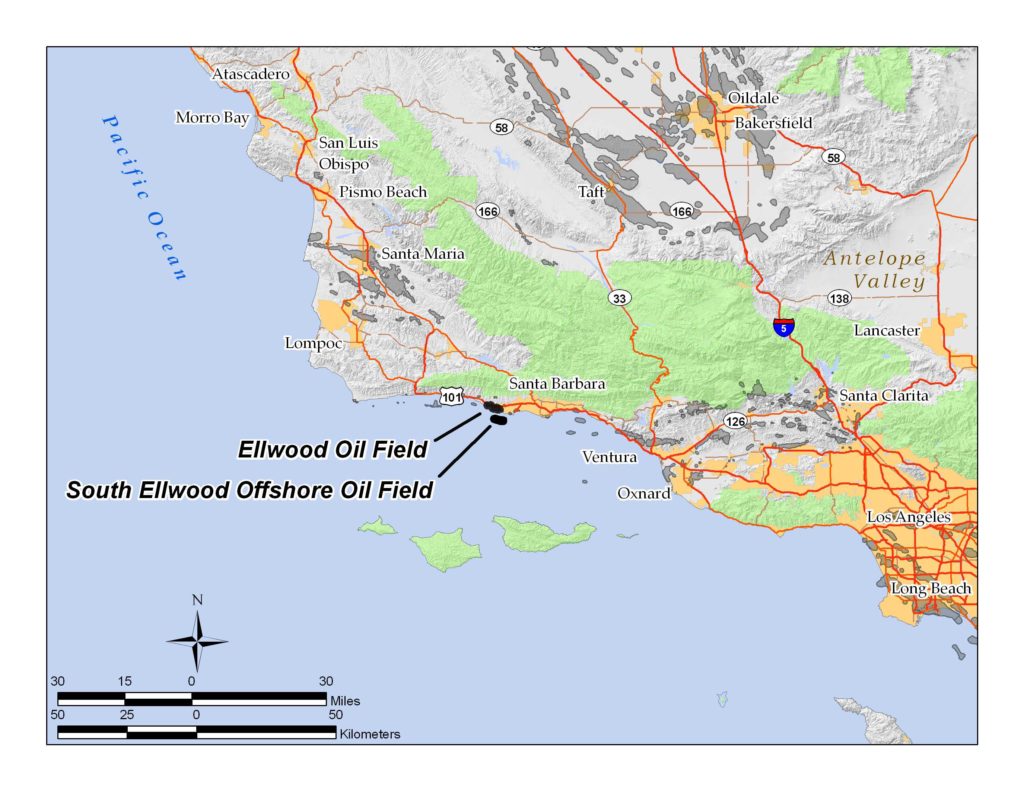

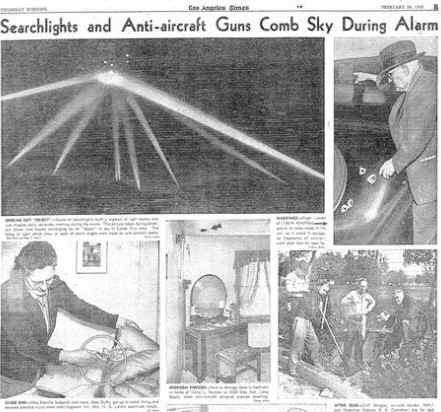
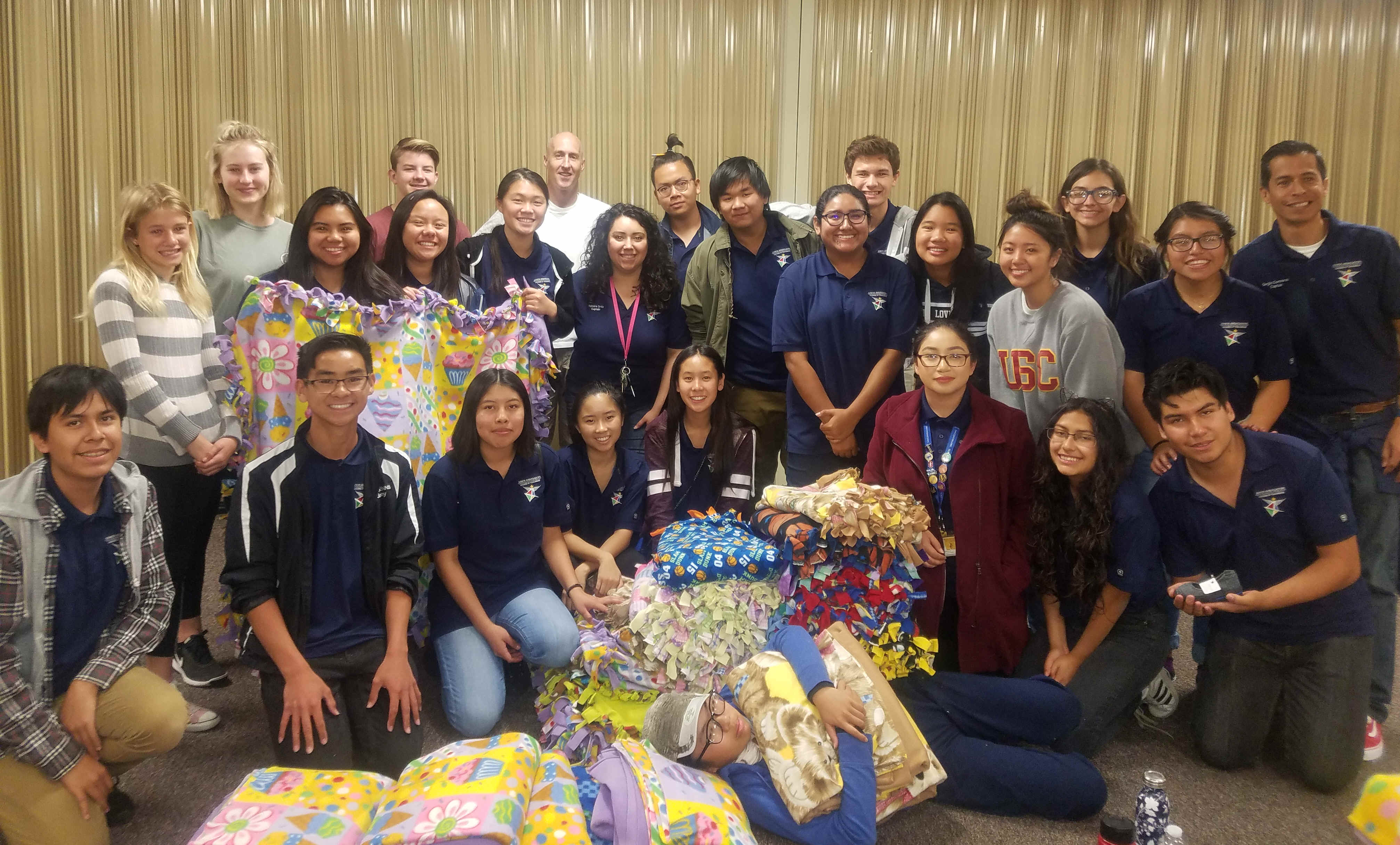
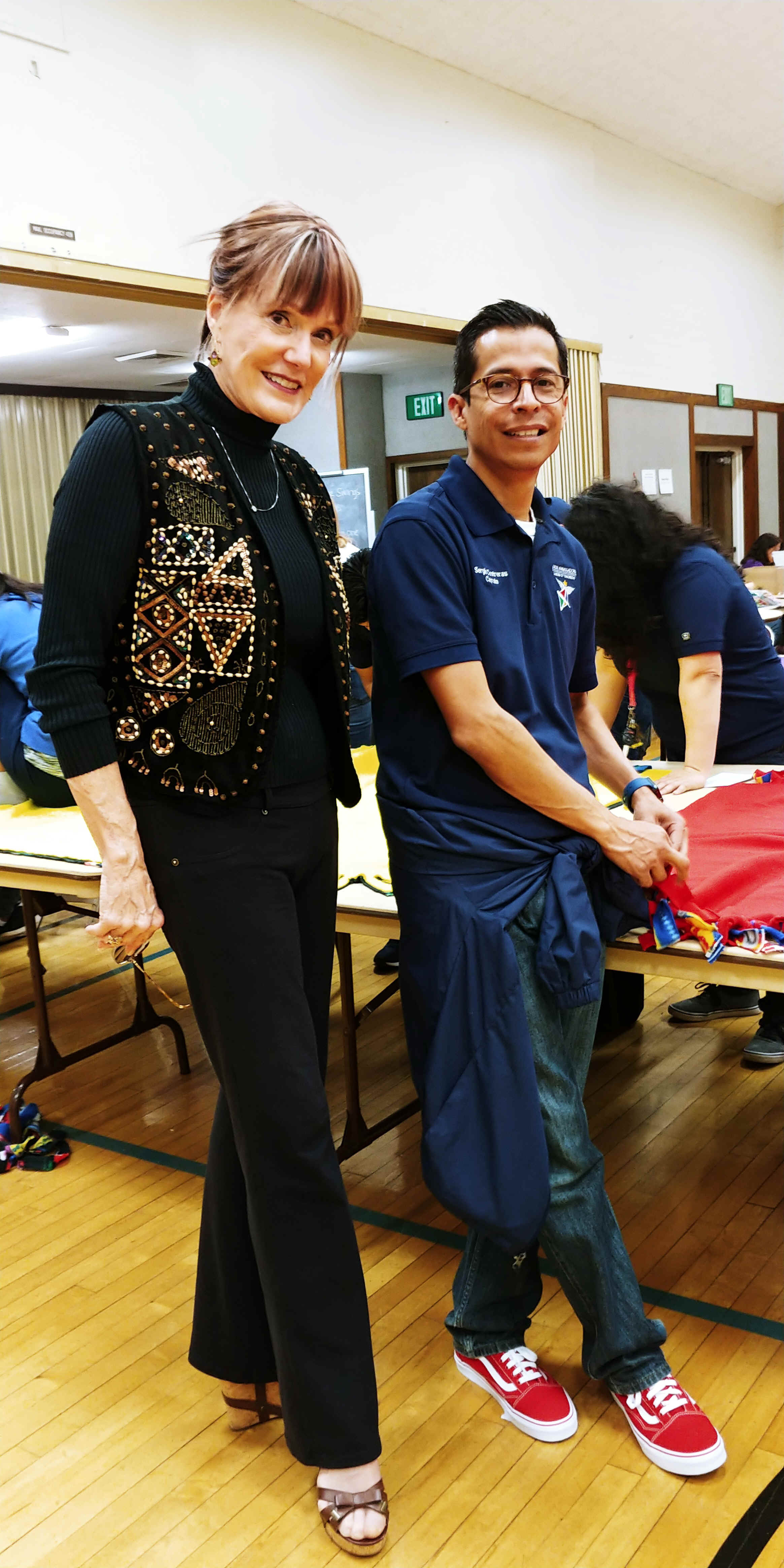
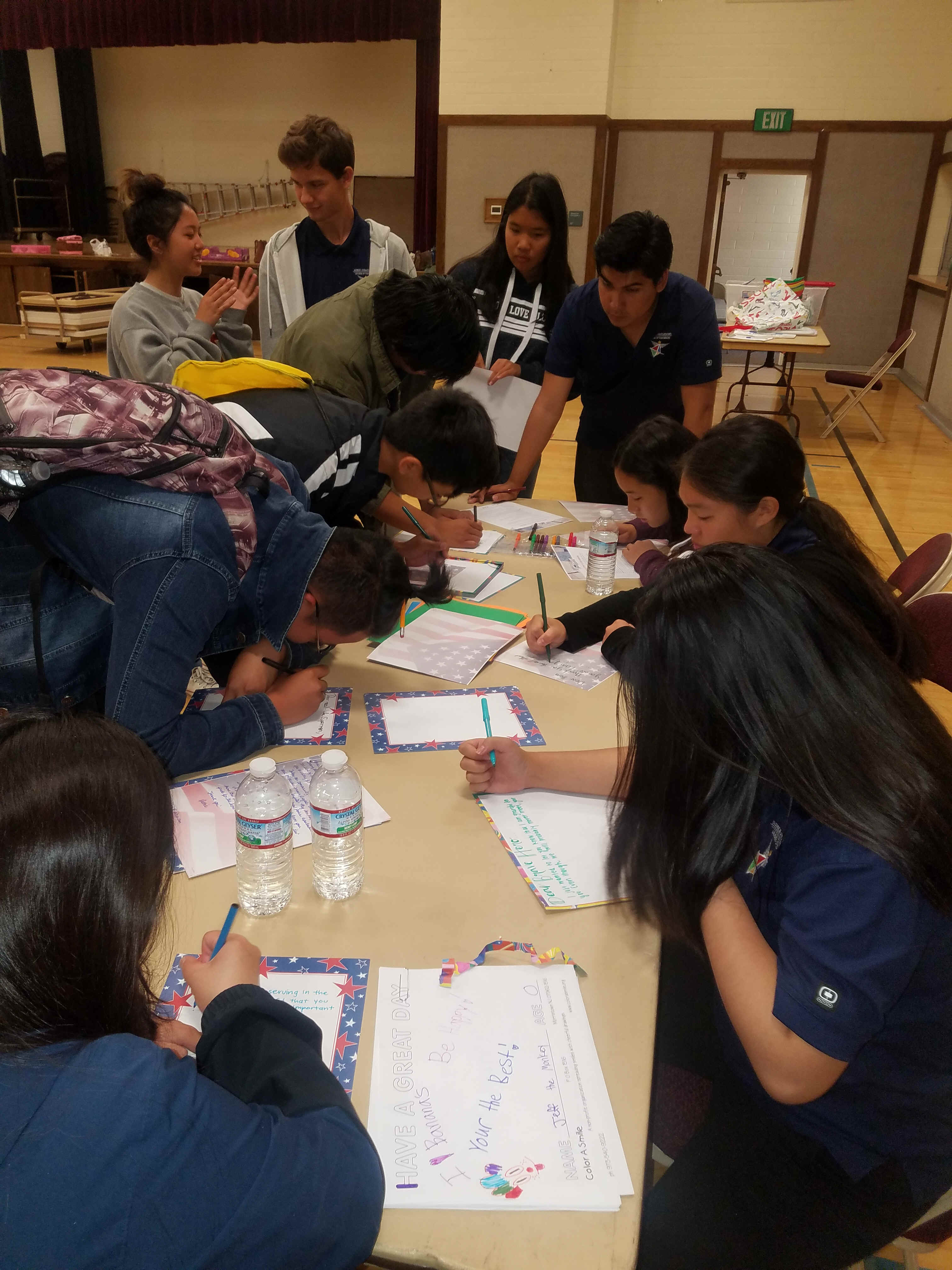











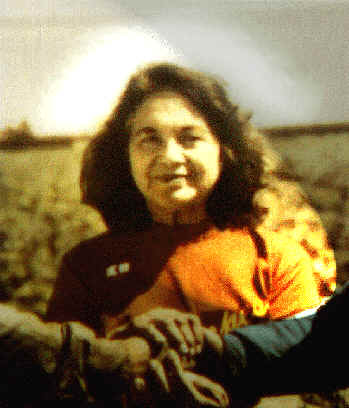

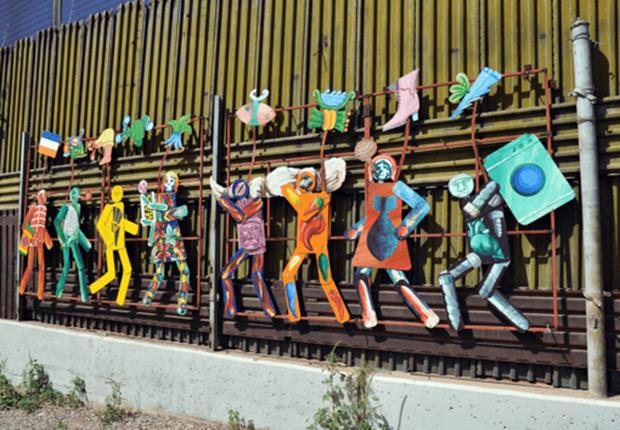
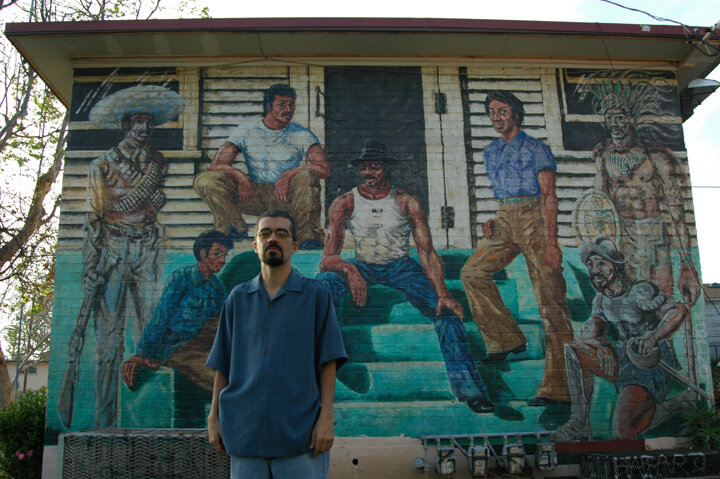
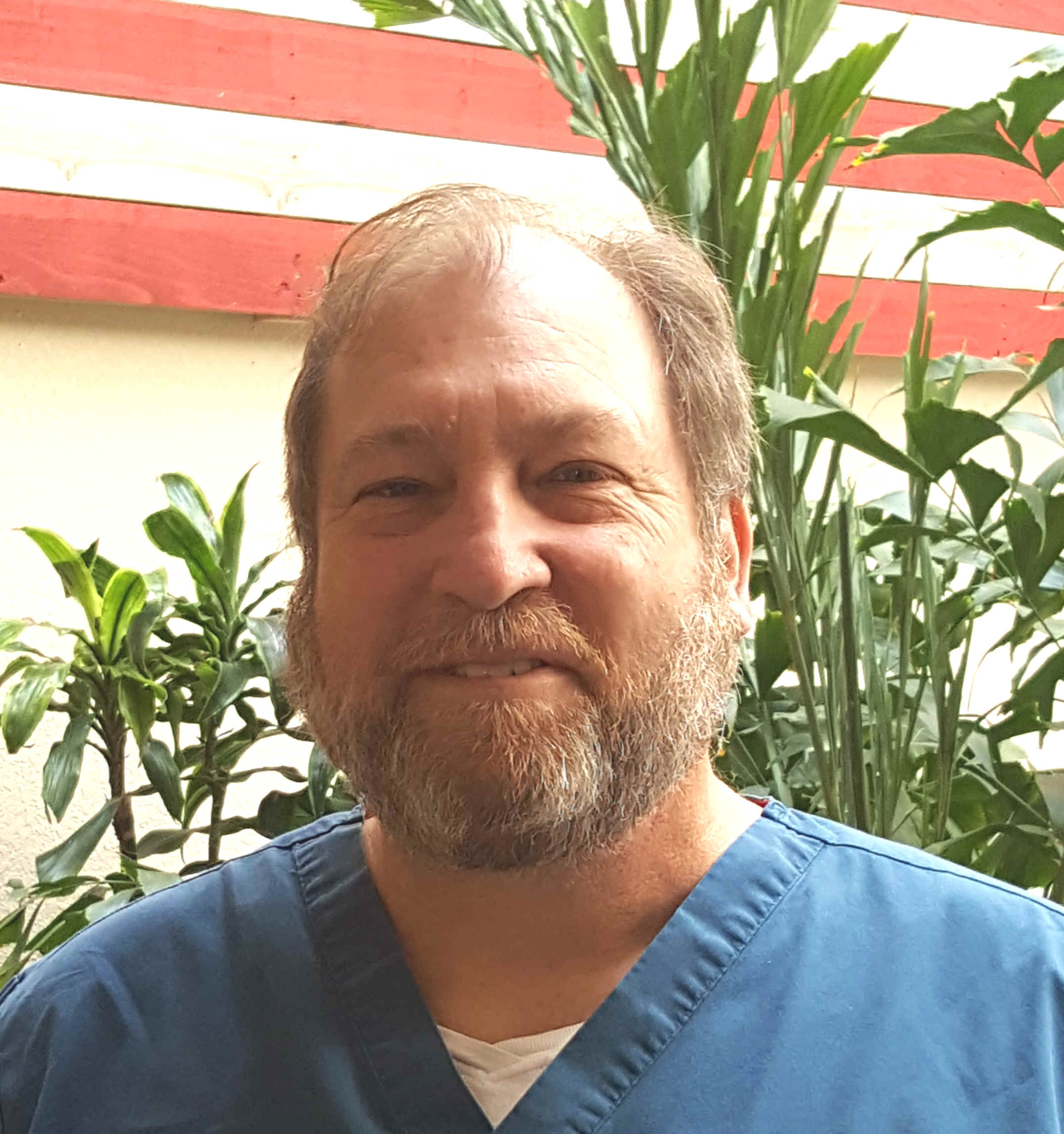

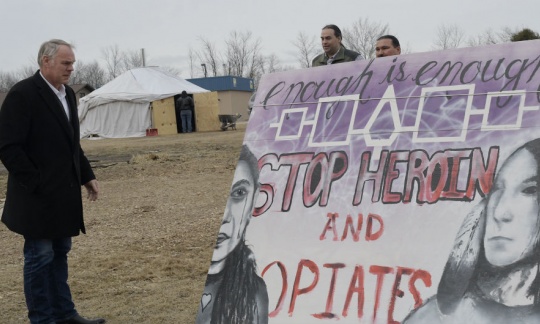
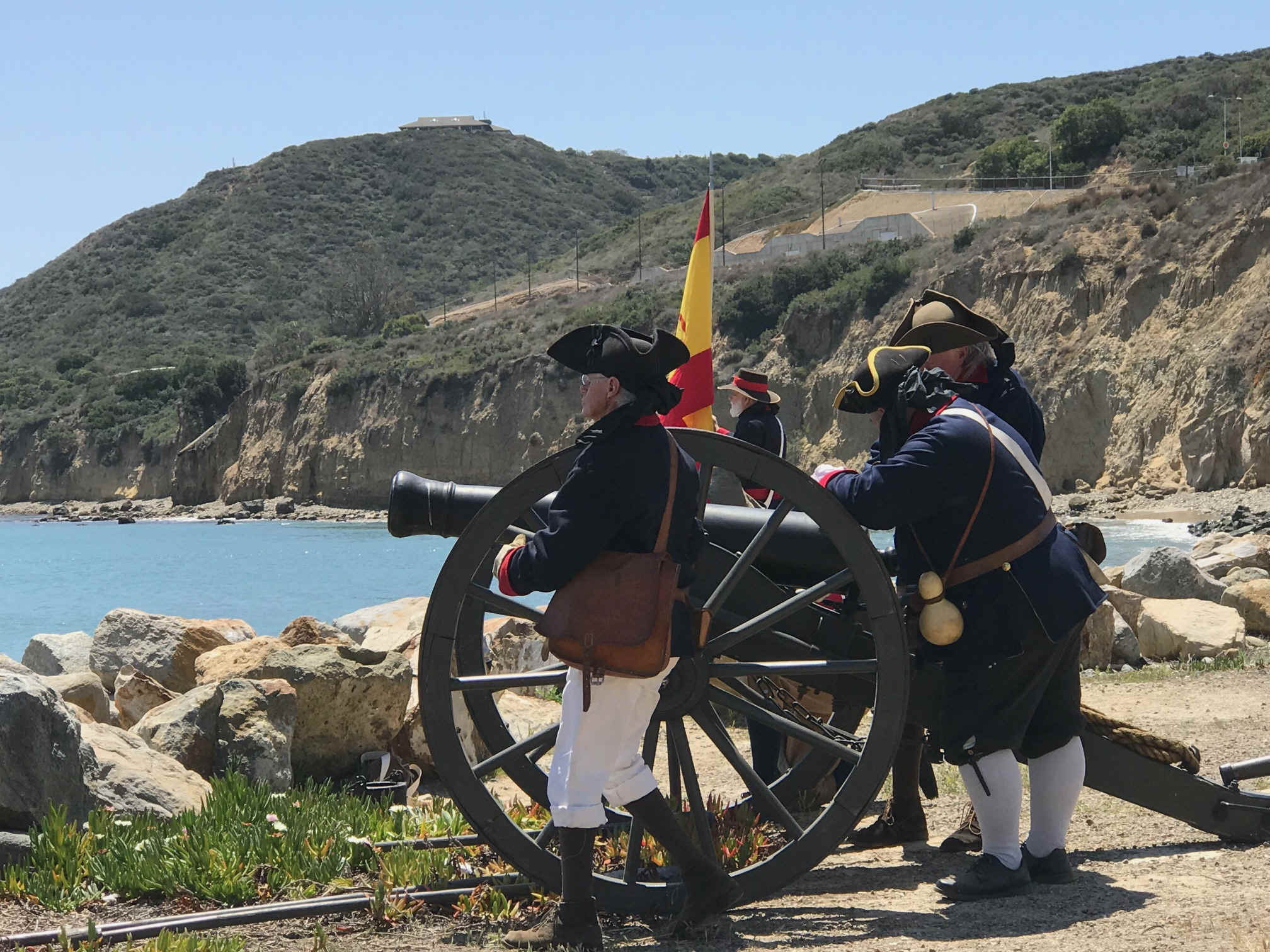

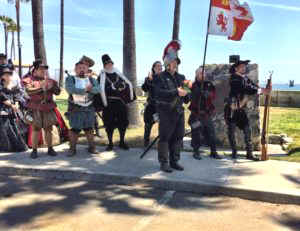
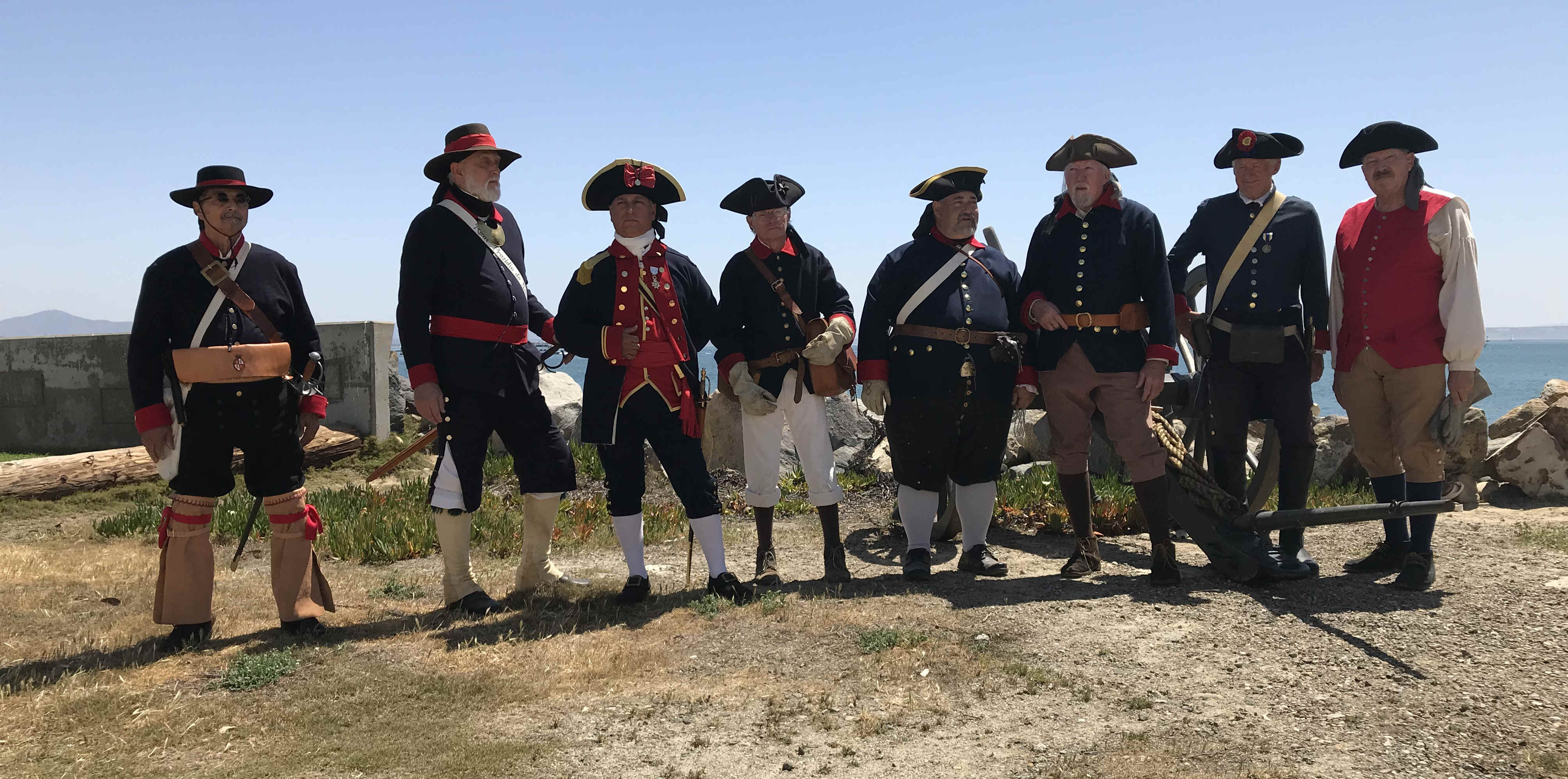
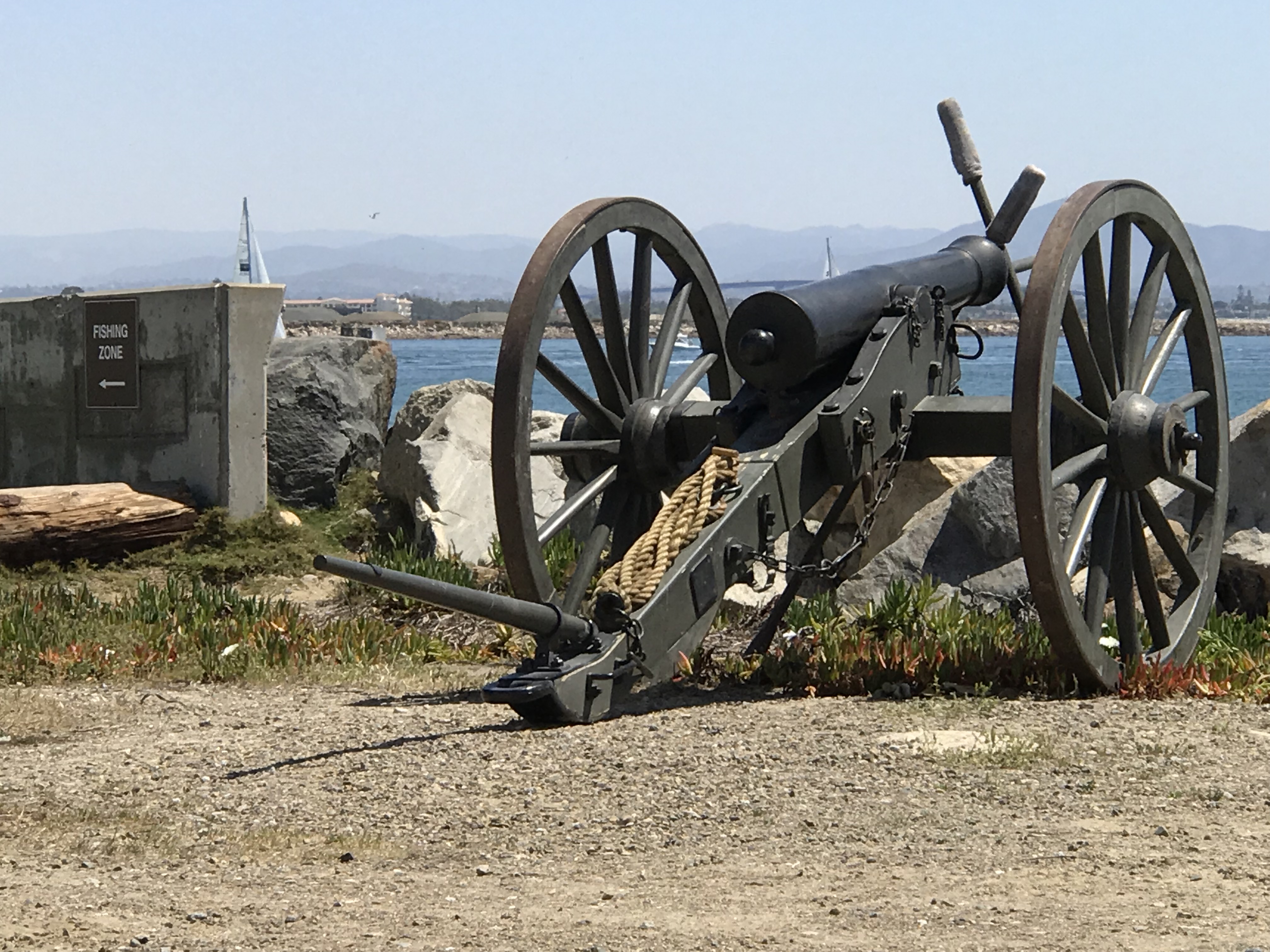
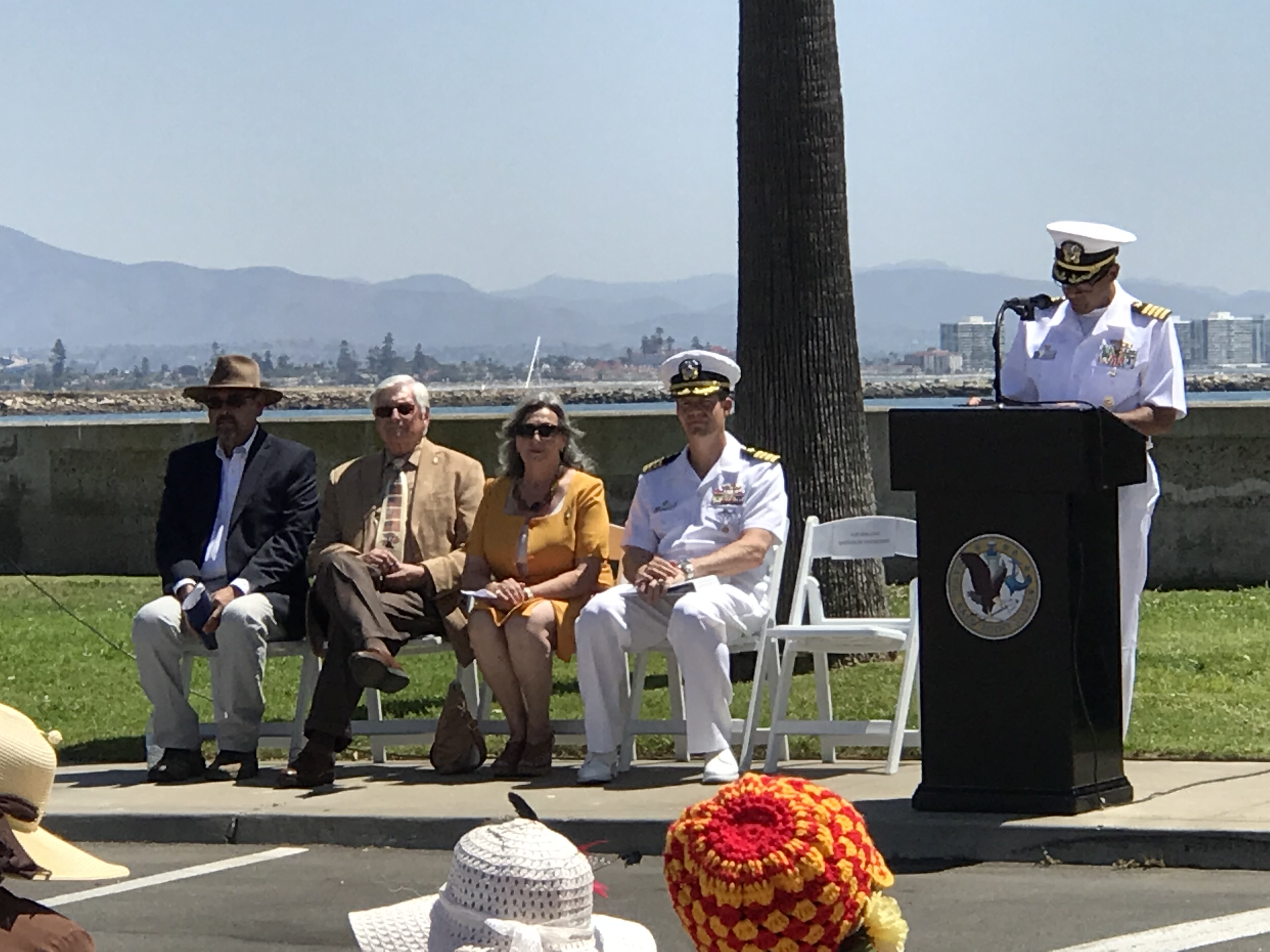
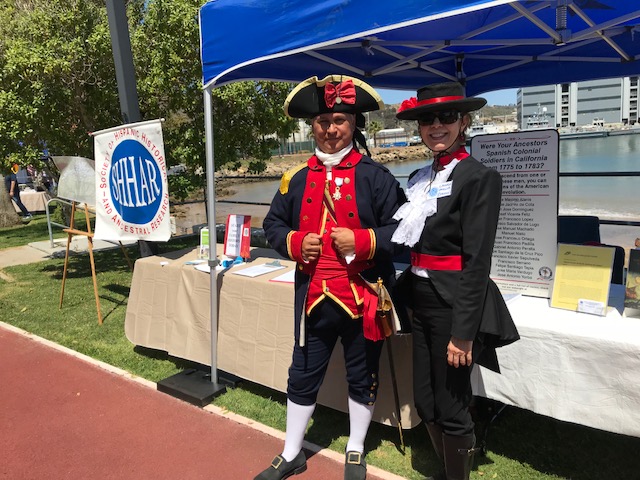
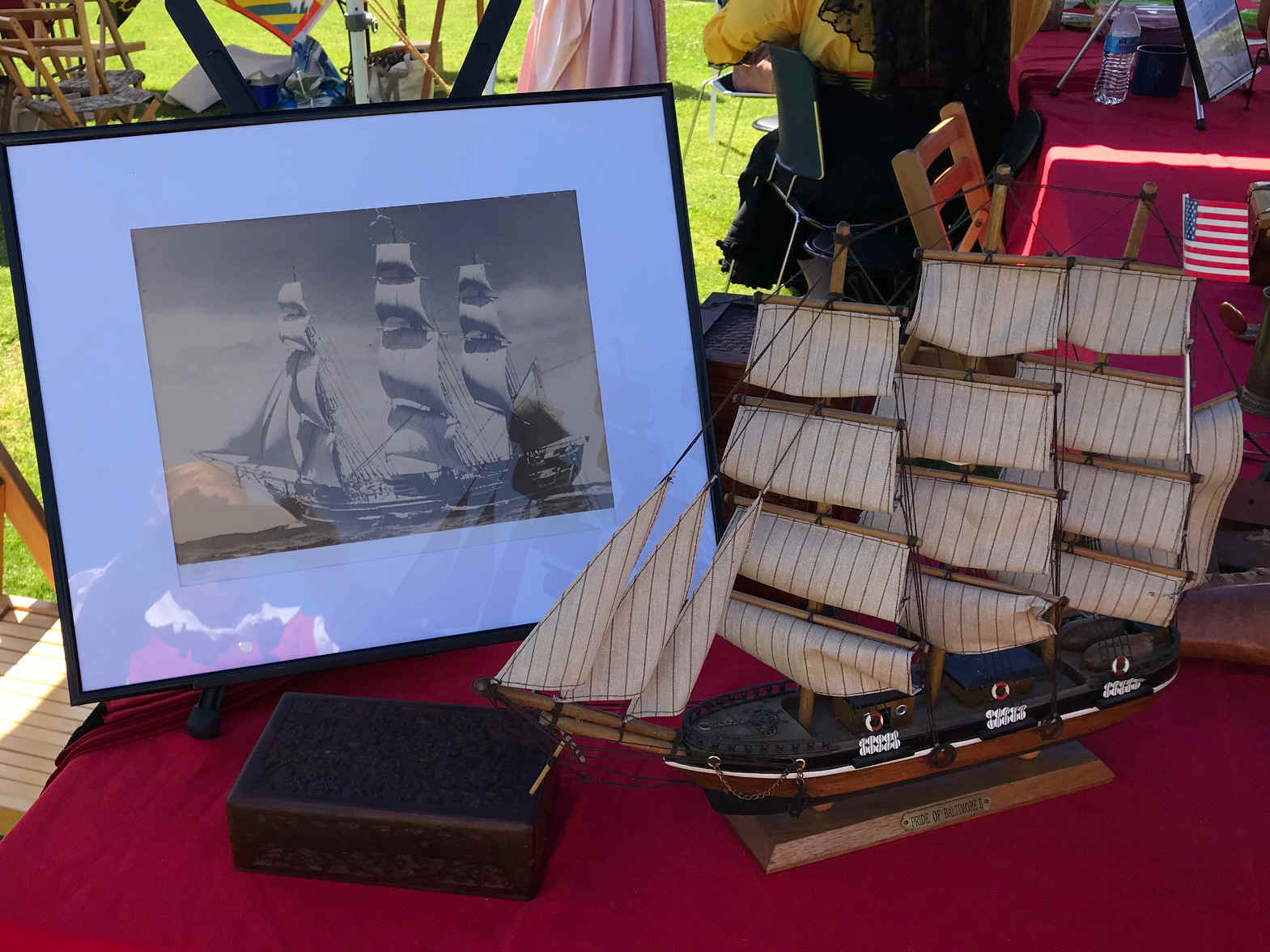
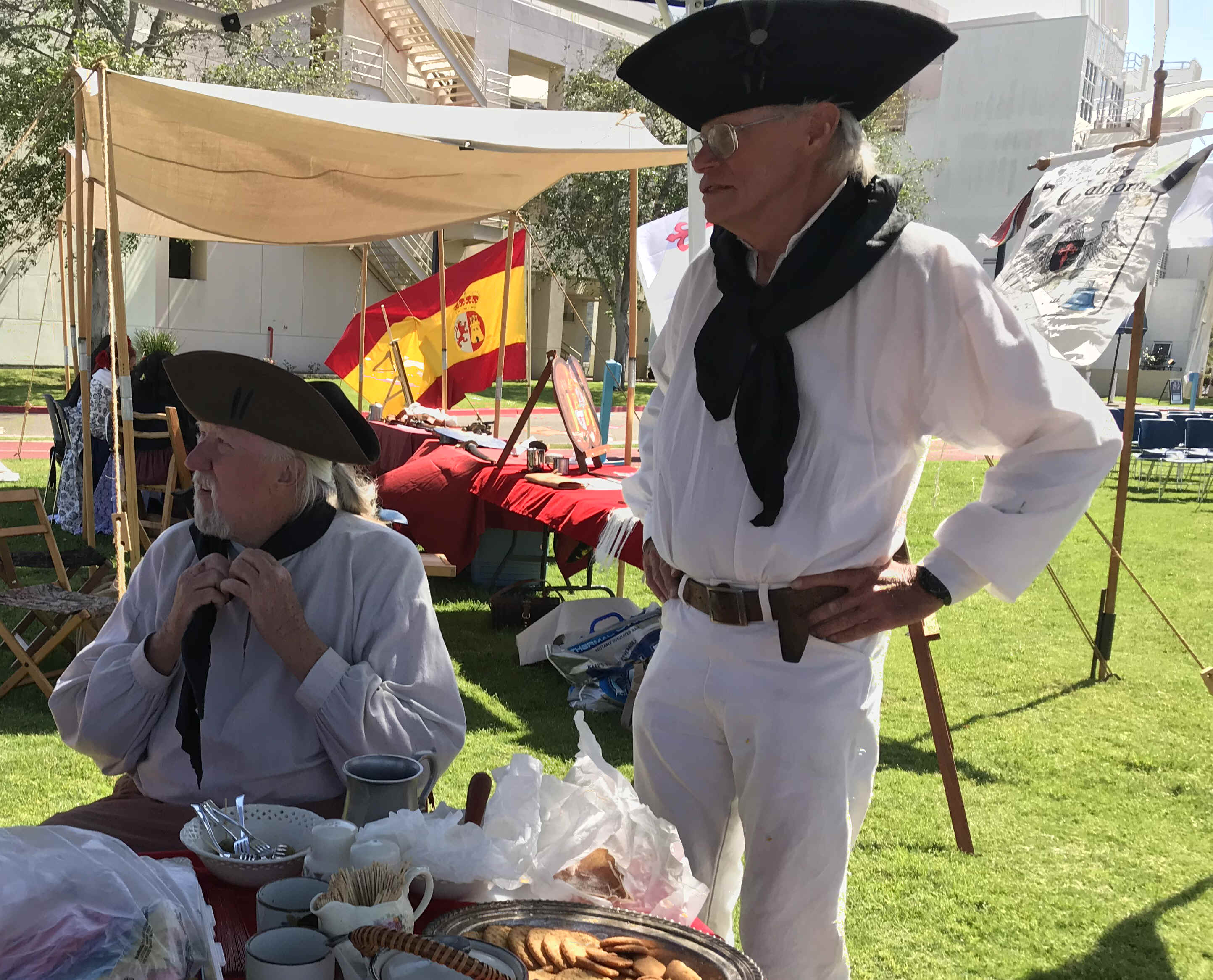
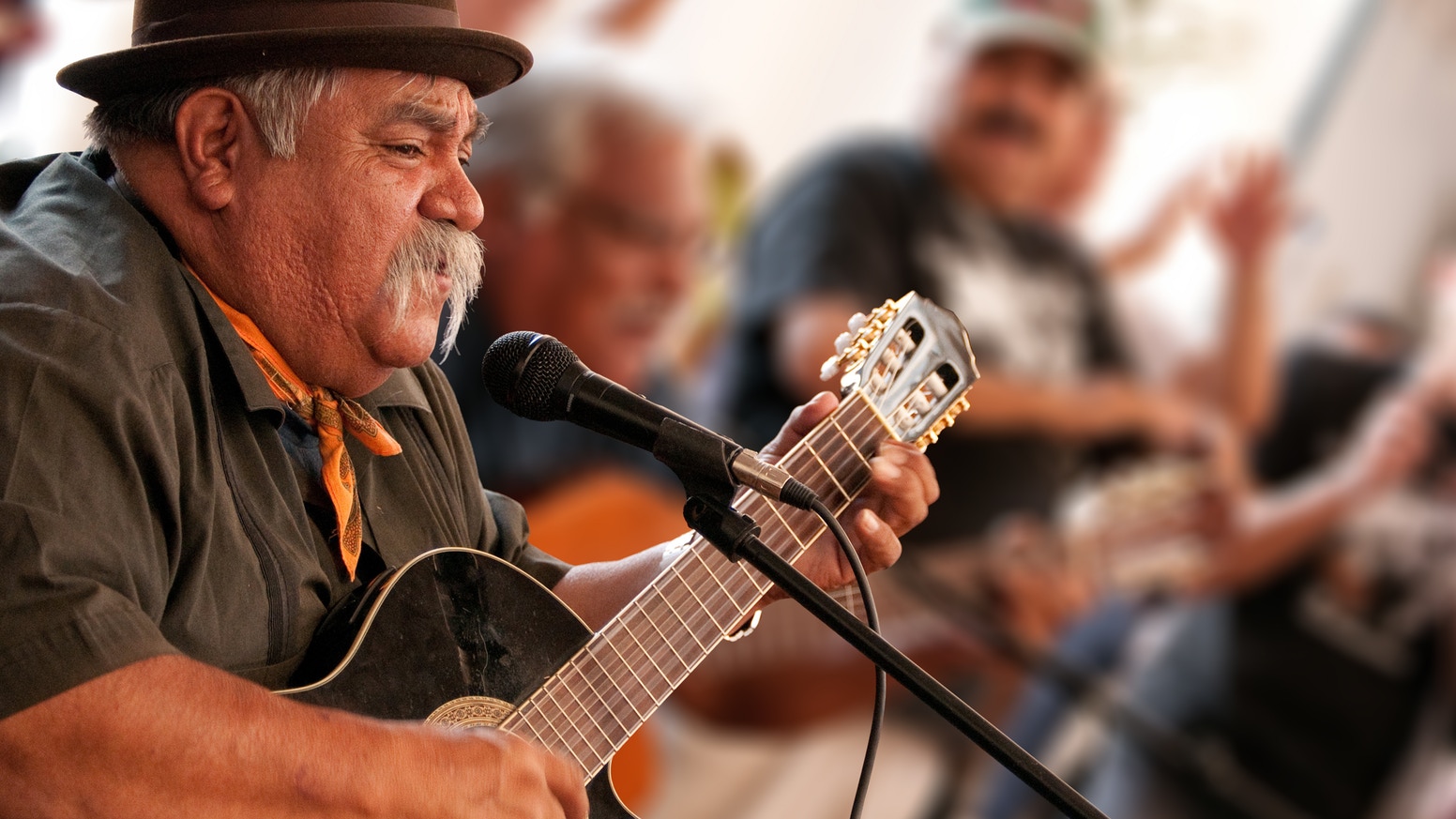
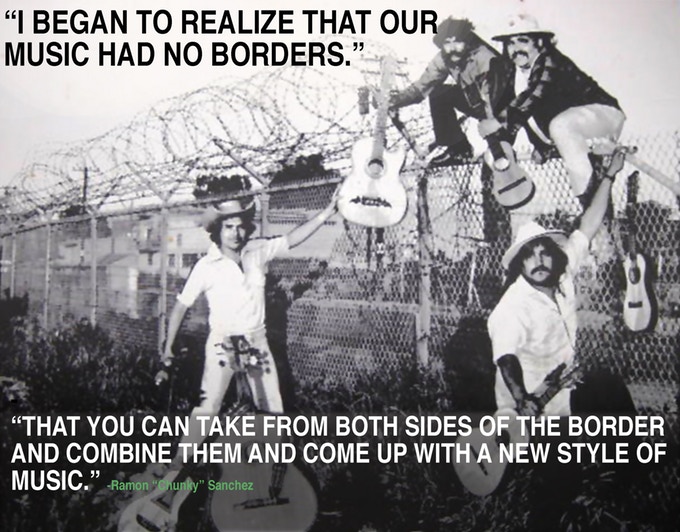

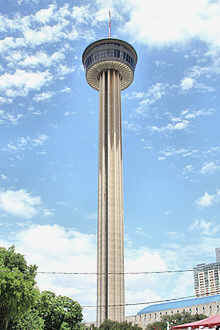

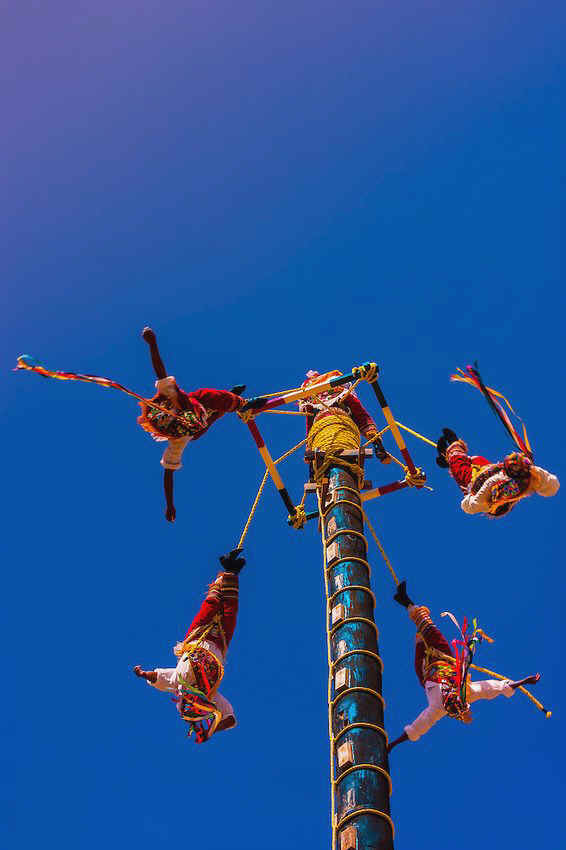




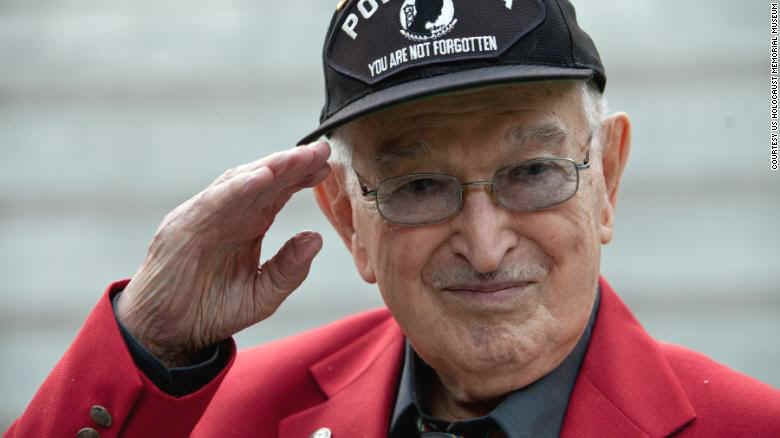
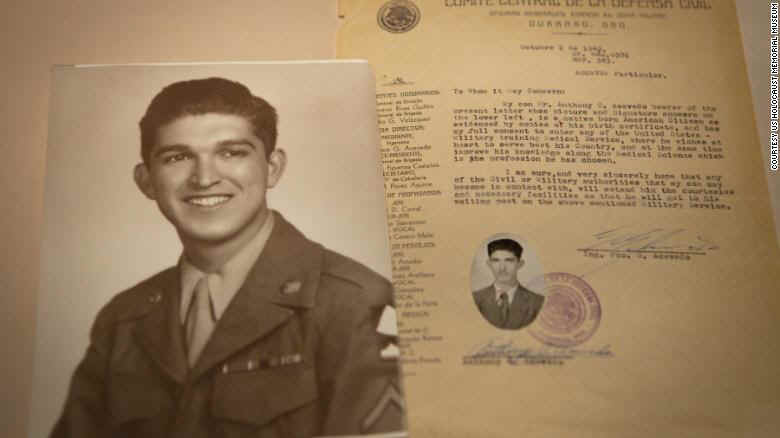
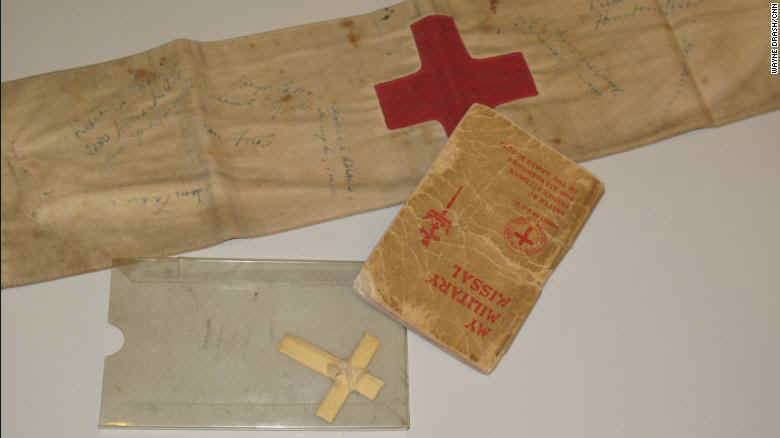
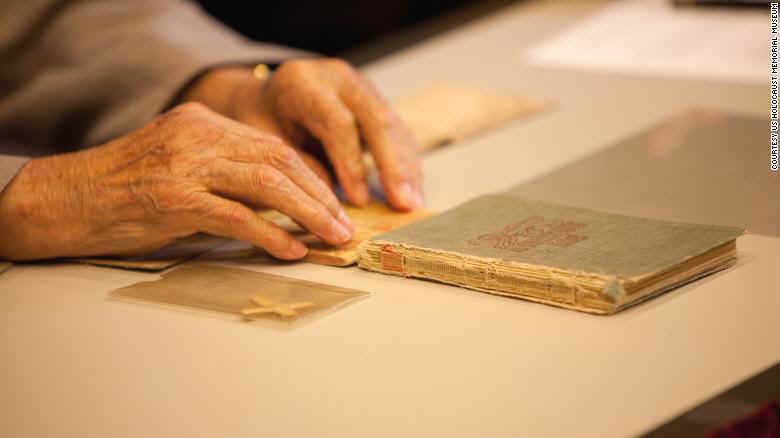
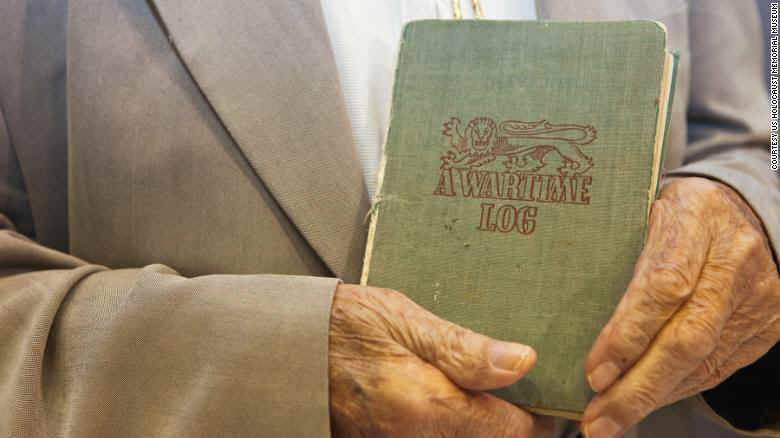
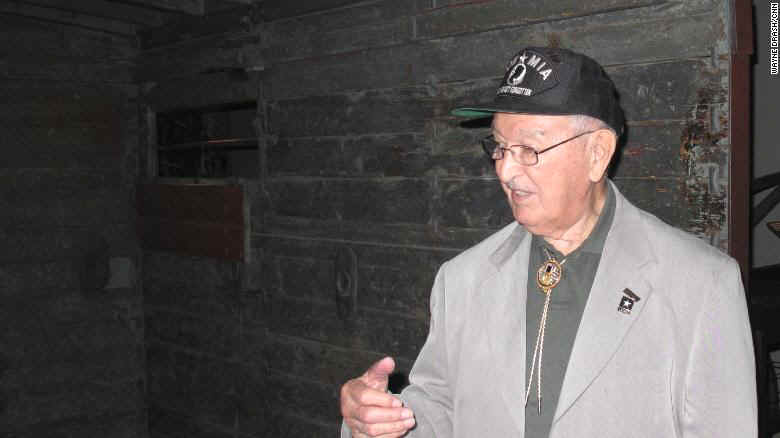
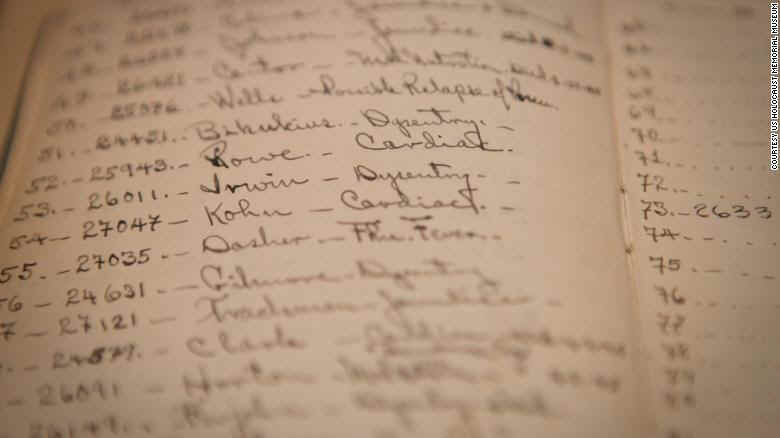
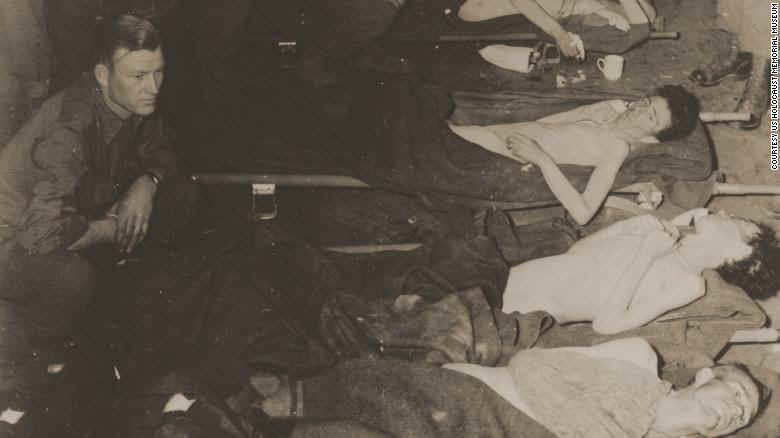
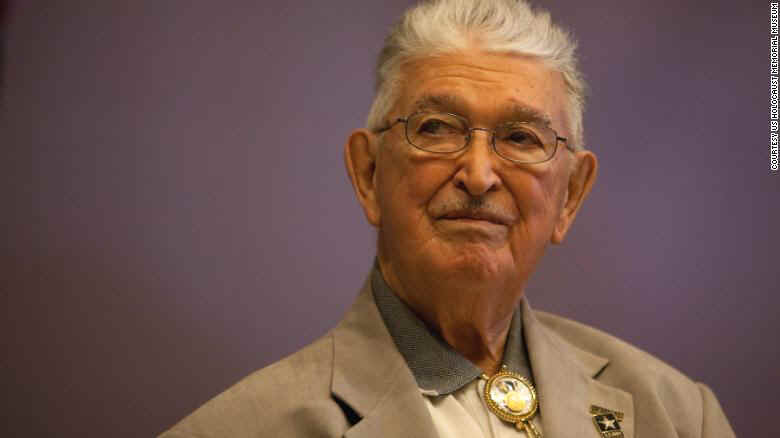
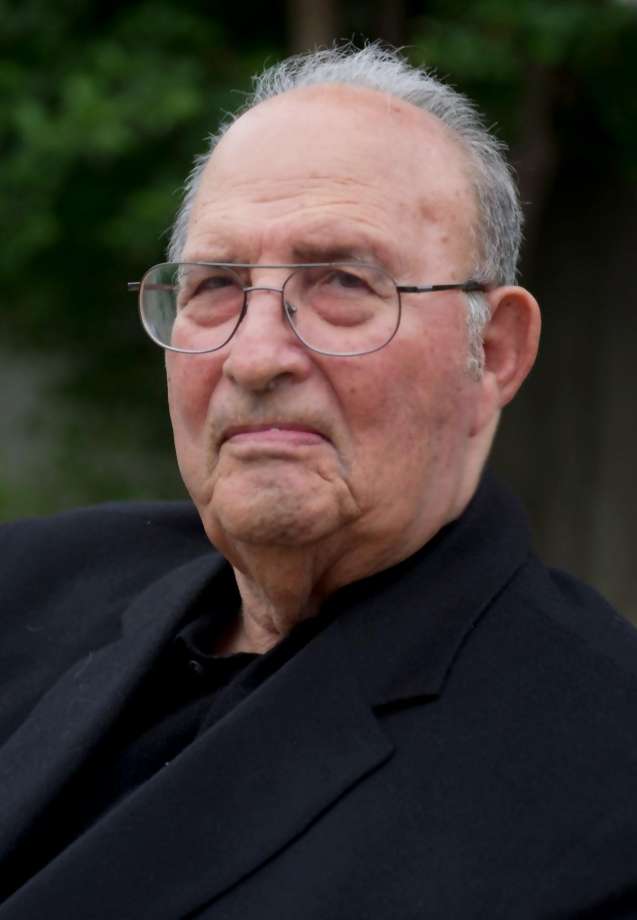
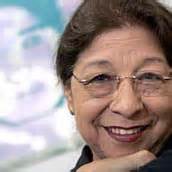
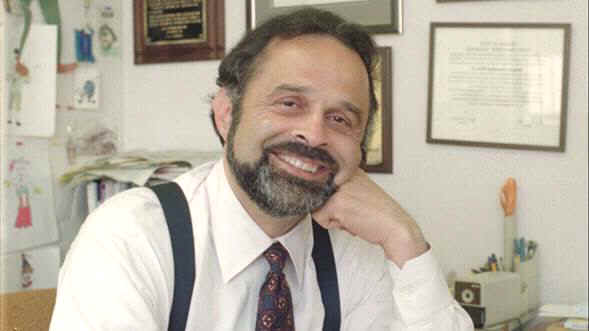

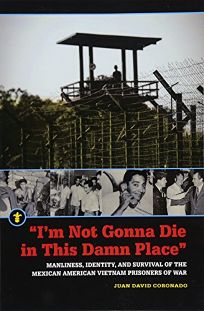
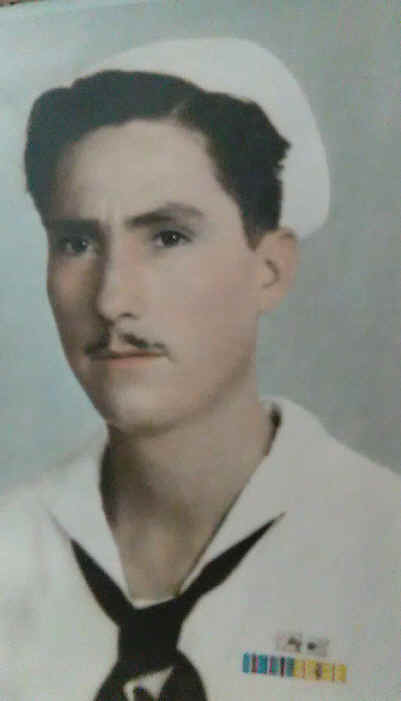

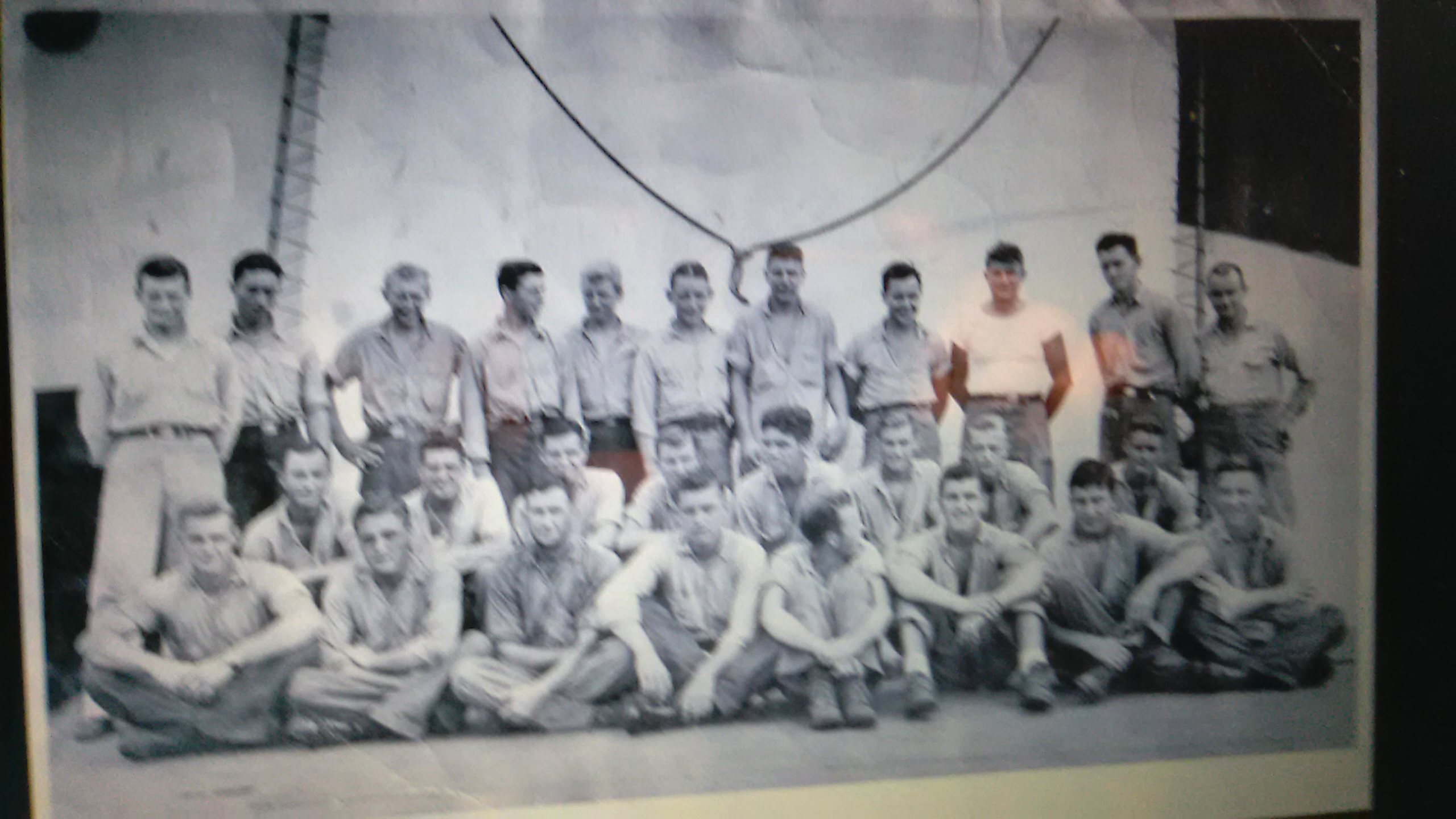
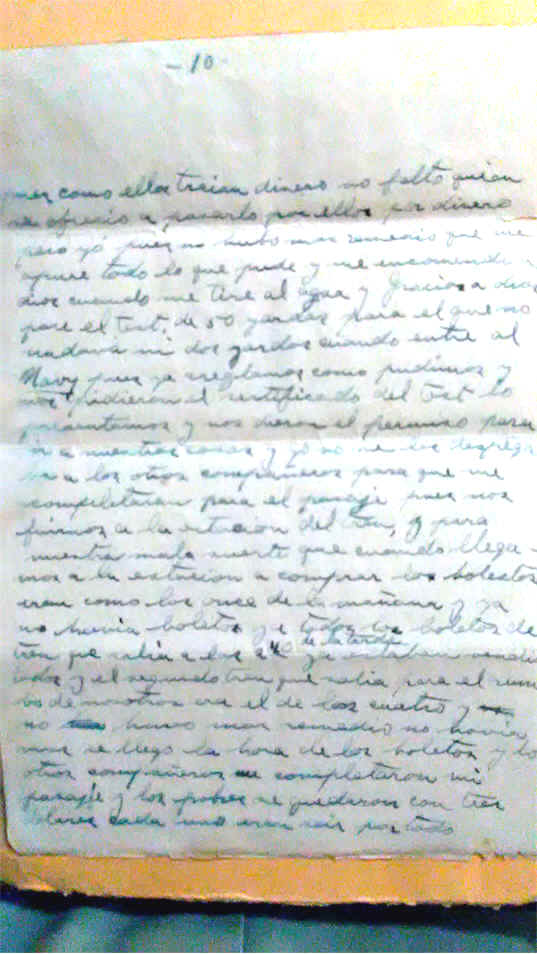
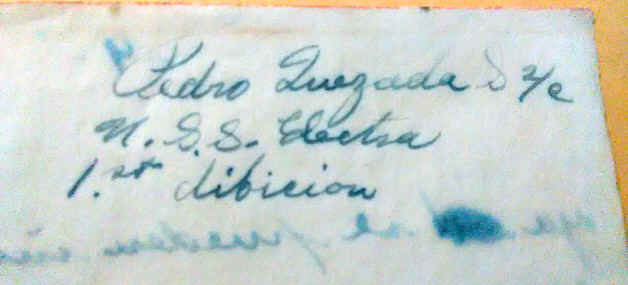
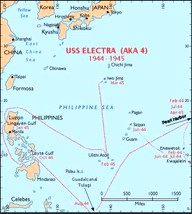 On March 18, 1945, the USS Electra (AKA 4) arrived at the island of Iwo Jima to provide additional naval bombardment power. Iwo Jima is an island of the Japanese Volcano Islands and is located midway between Japan and the Philippines. It was on Mount Suribachi, the island's highest peak, that six U.S. Marines of the 5th Division, raised the American flag. This moment was captured in an iconic photograph by Joe Rosenthal that became known all over the country. After the battle was over eight days later, troops from the Fifth Marine Amphibious Corps boarded the ship for transport to Pearl Harbor. One month and eleven days later, Nazi Germany surrendered in Italy, but the formal unconditional surrender took place on Monday, May 7, 1945 in Reims, France, a city located about eighty miles east northeast of Paris.
On March 18, 1945, the USS Electra (AKA 4) arrived at the island of Iwo Jima to provide additional naval bombardment power. Iwo Jima is an island of the Japanese Volcano Islands and is located midway between Japan and the Philippines. It was on Mount Suribachi, the island's highest peak, that six U.S. Marines of the 5th Division, raised the American flag. This moment was captured in an iconic photograph by Joe Rosenthal that became known all over the country. After the battle was over eight days later, troops from the Fifth Marine Amphibious Corps boarded the ship for transport to Pearl Harbor. One month and eleven days later, Nazi Germany surrendered in Italy, but the formal unconditional surrender took place on Monday, May 7, 1945 in Reims, France, a city located about eighty miles east northeast of Paris.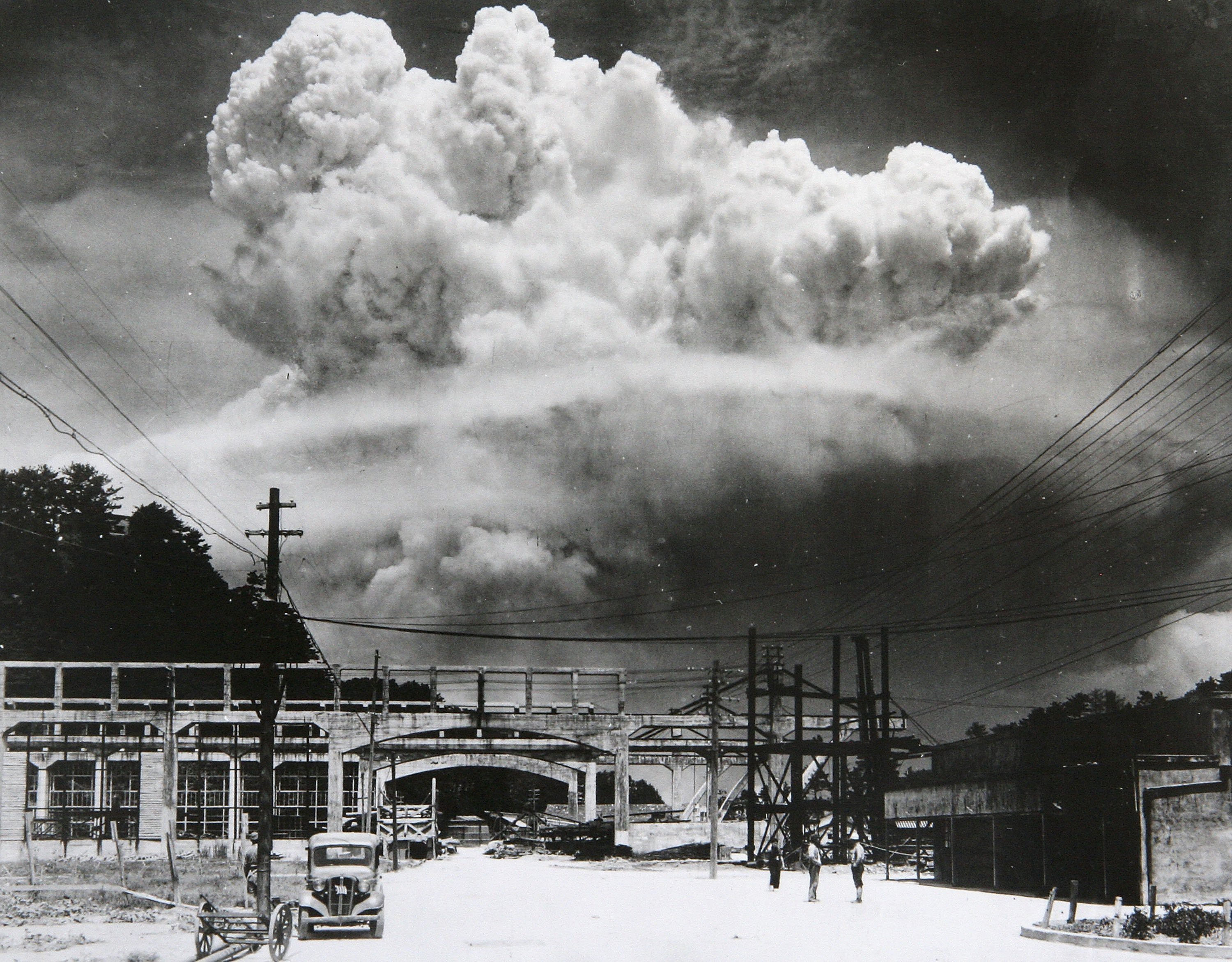
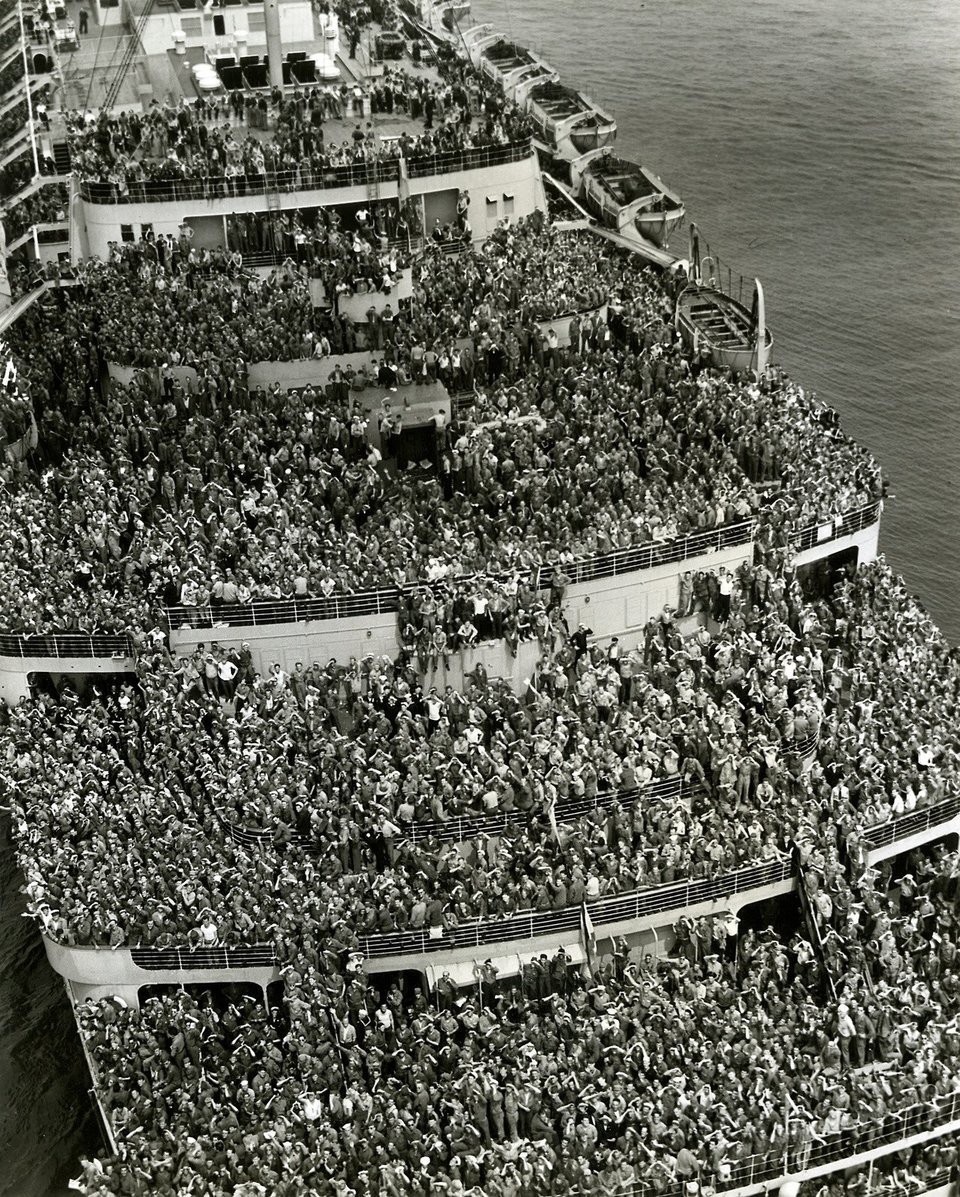
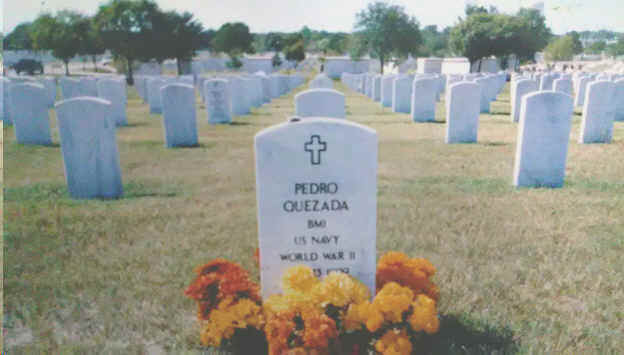

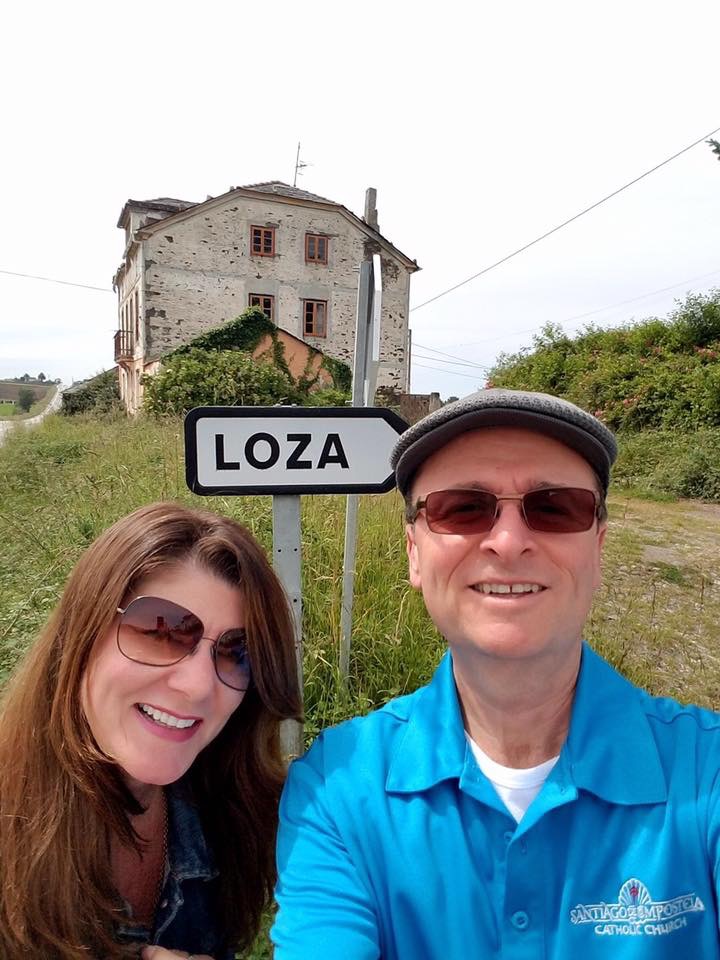

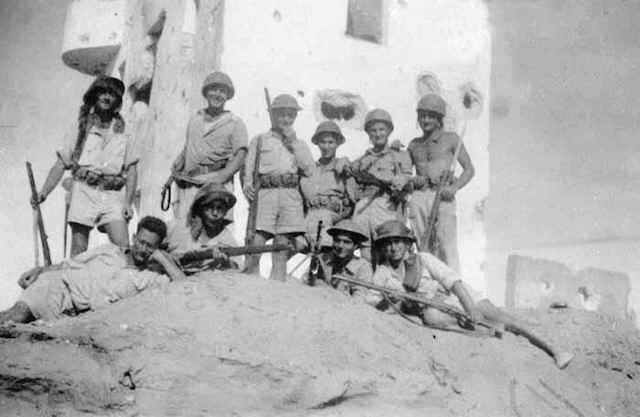
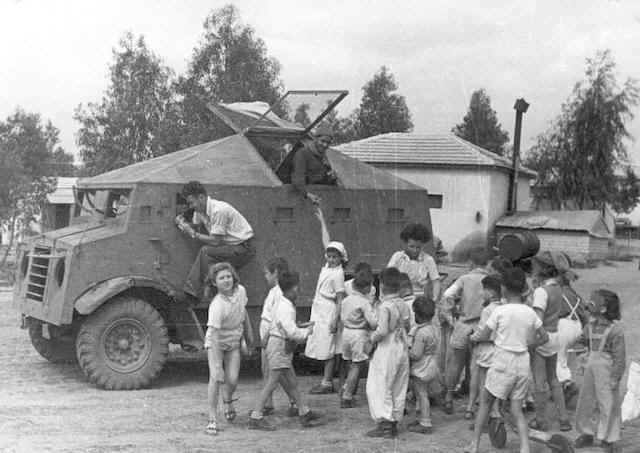
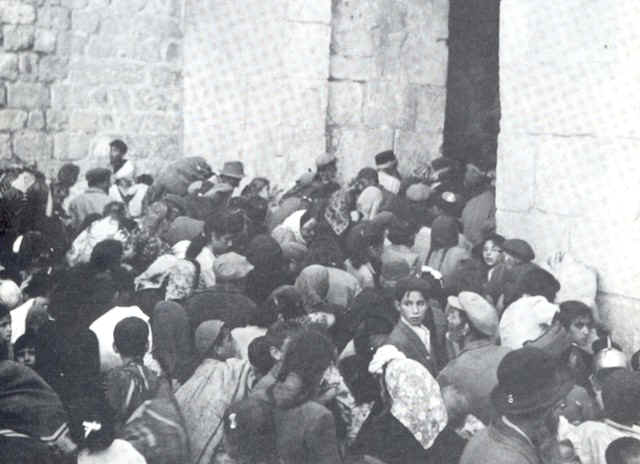
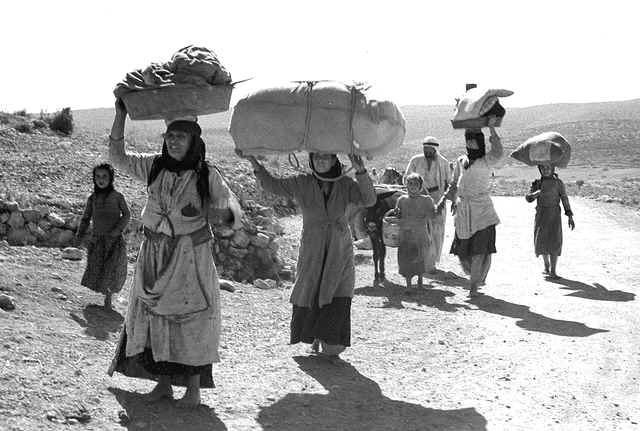
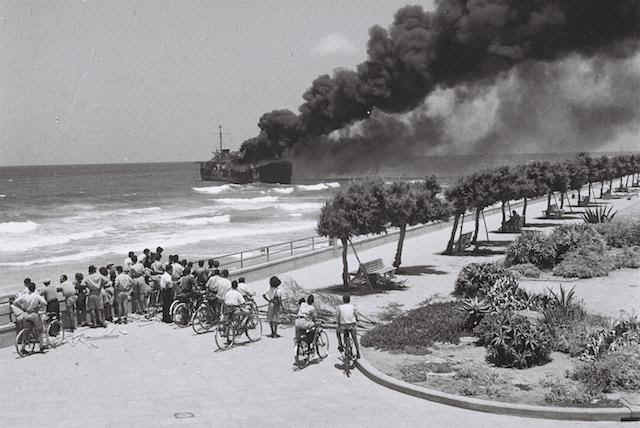
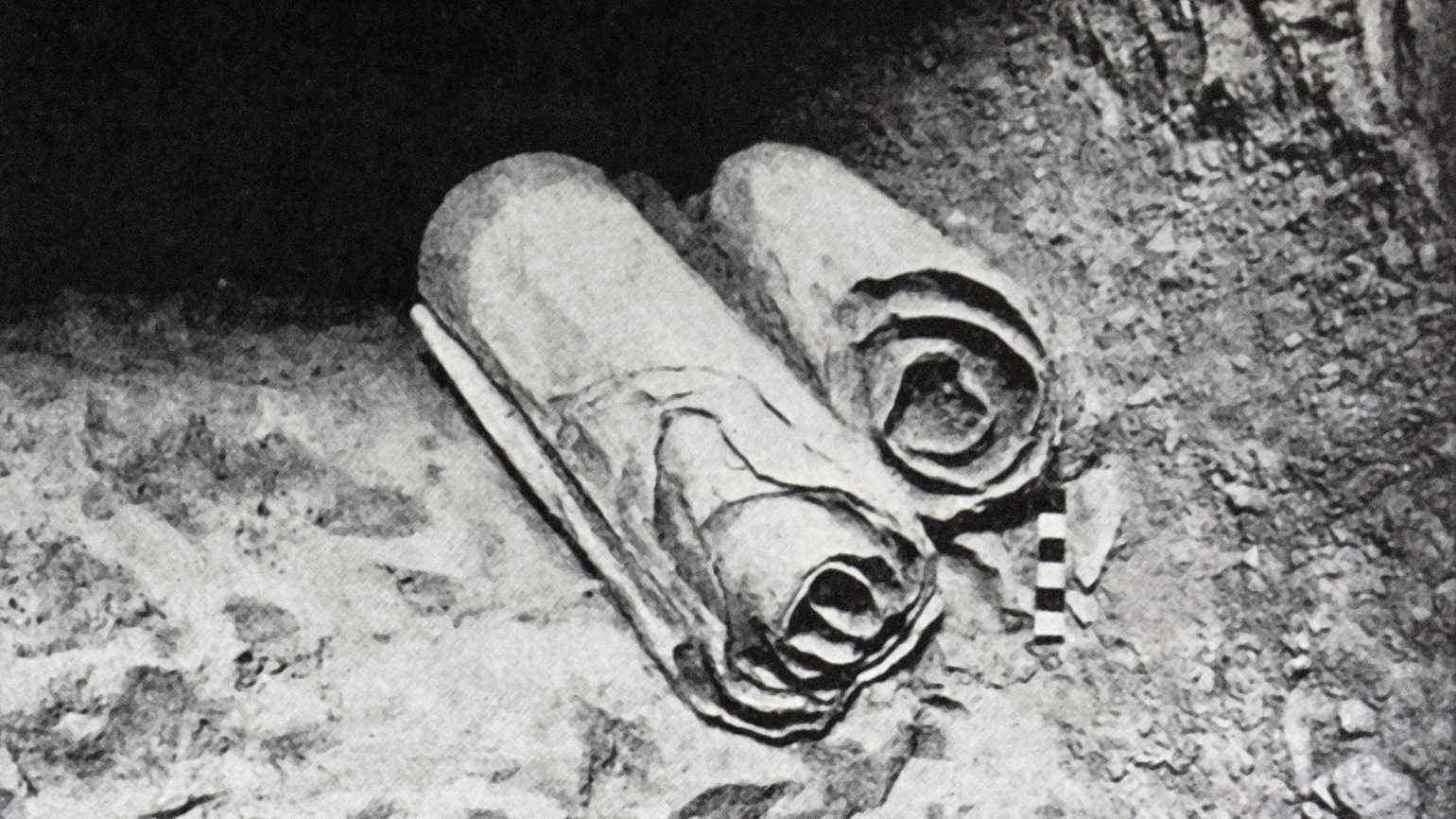


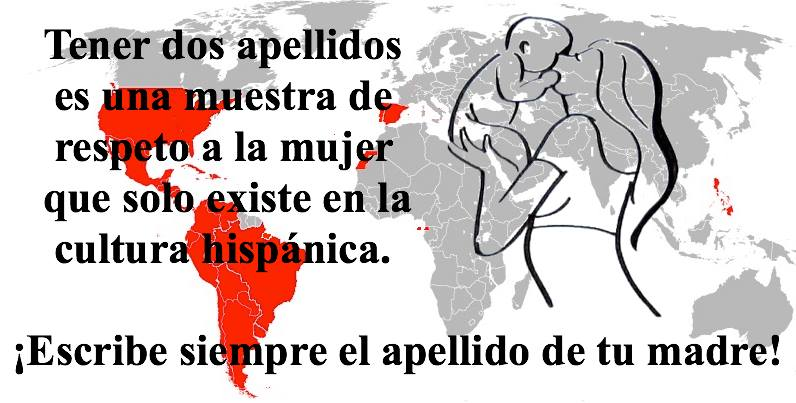
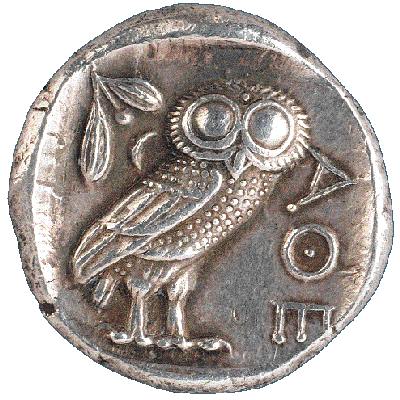
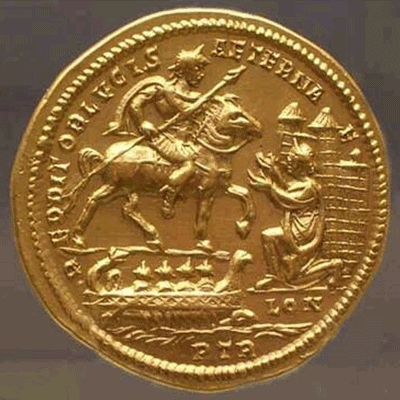
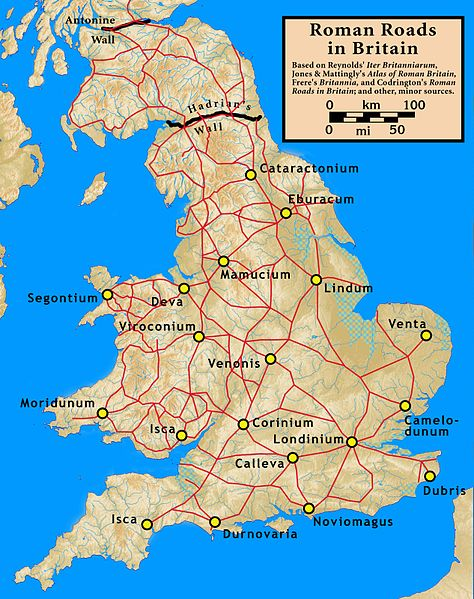
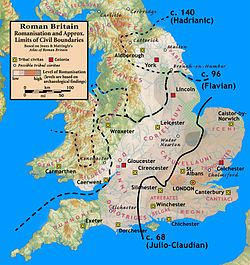
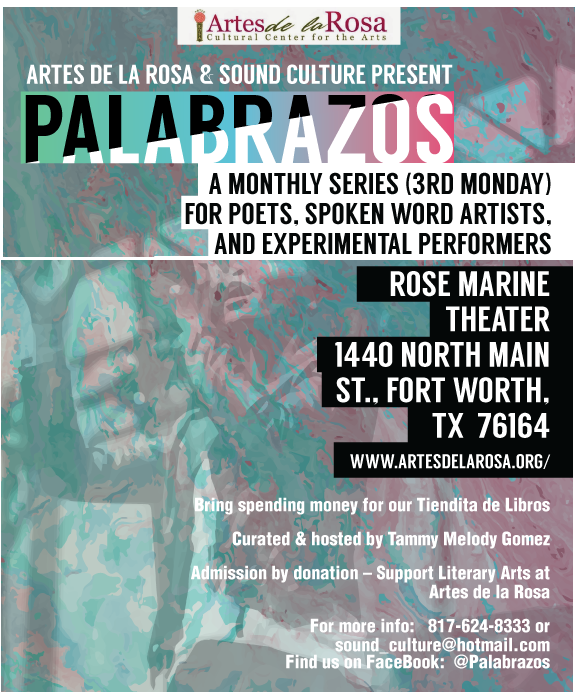
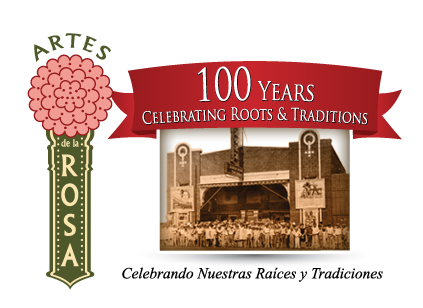

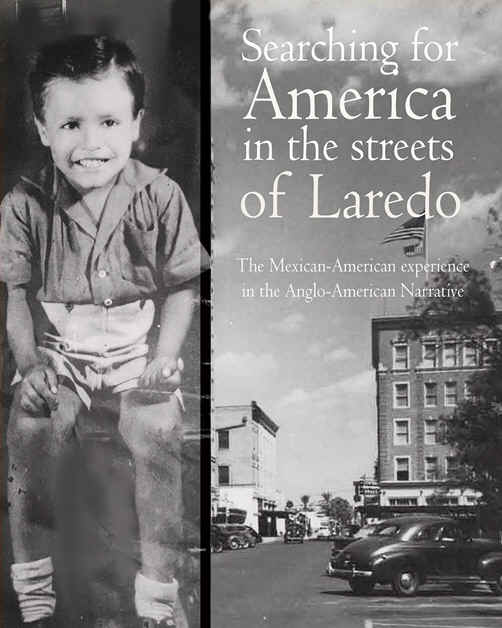
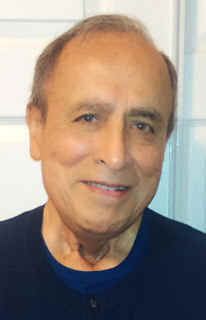
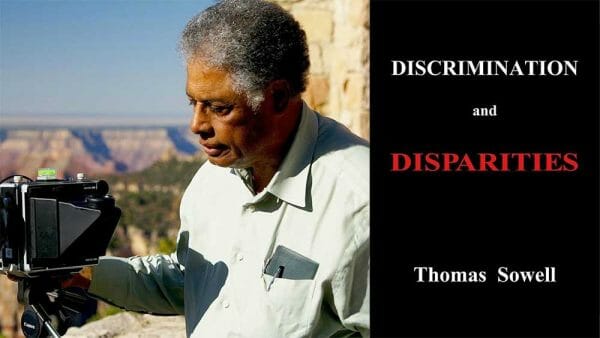
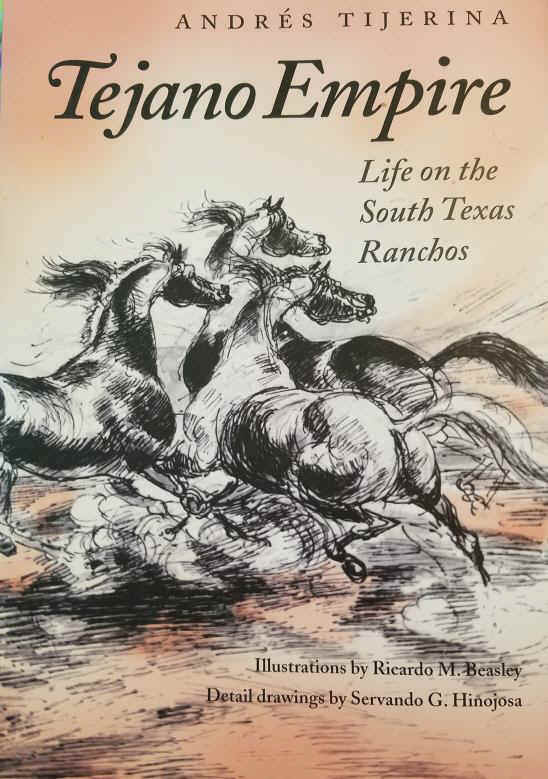

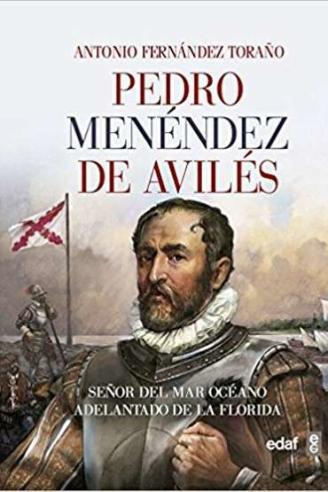
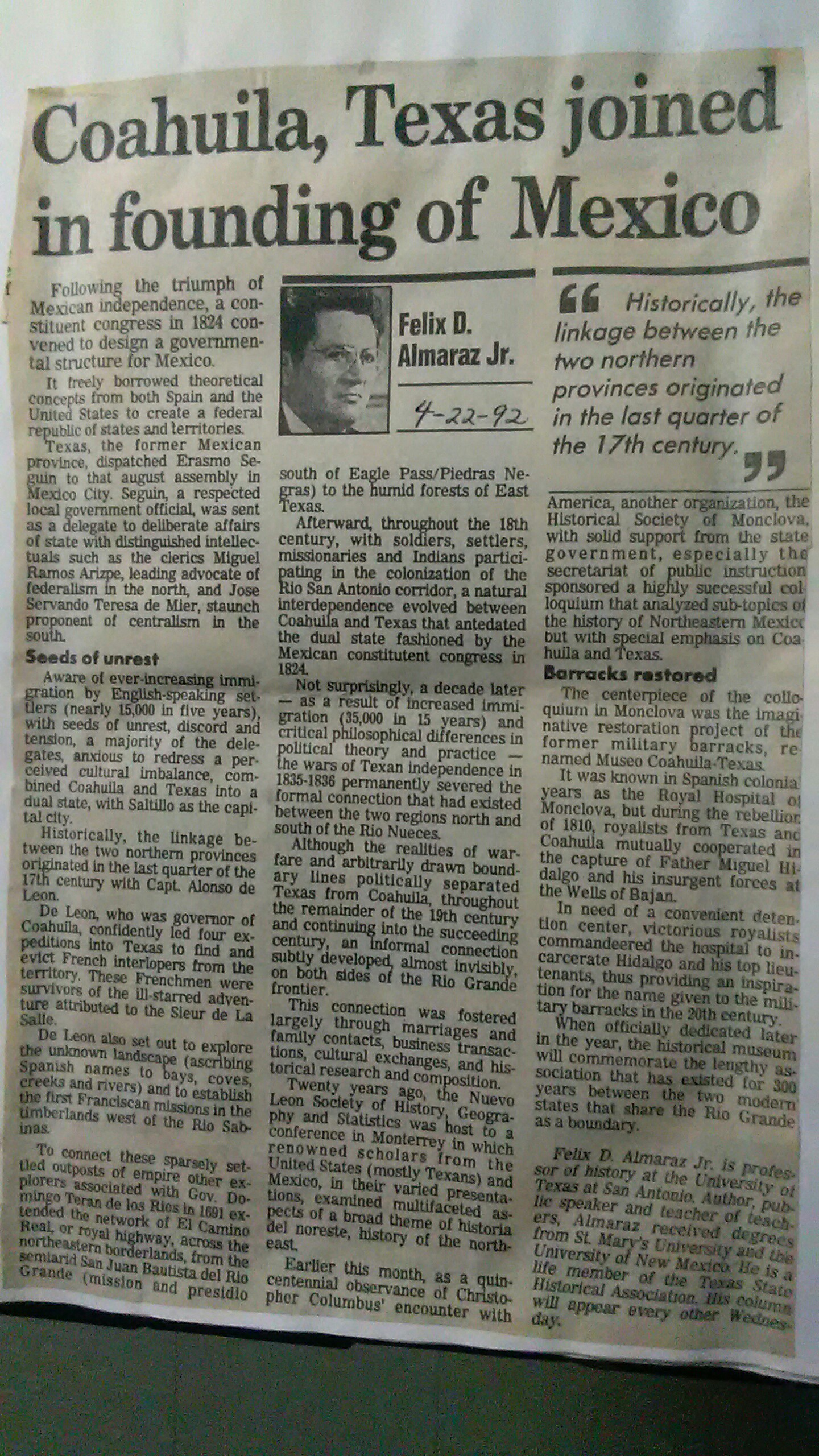
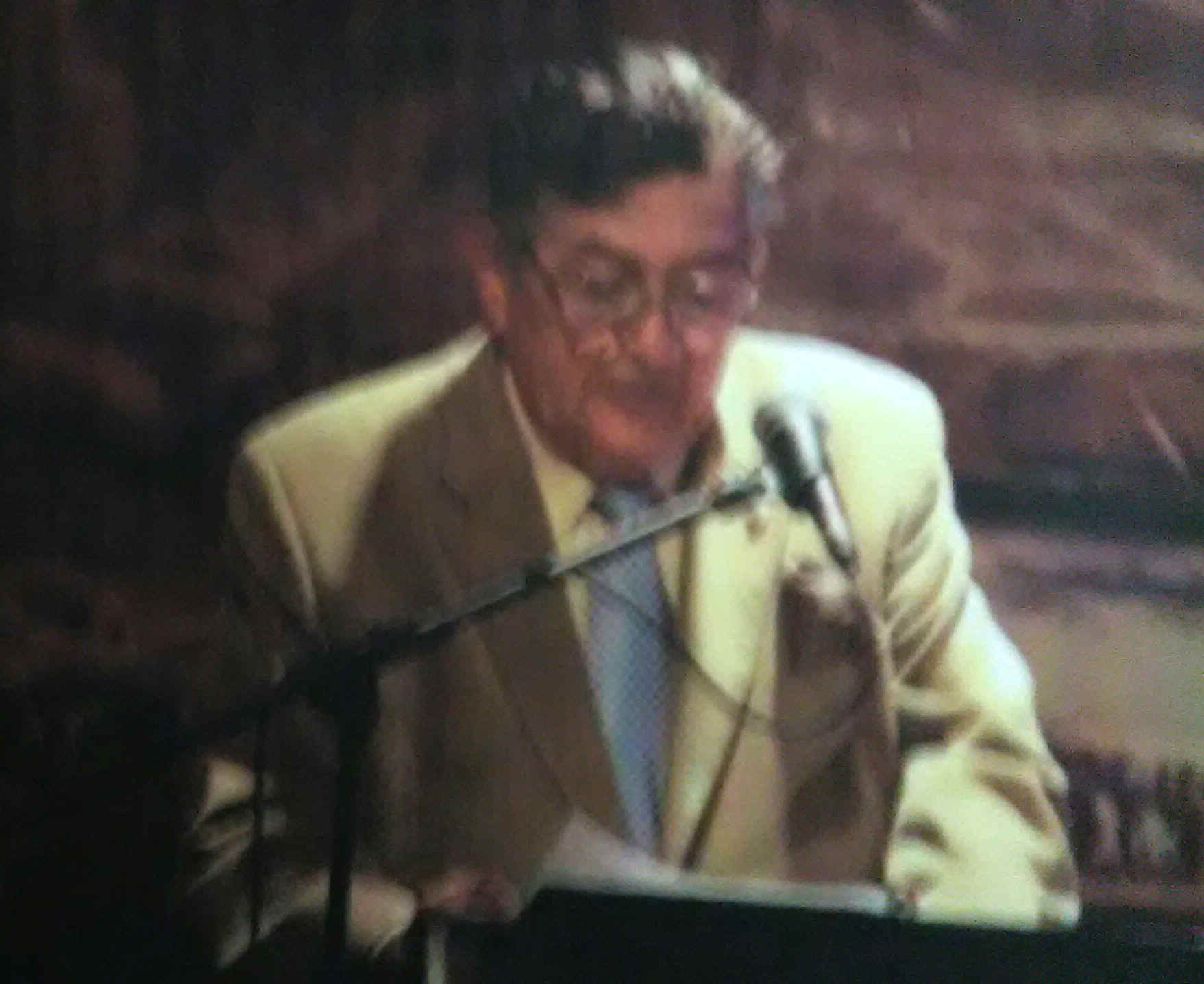
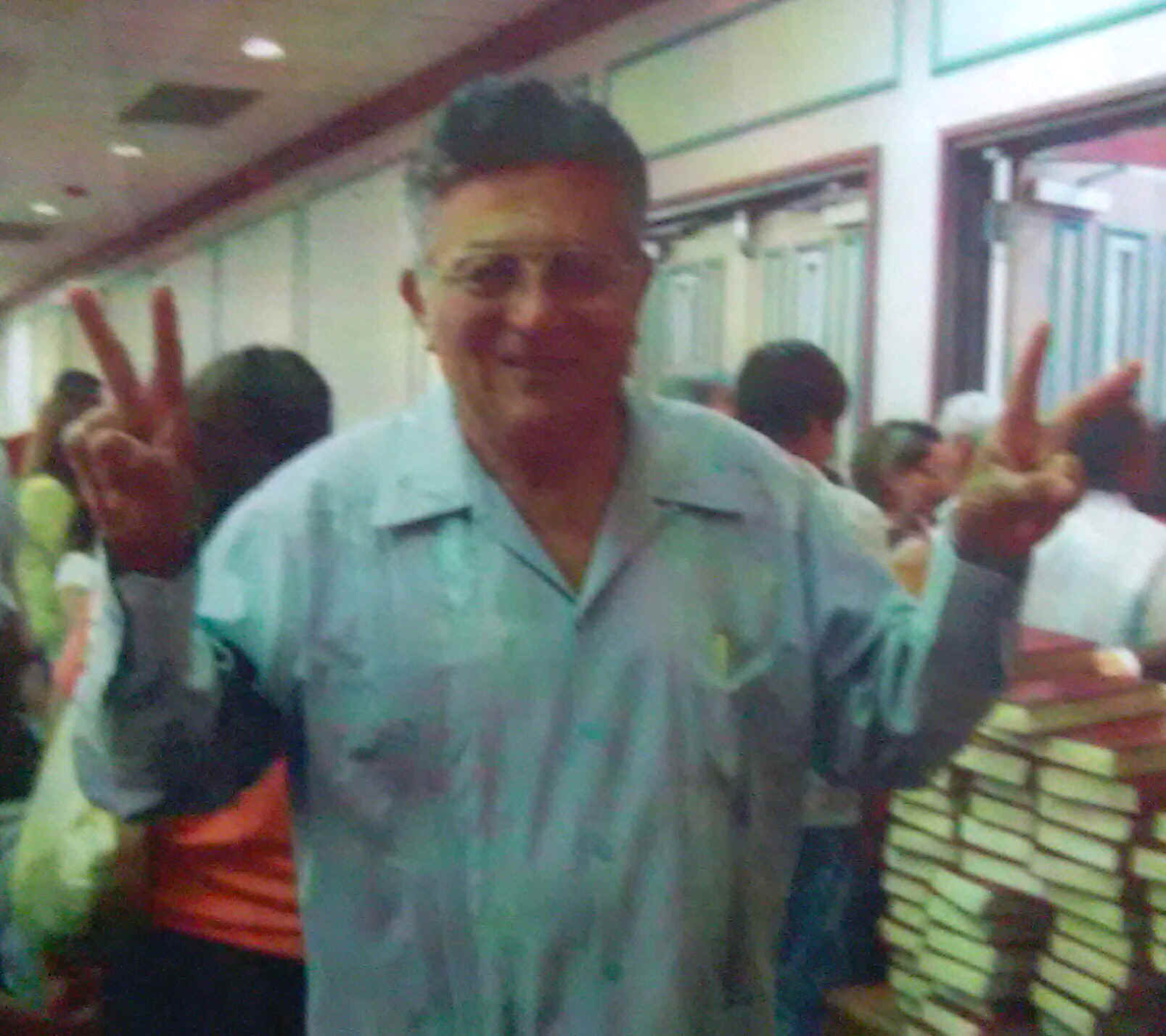
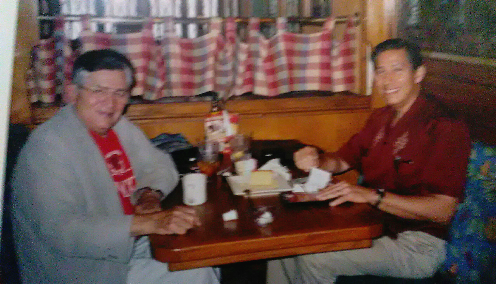
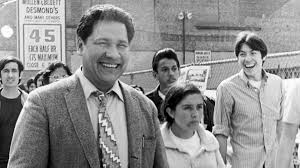

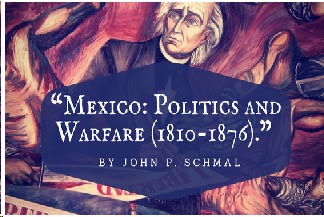
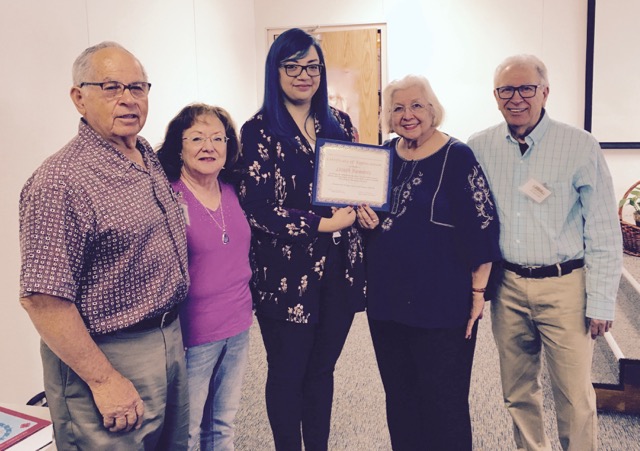
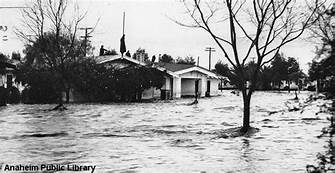
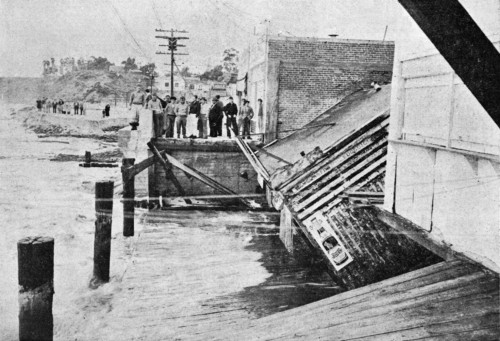
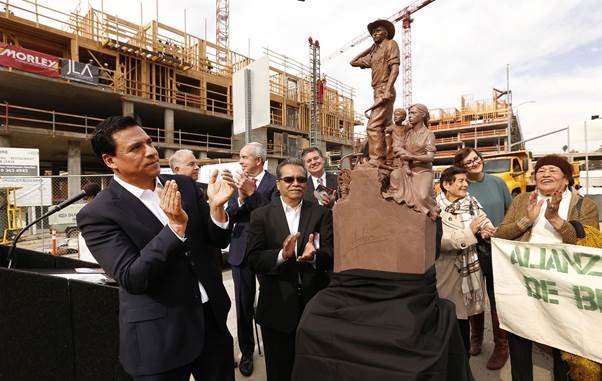

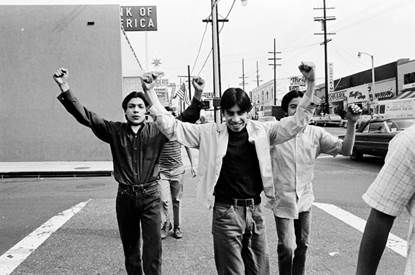
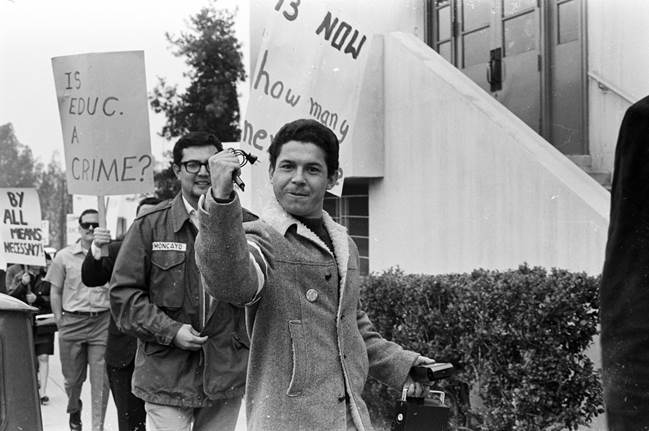
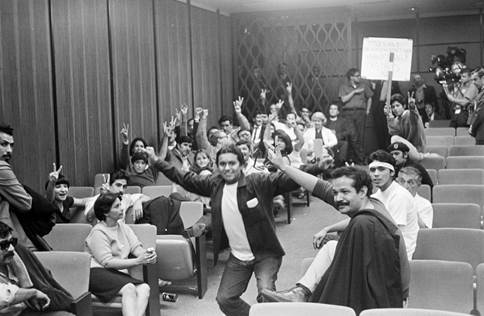
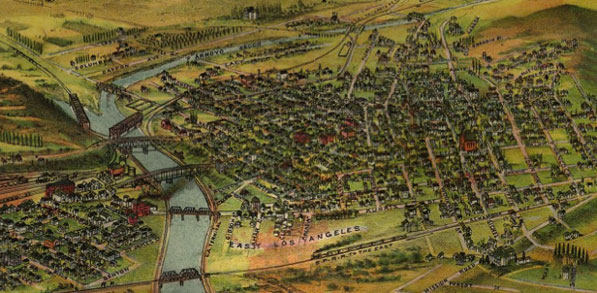
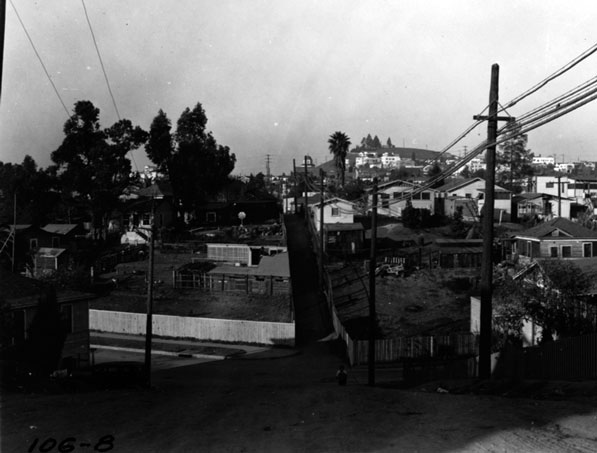
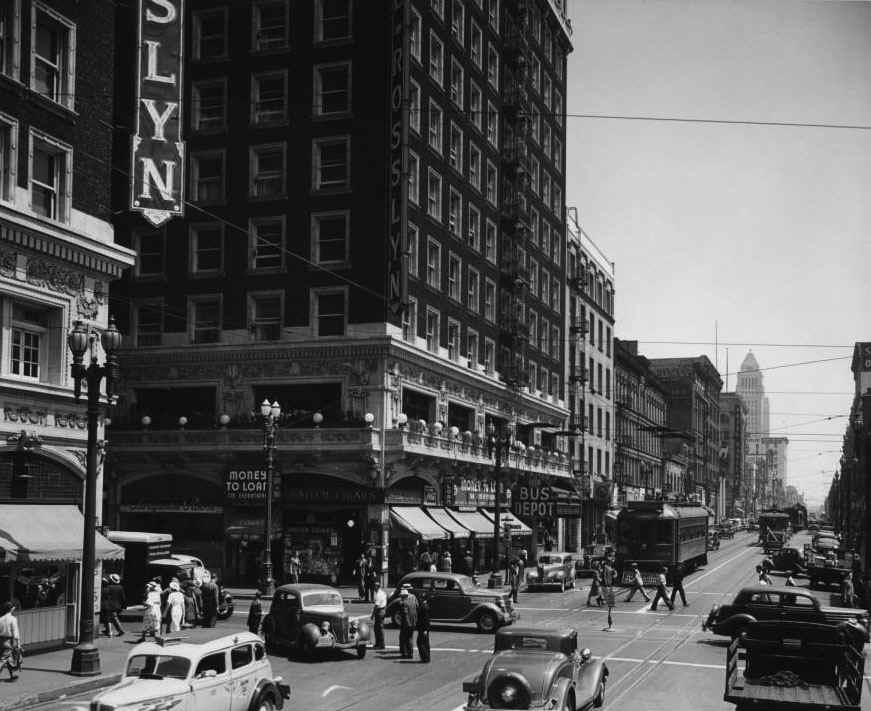


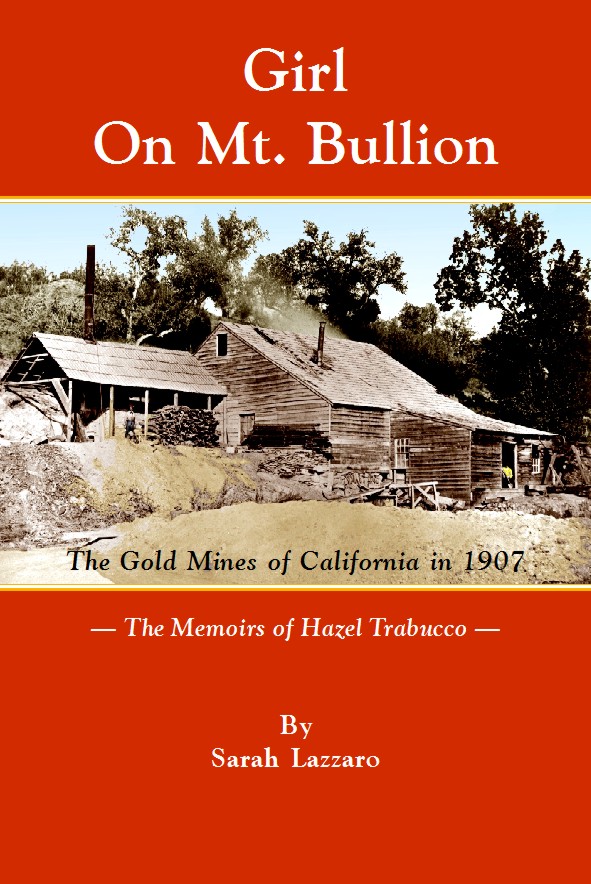
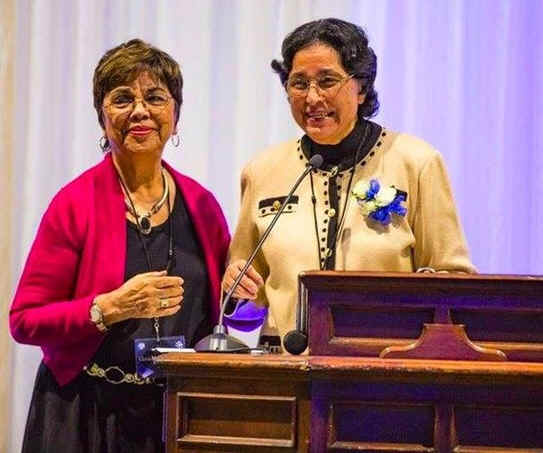
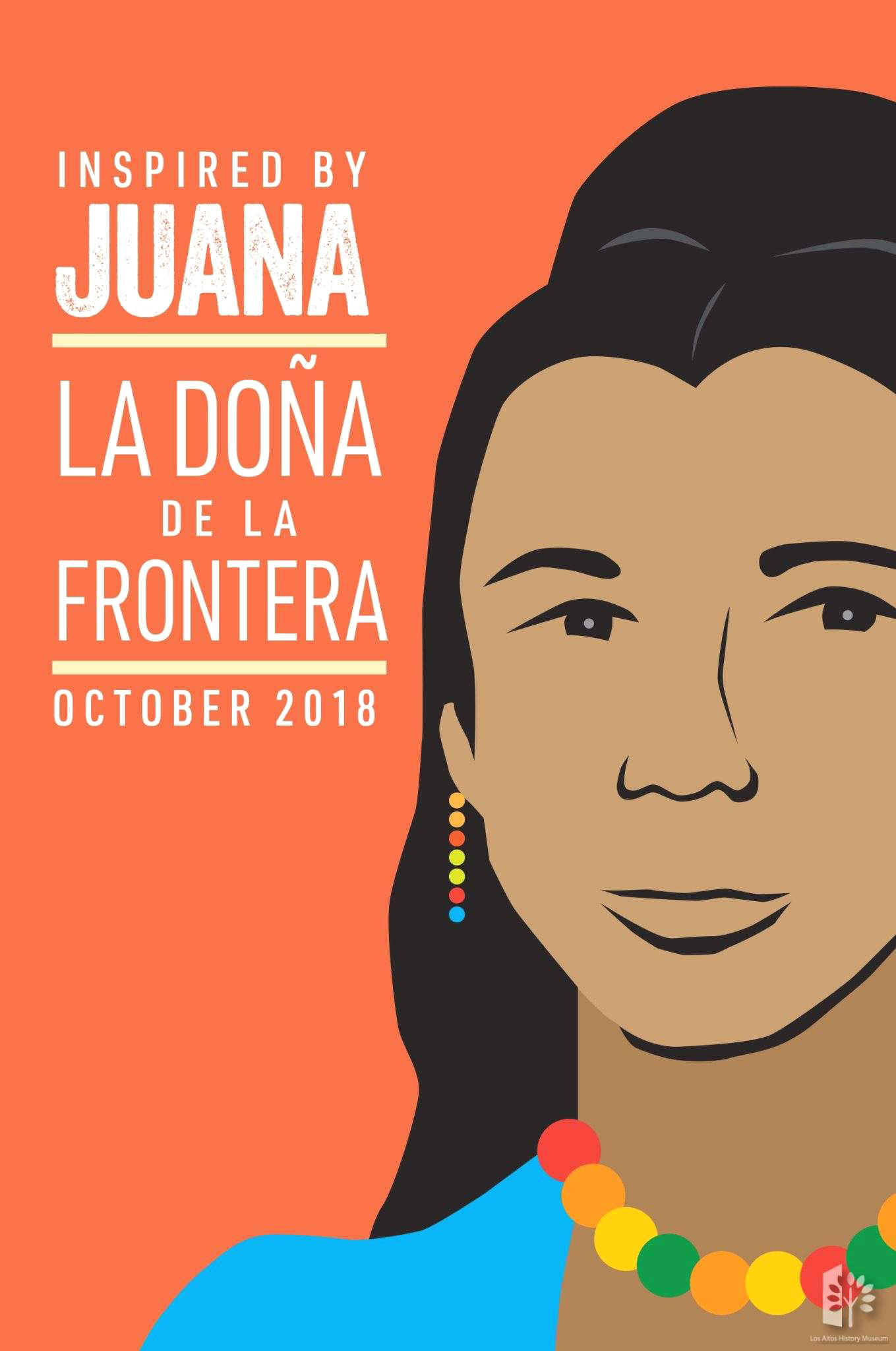
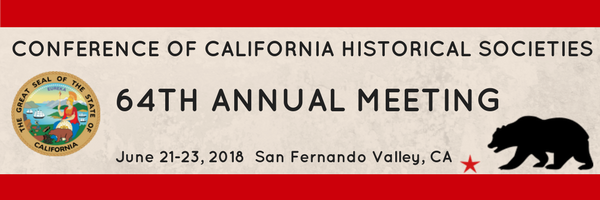
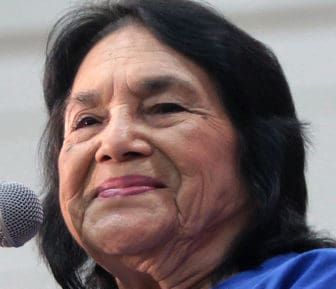
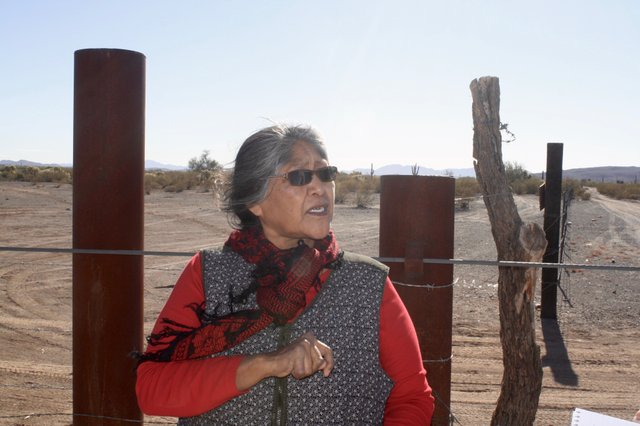
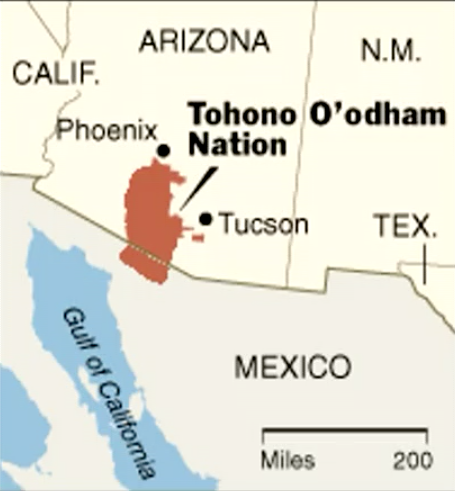
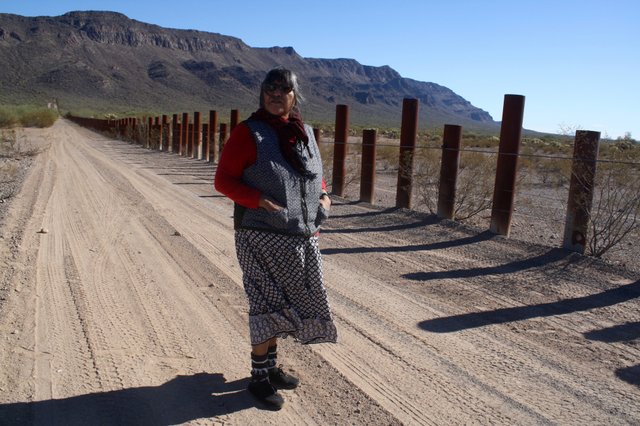
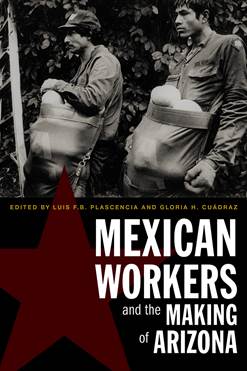
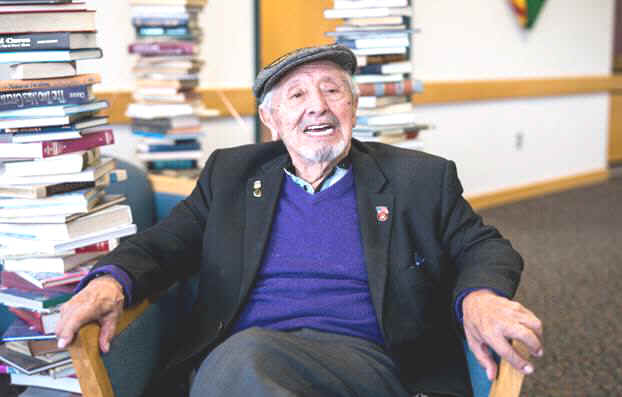
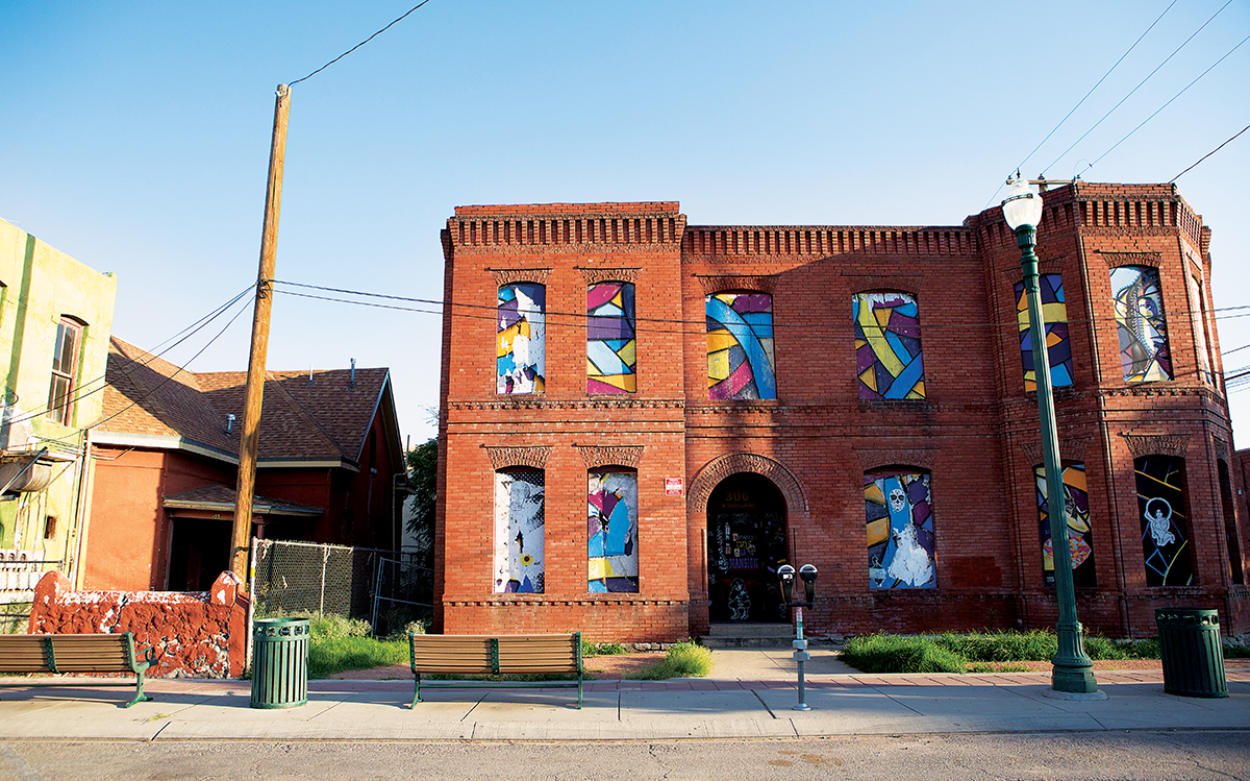
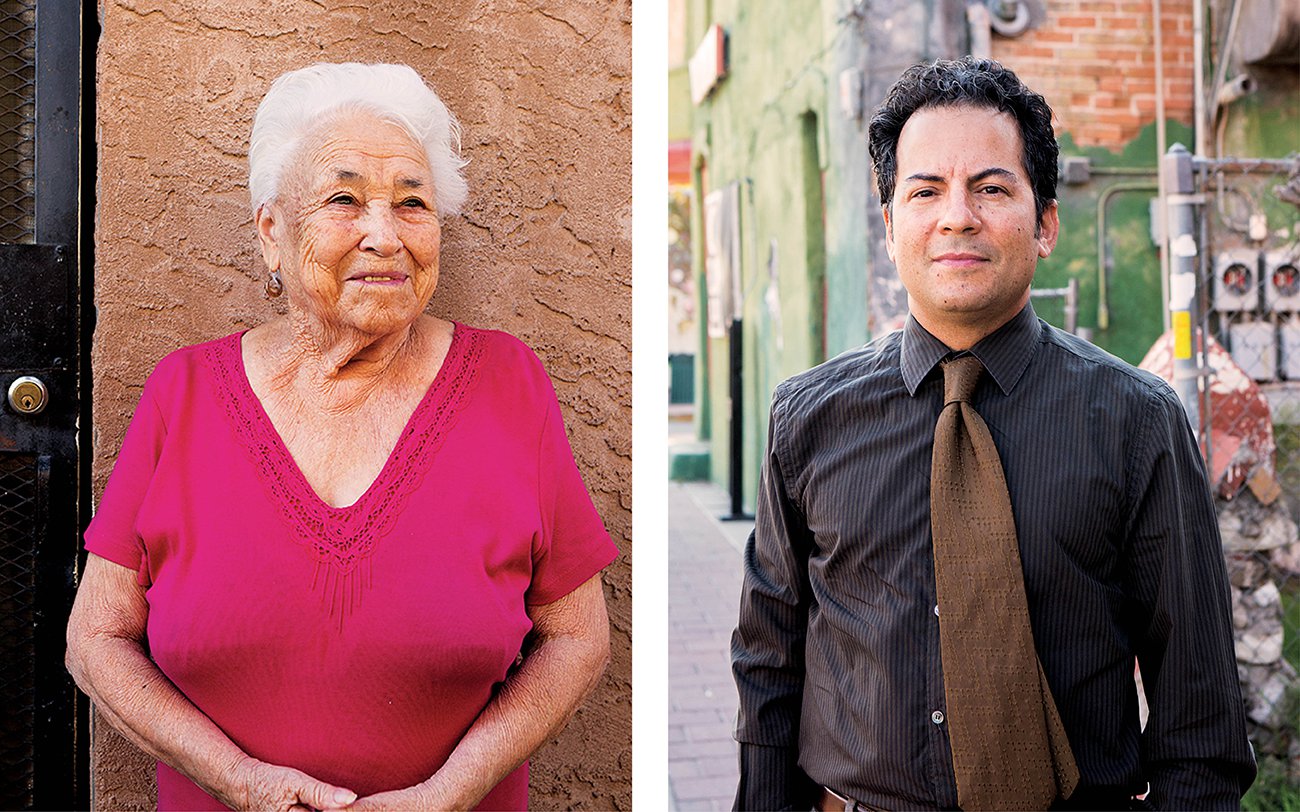
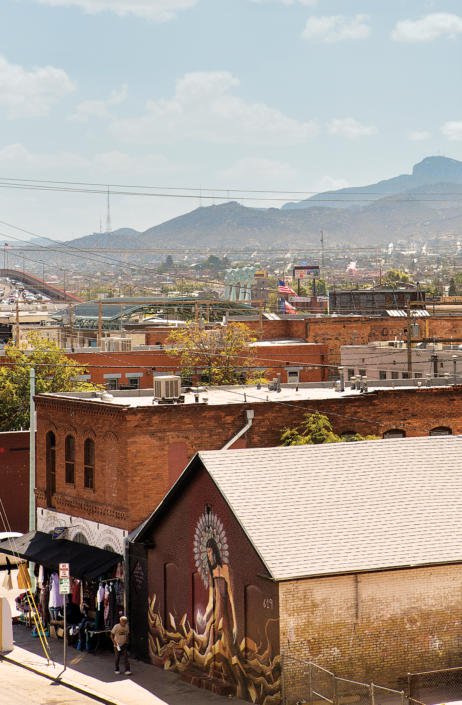
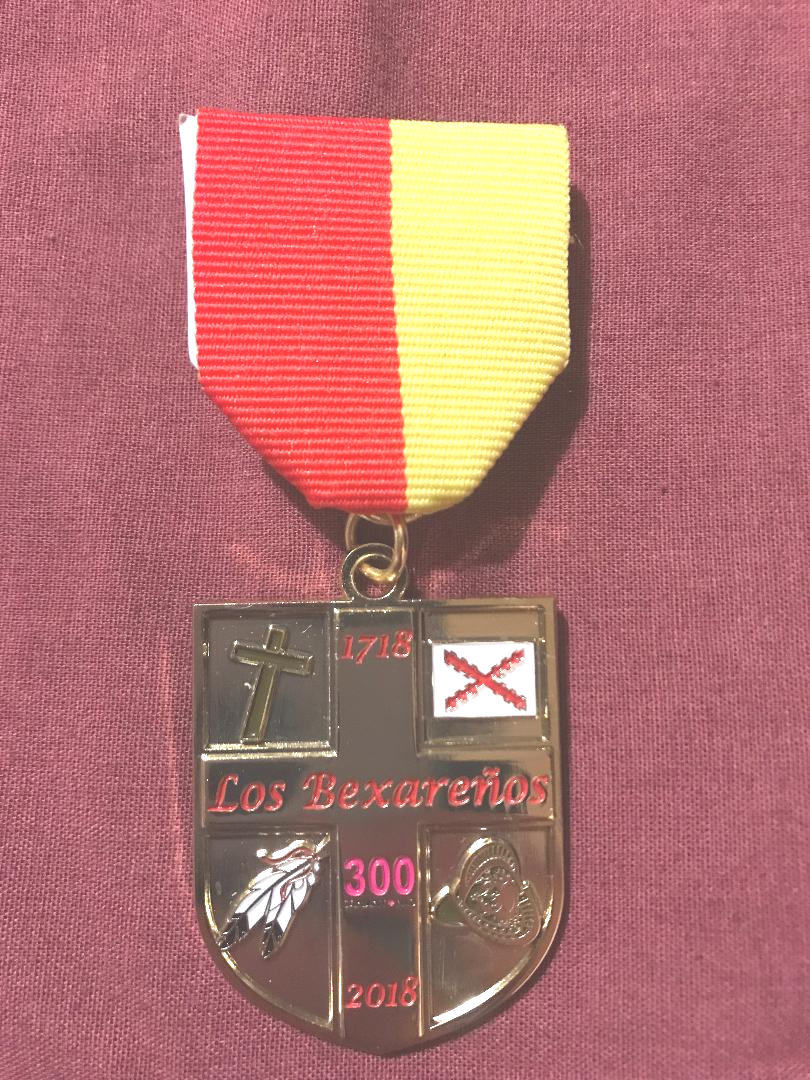
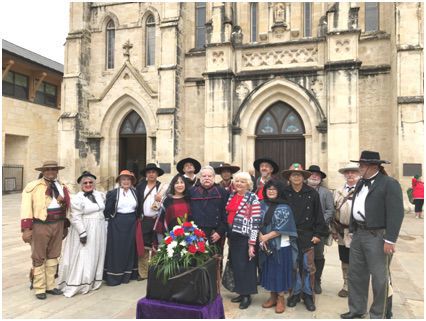


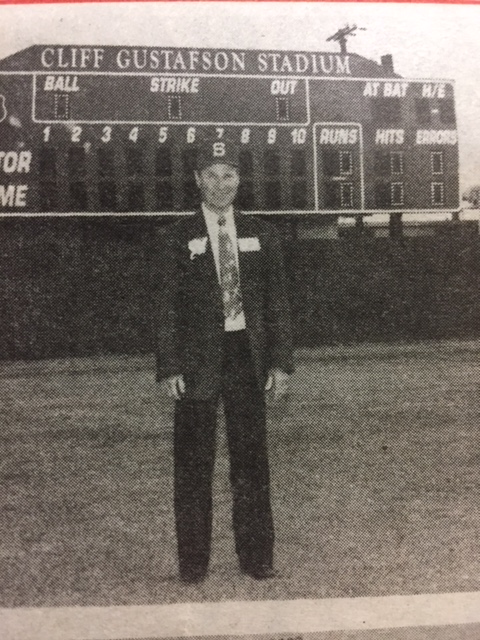

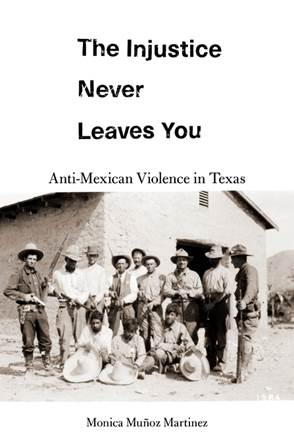
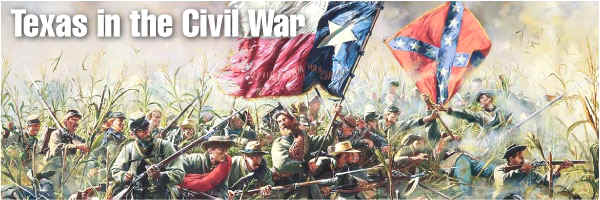
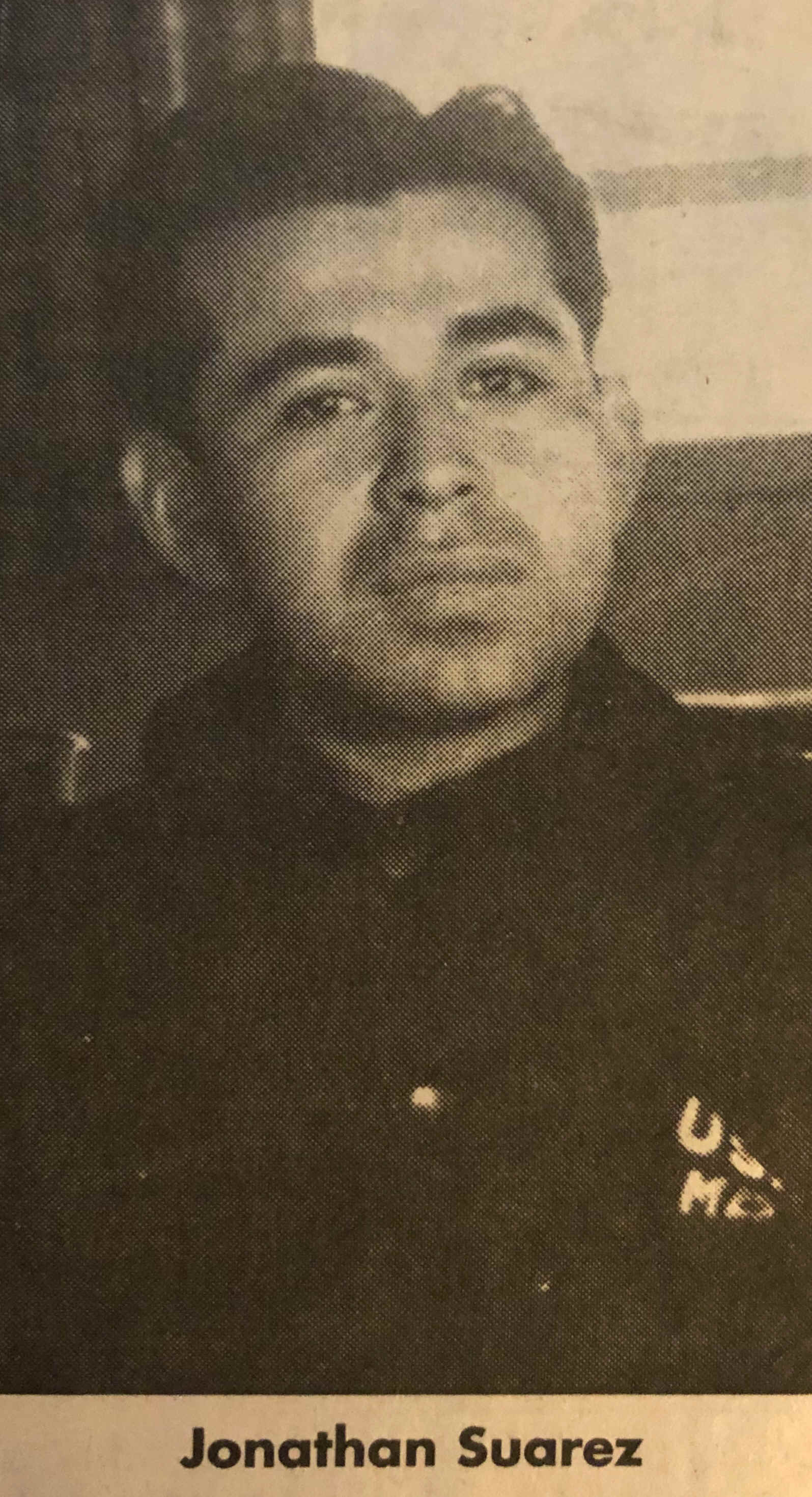
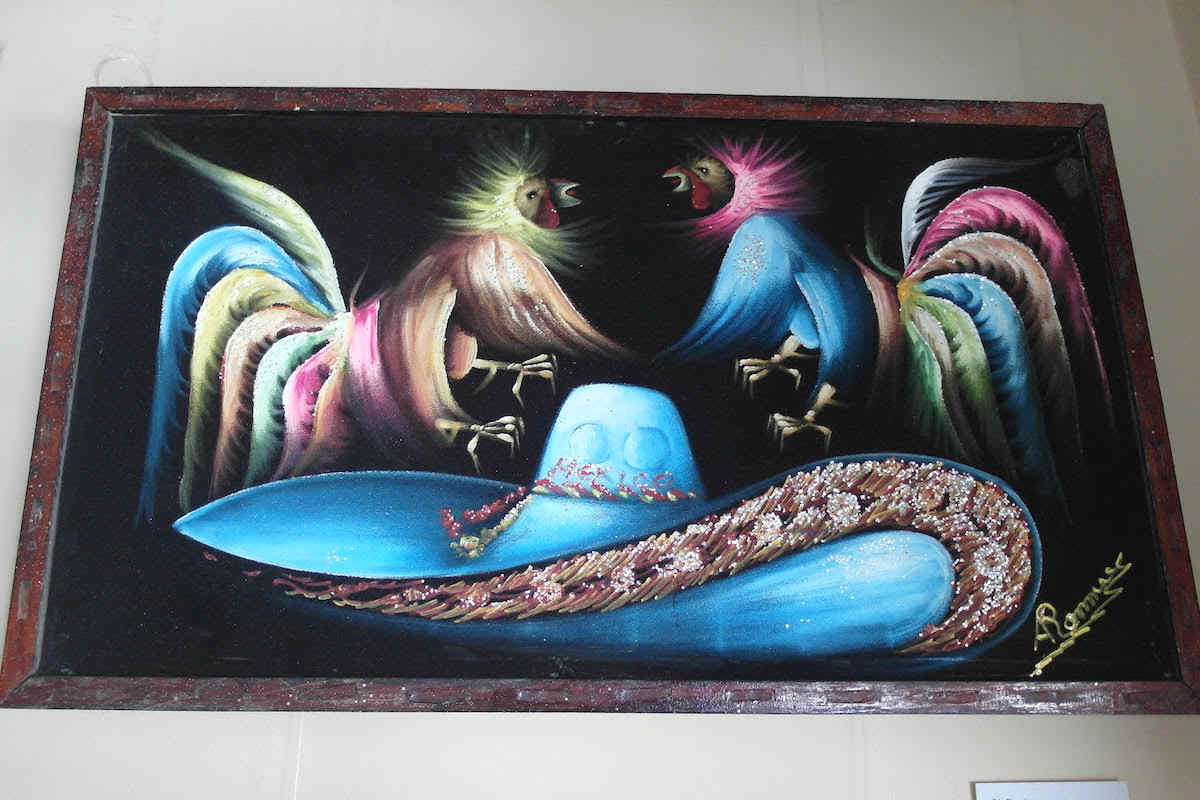
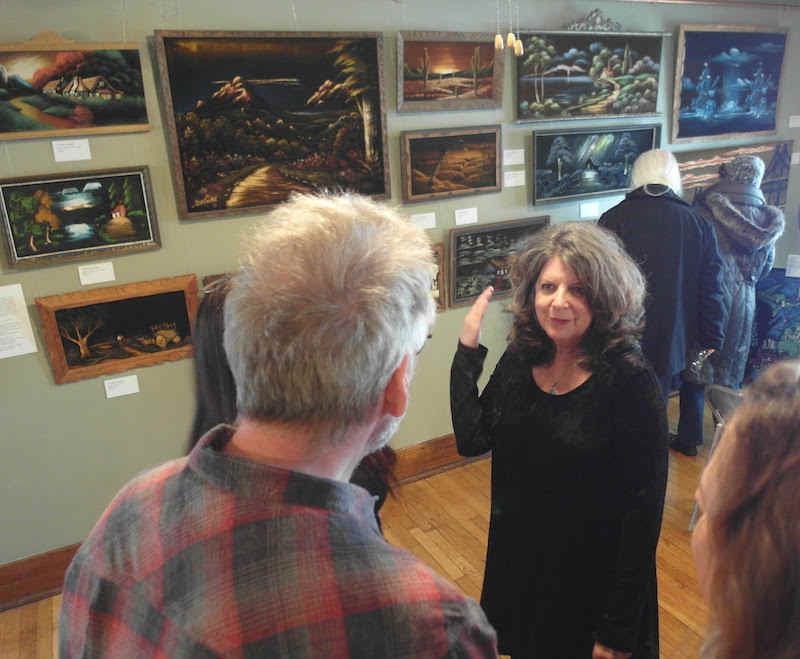
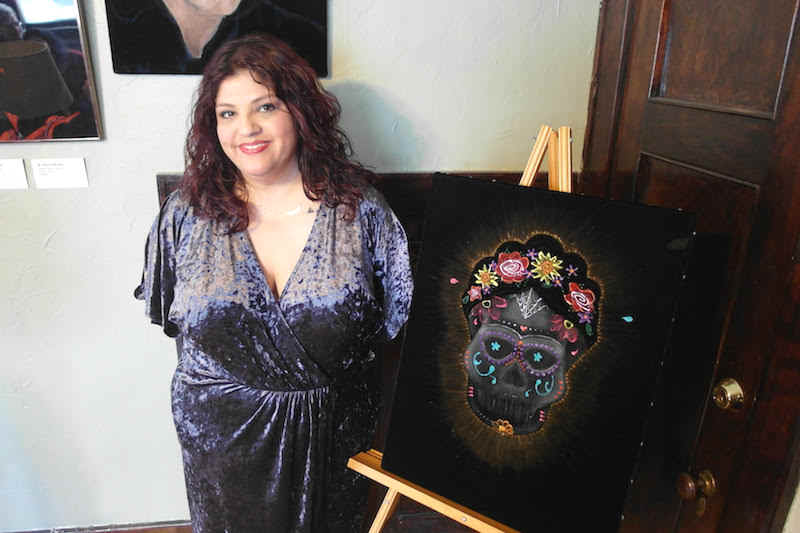
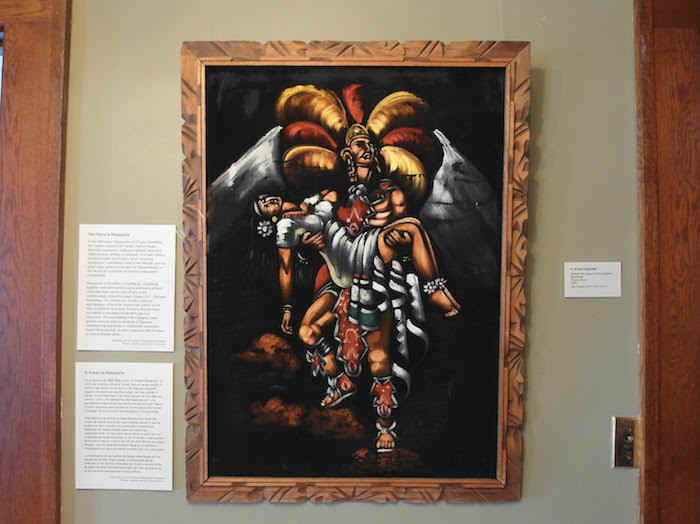
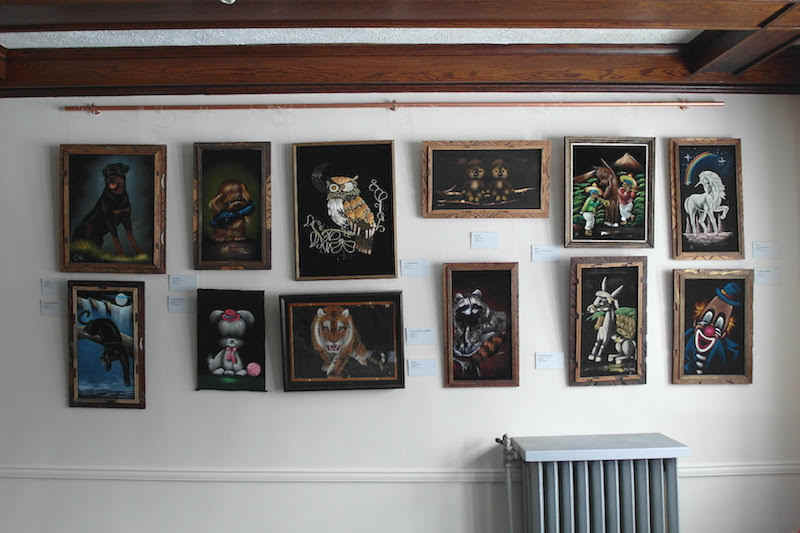
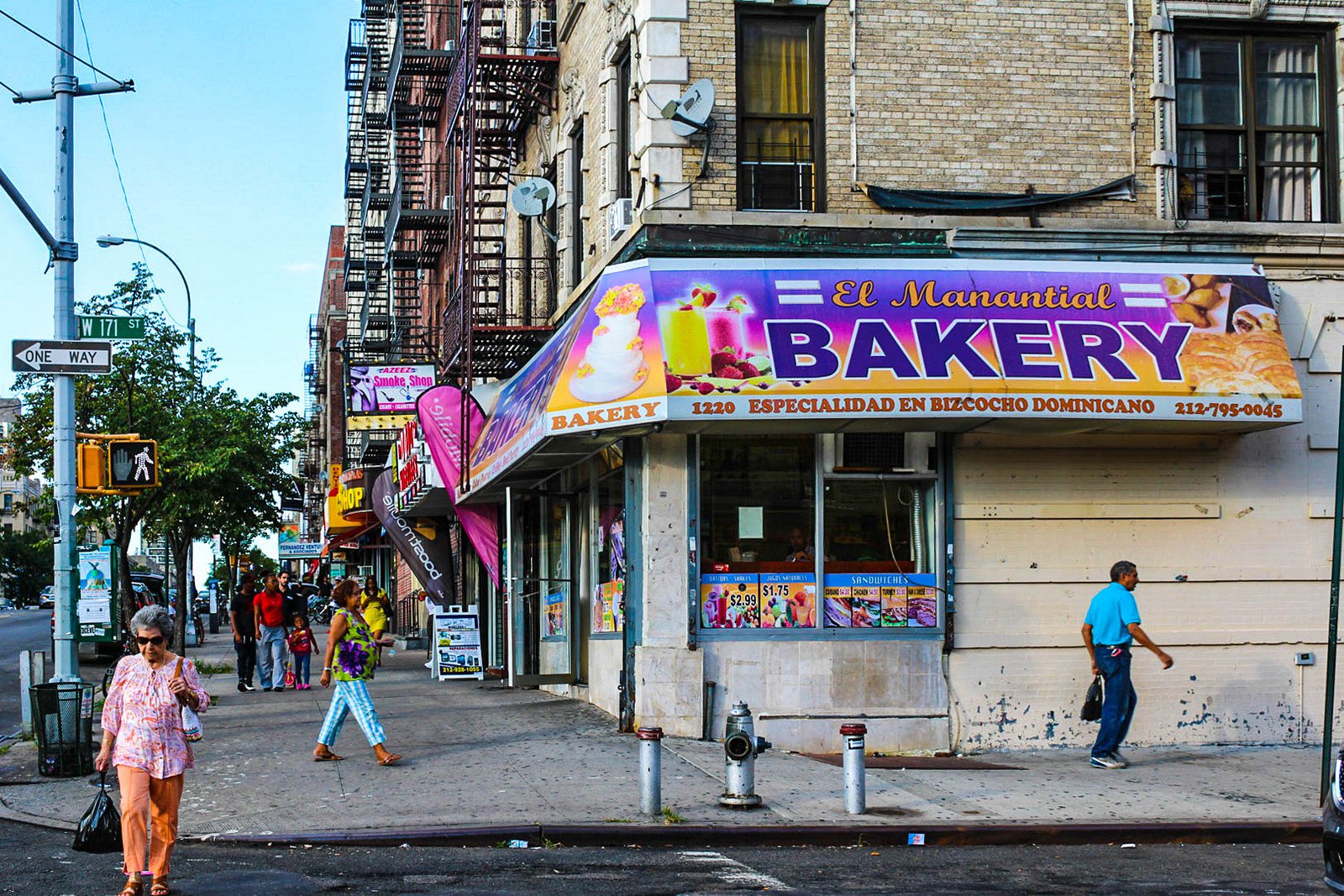
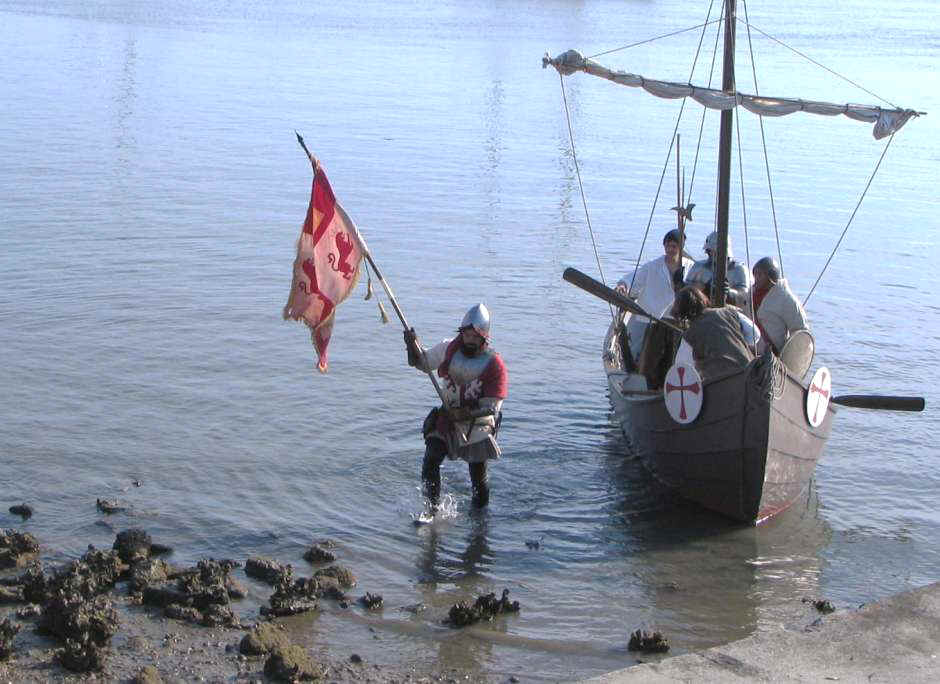
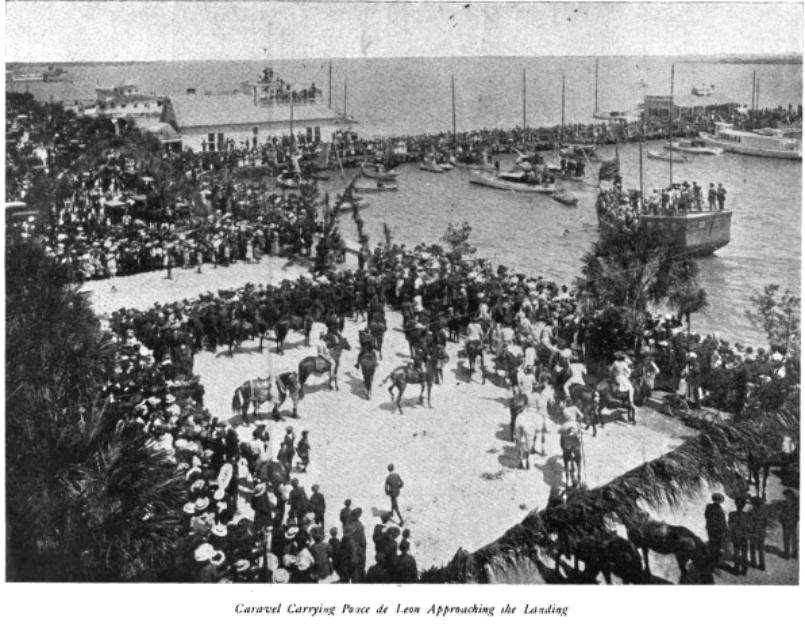
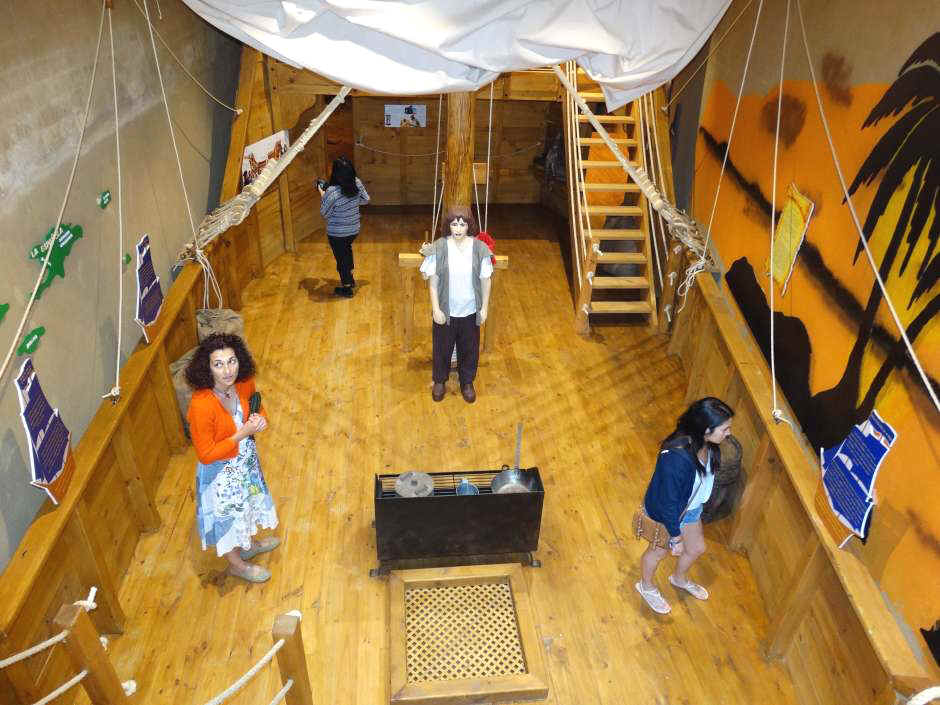


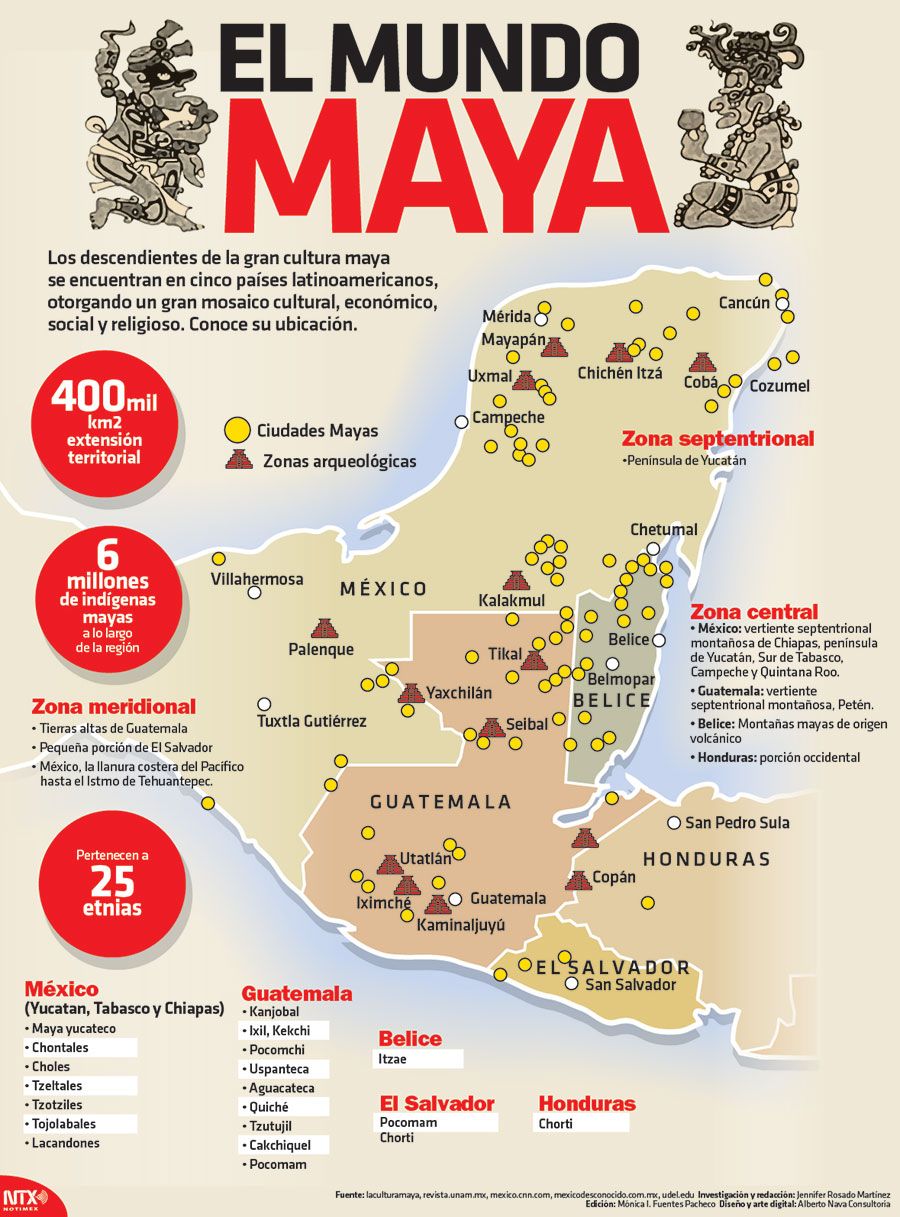
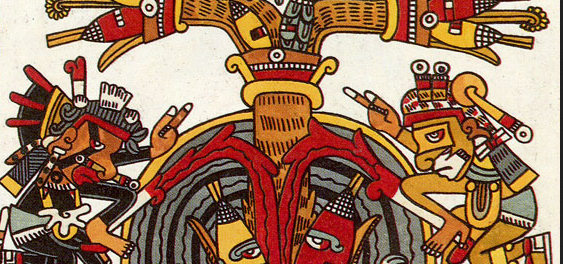

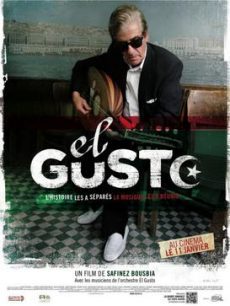
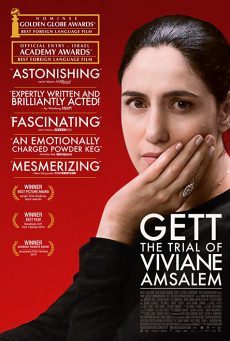
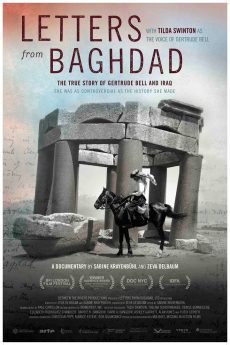

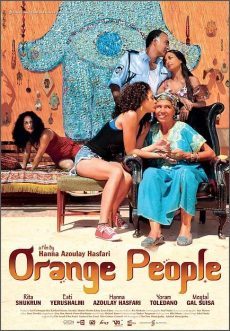

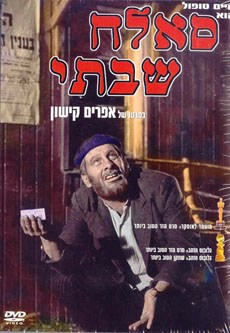
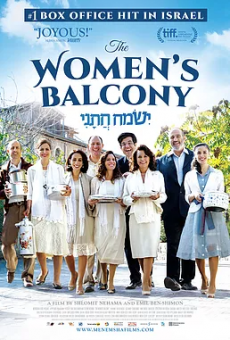
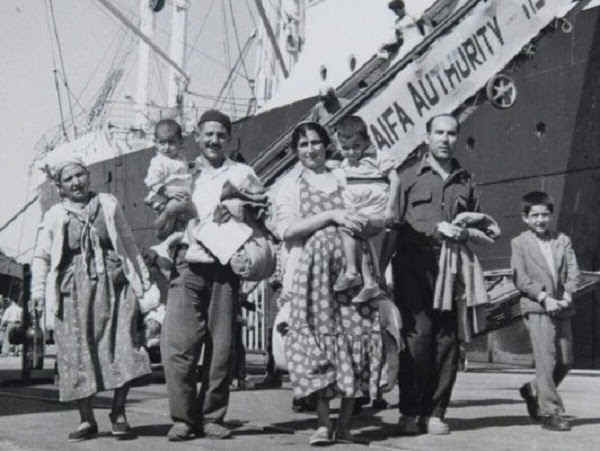
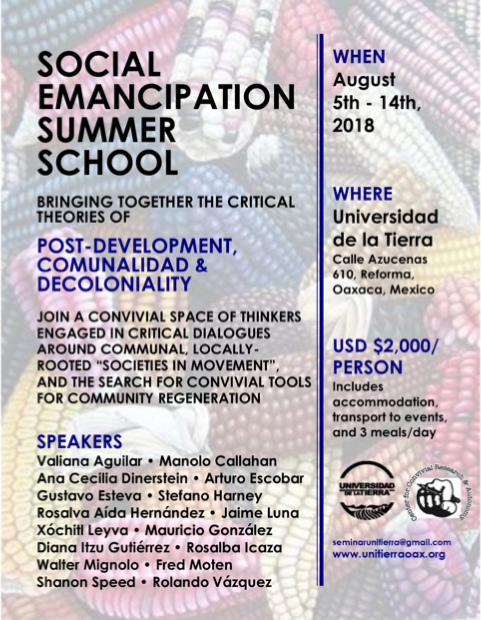
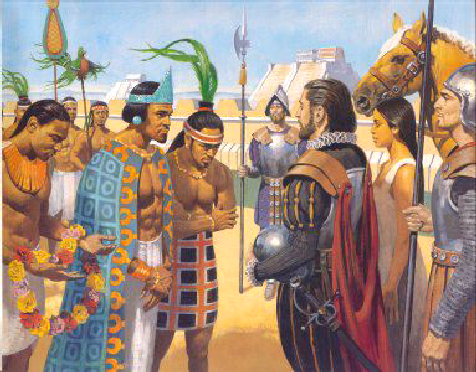
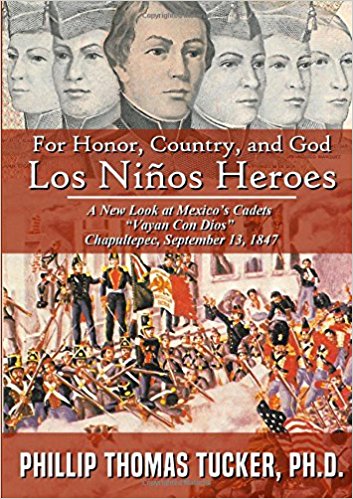
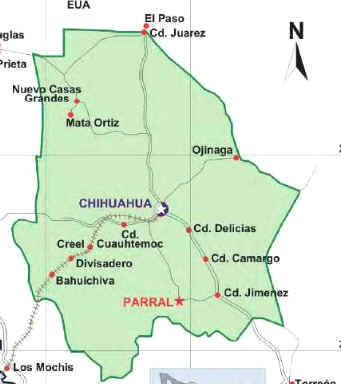

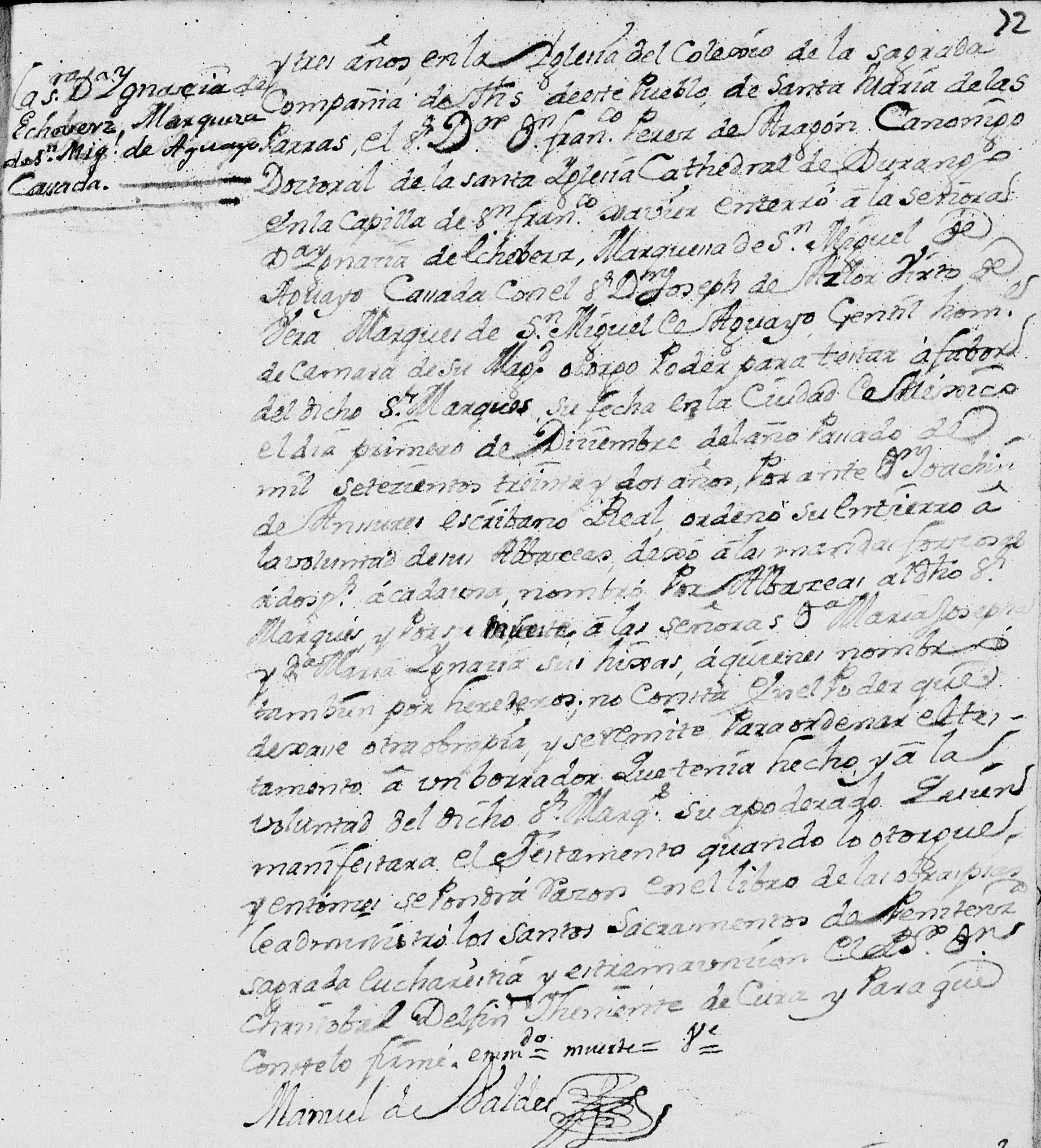
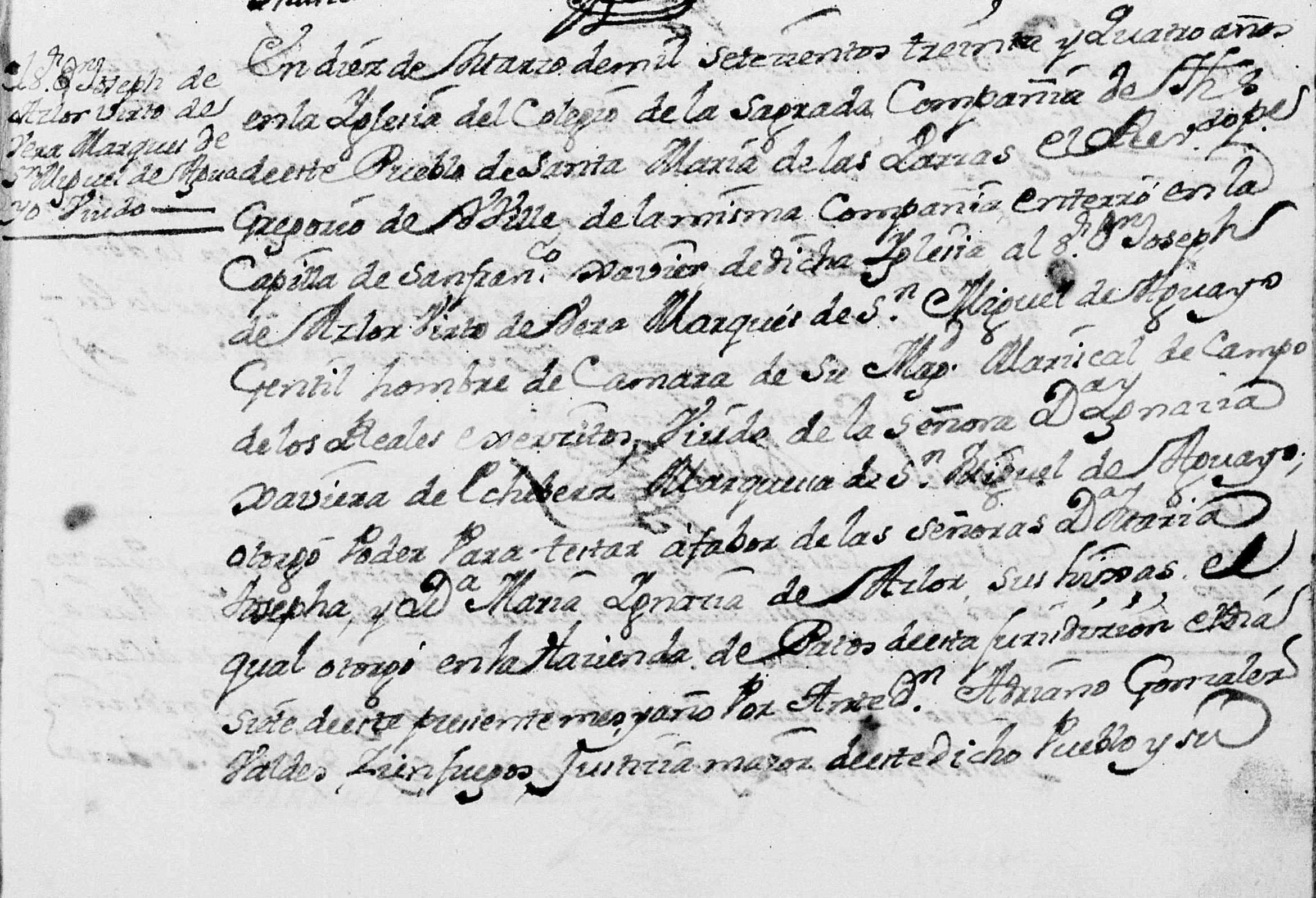
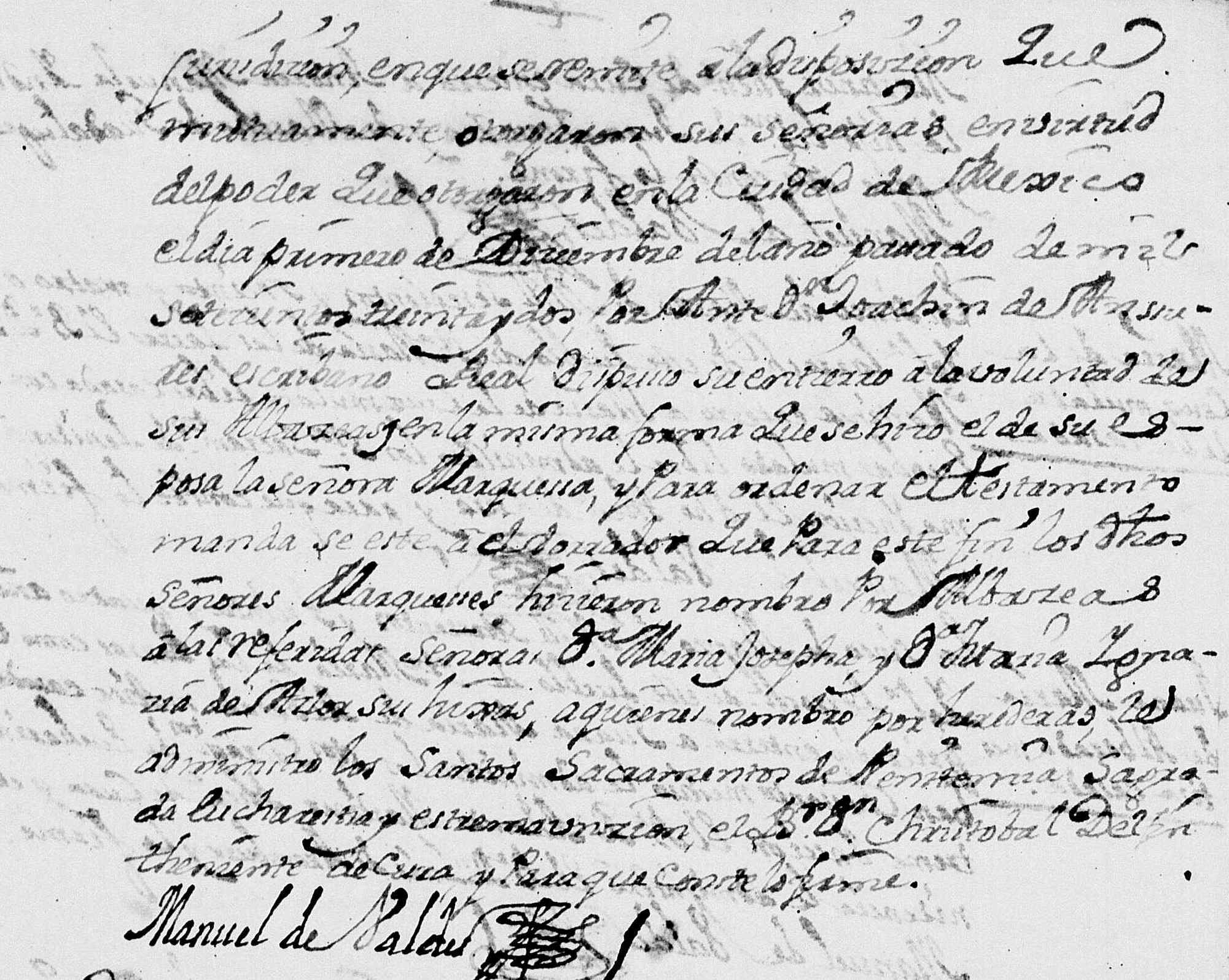
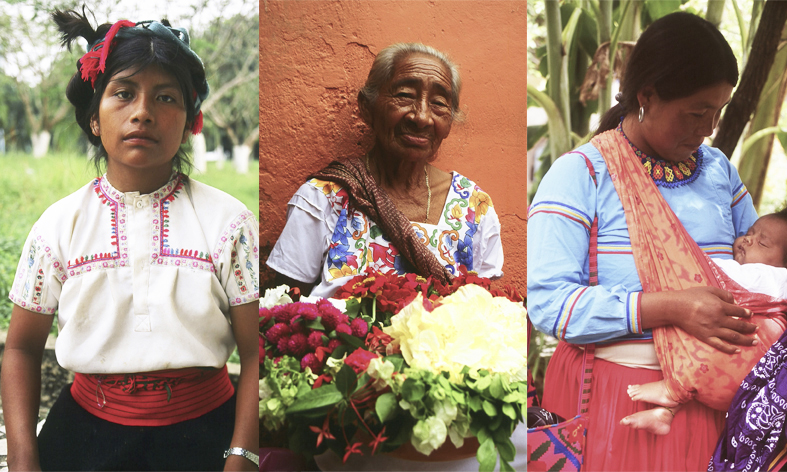
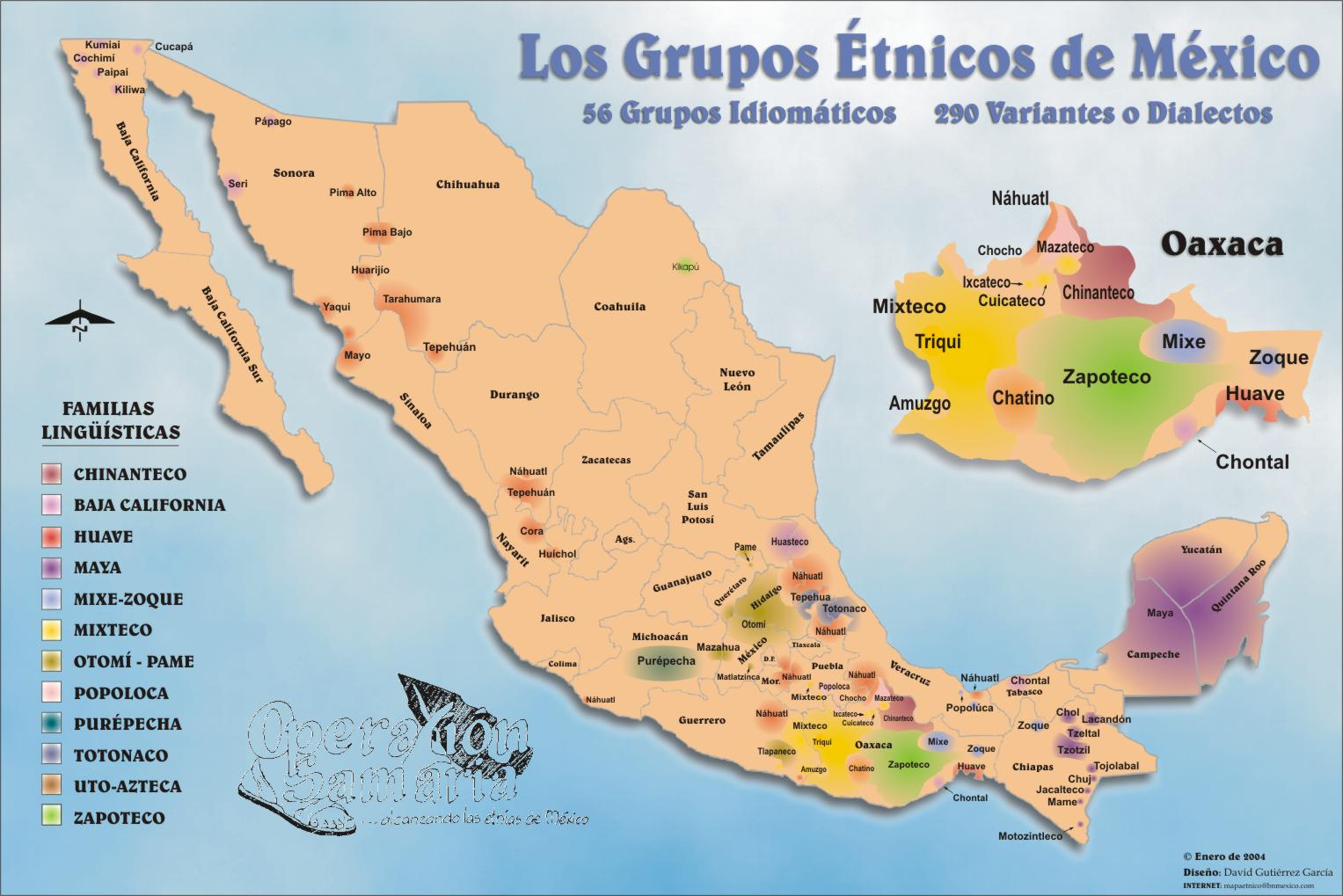

 Plano
del Fuerte de San Agustín
Plano
del Fuerte de San Agustín 

